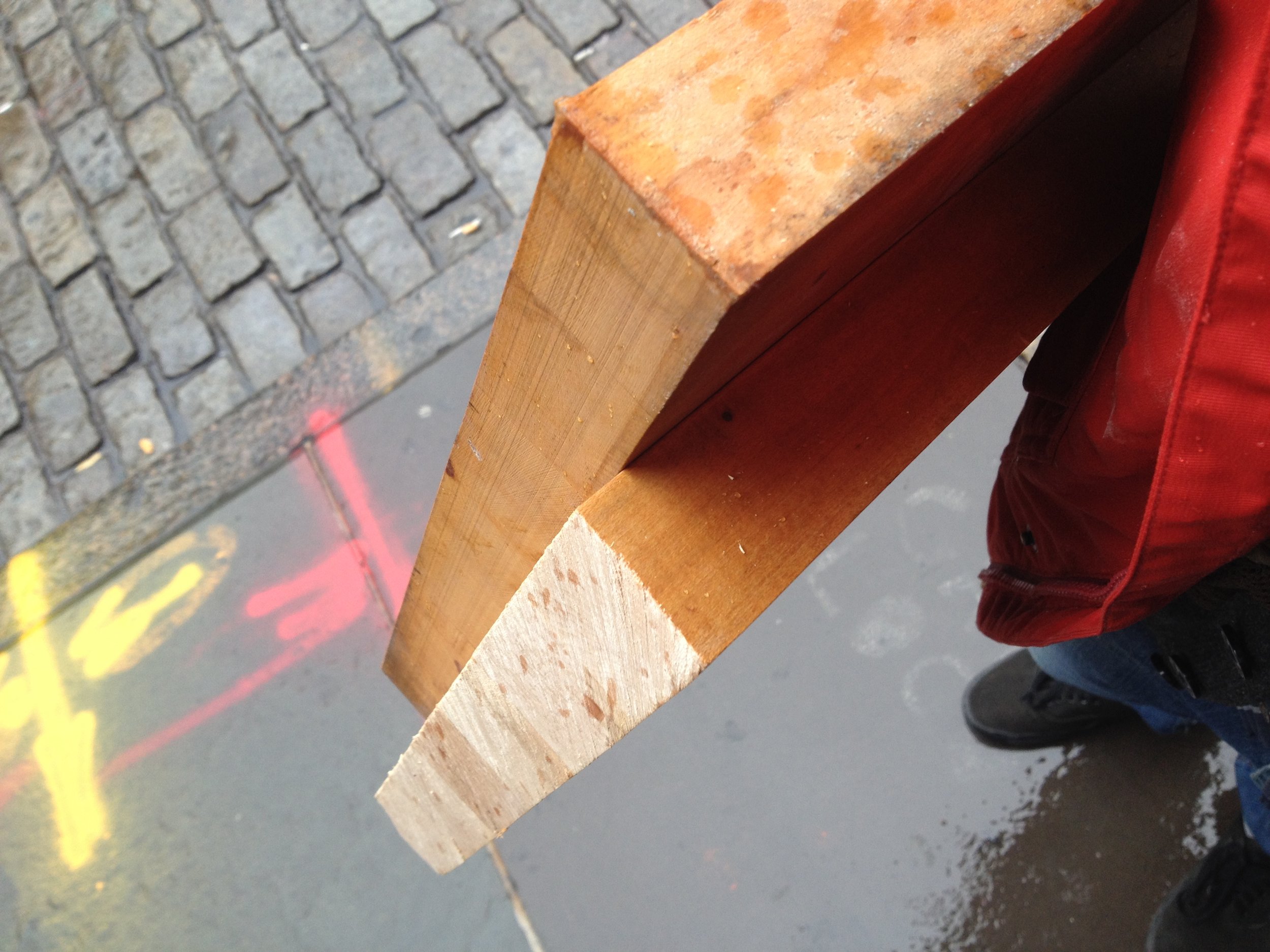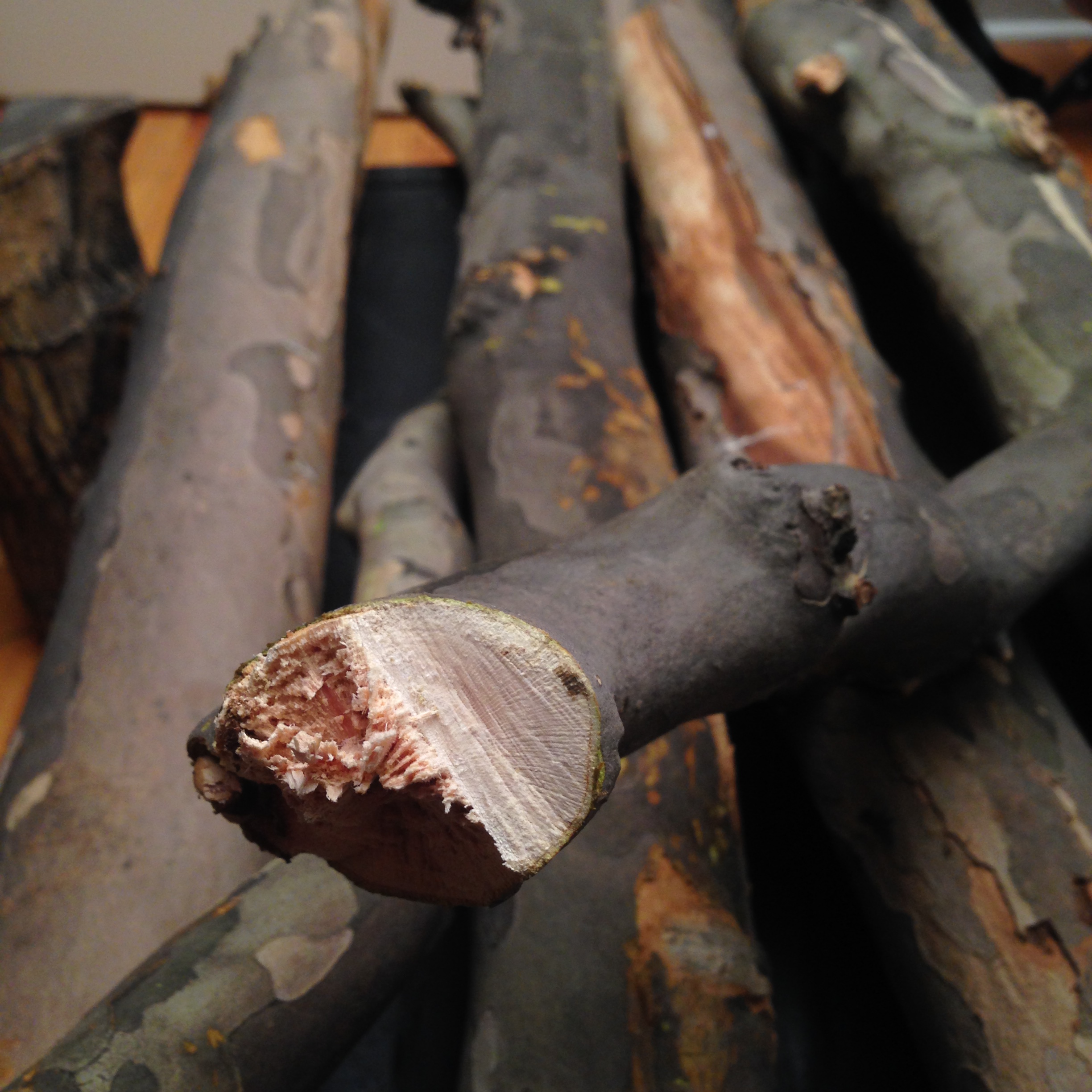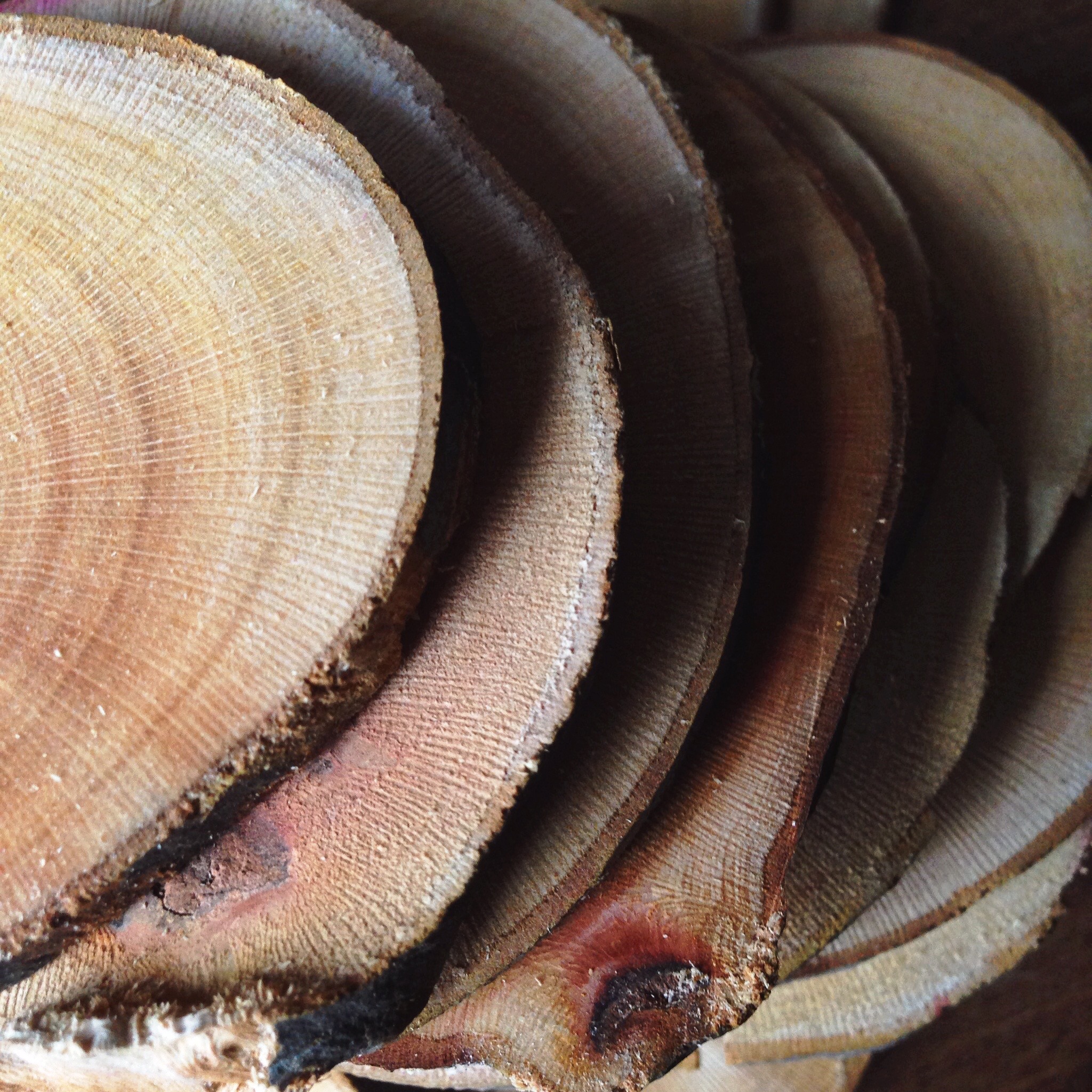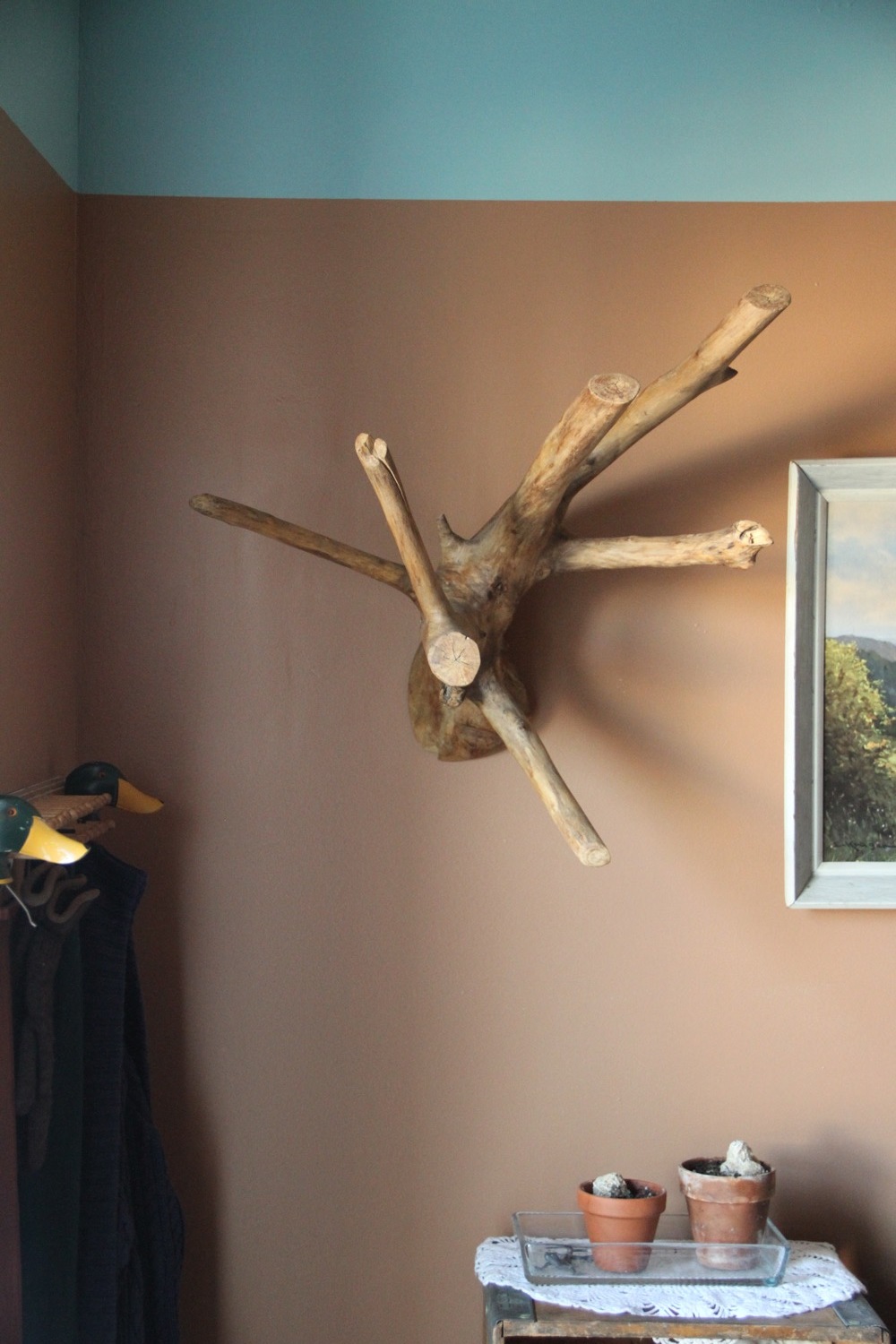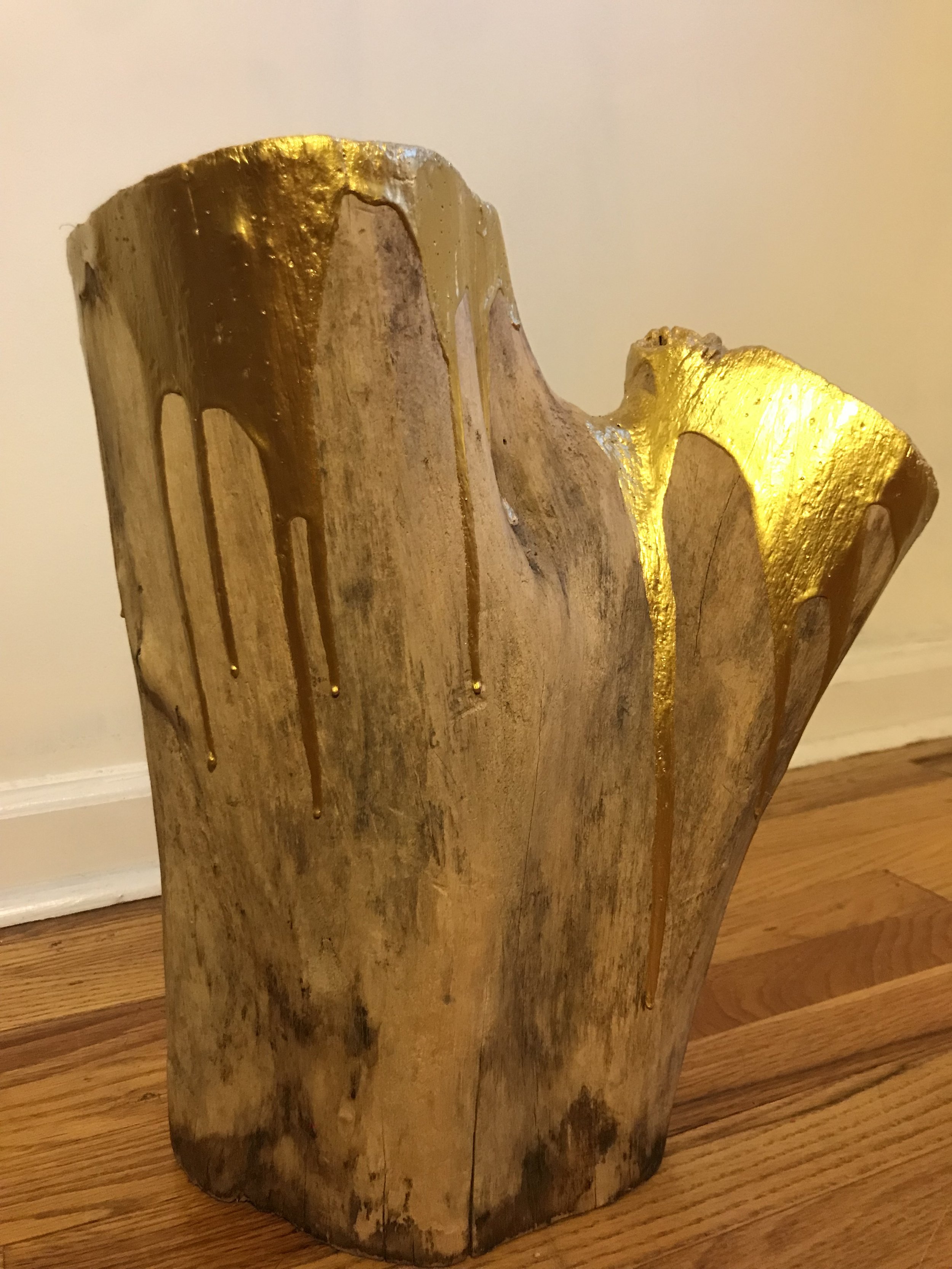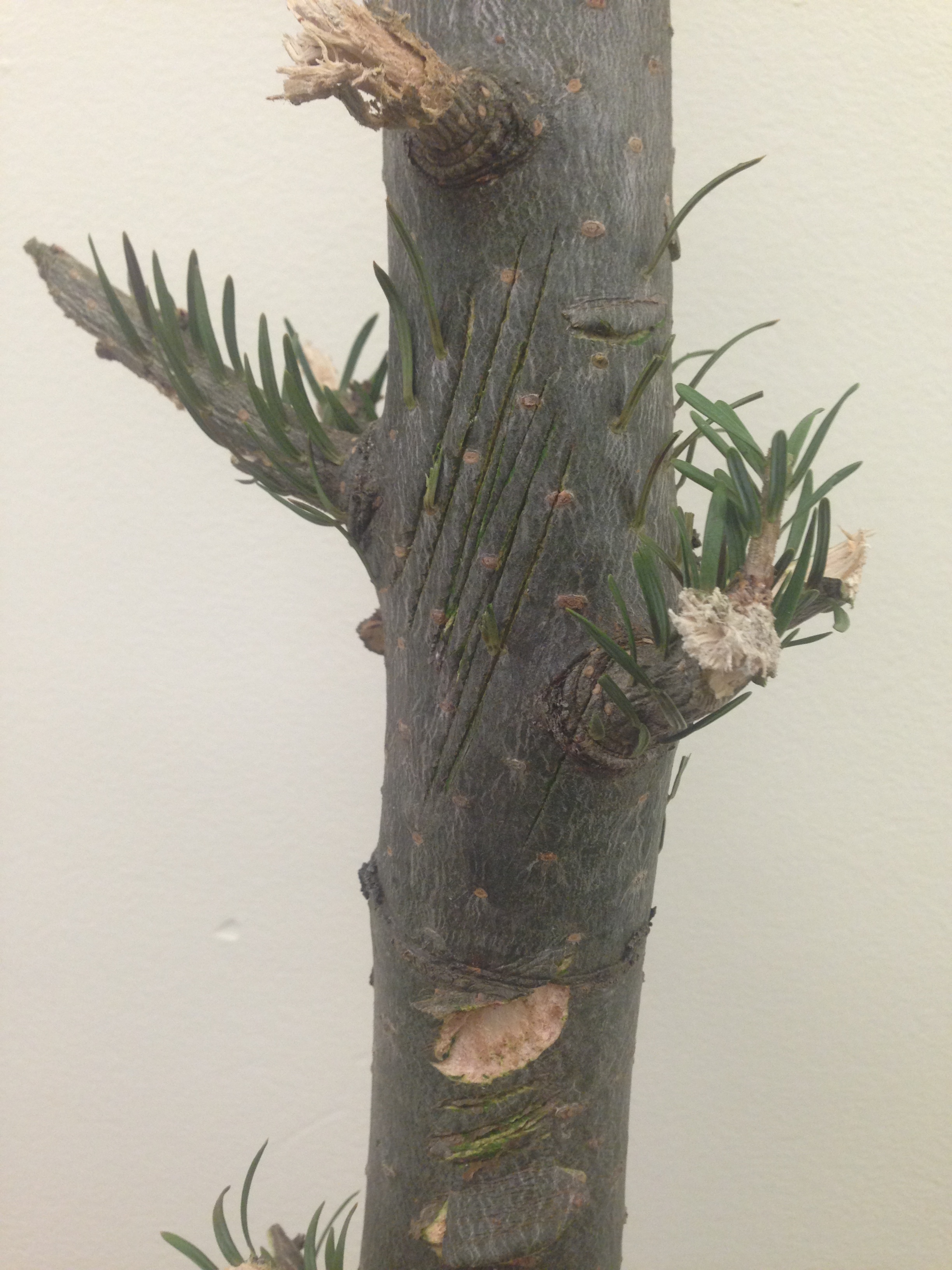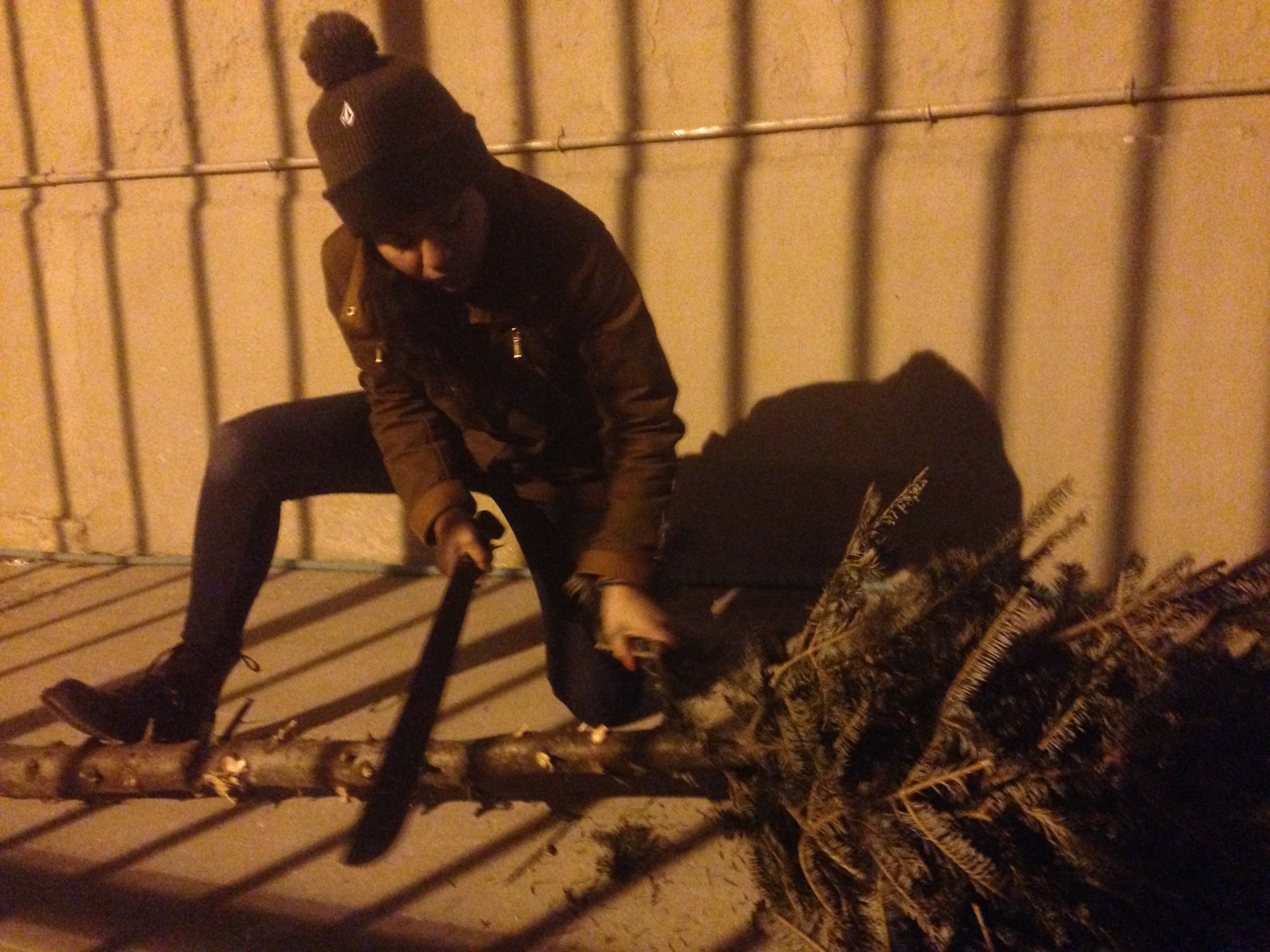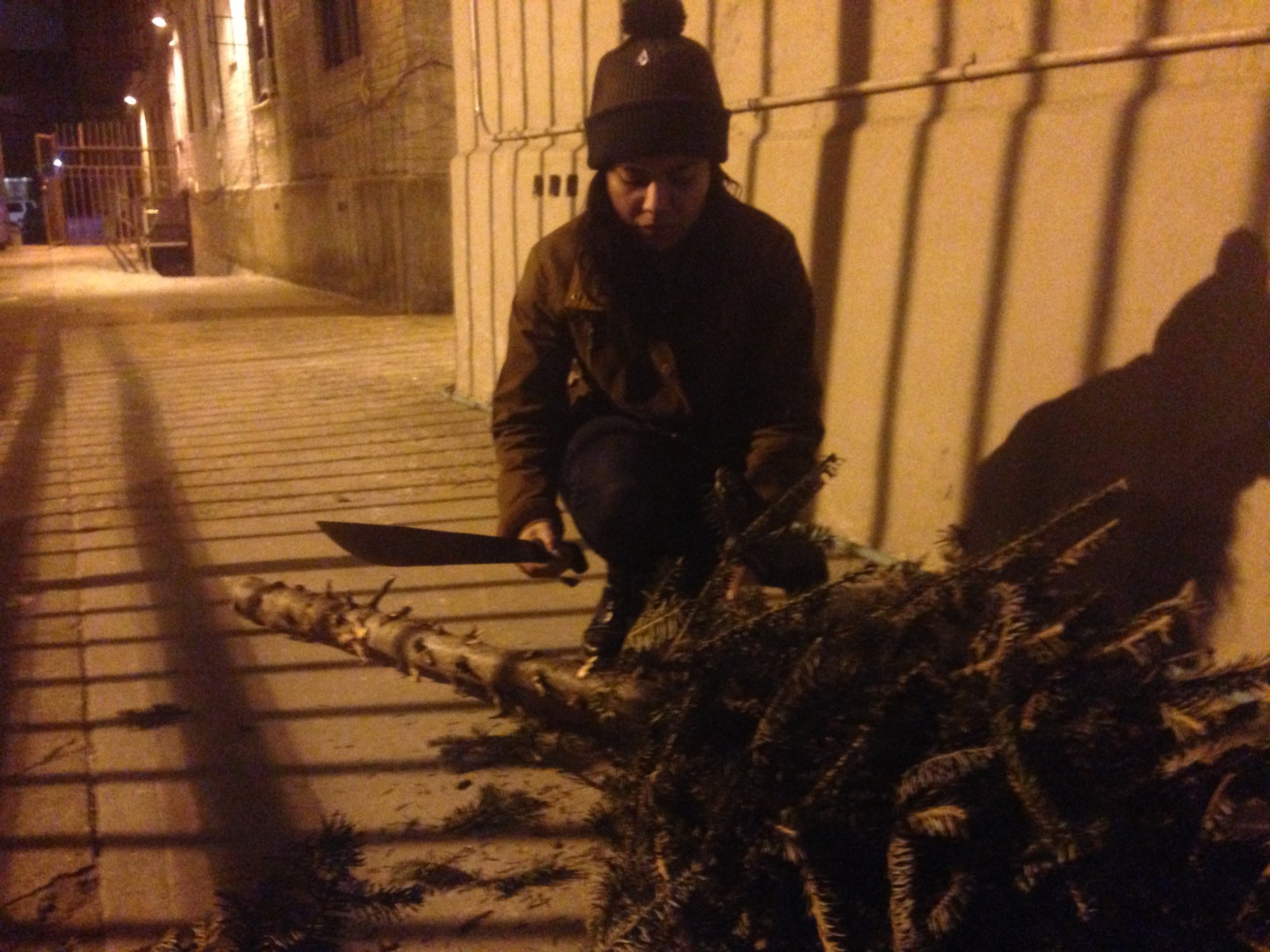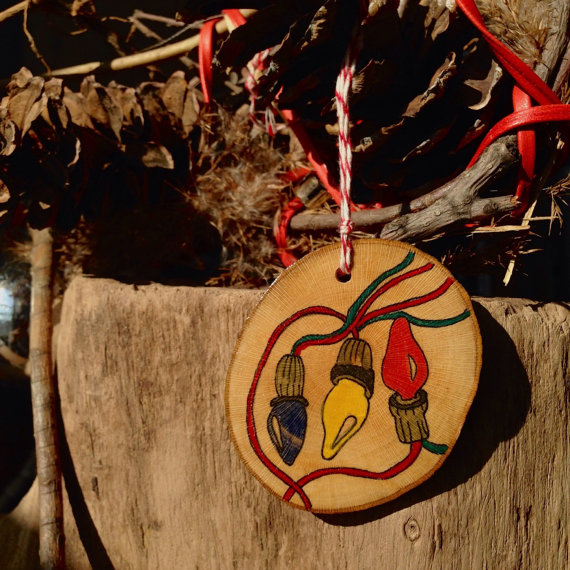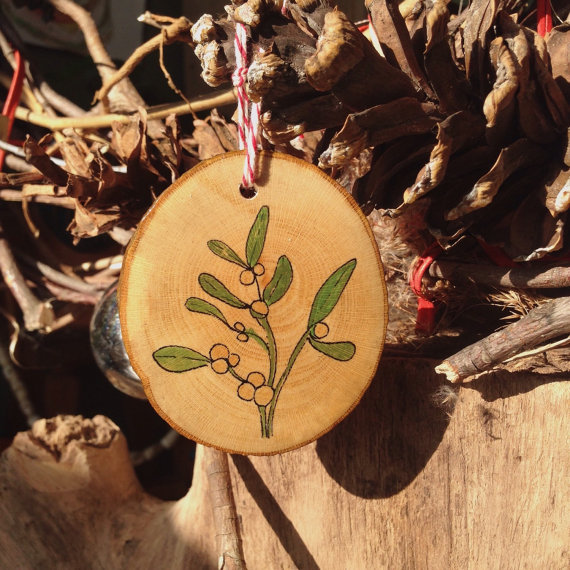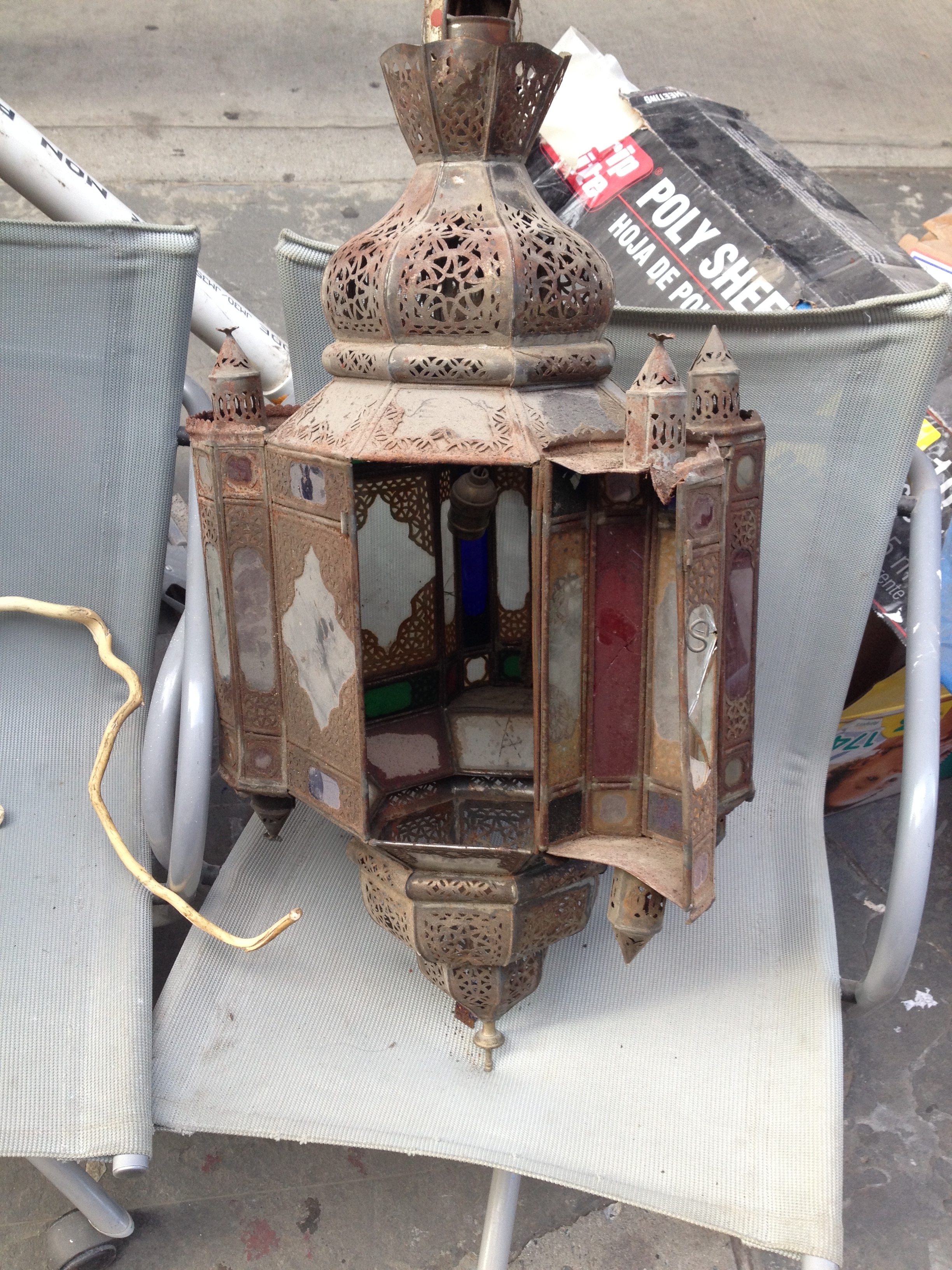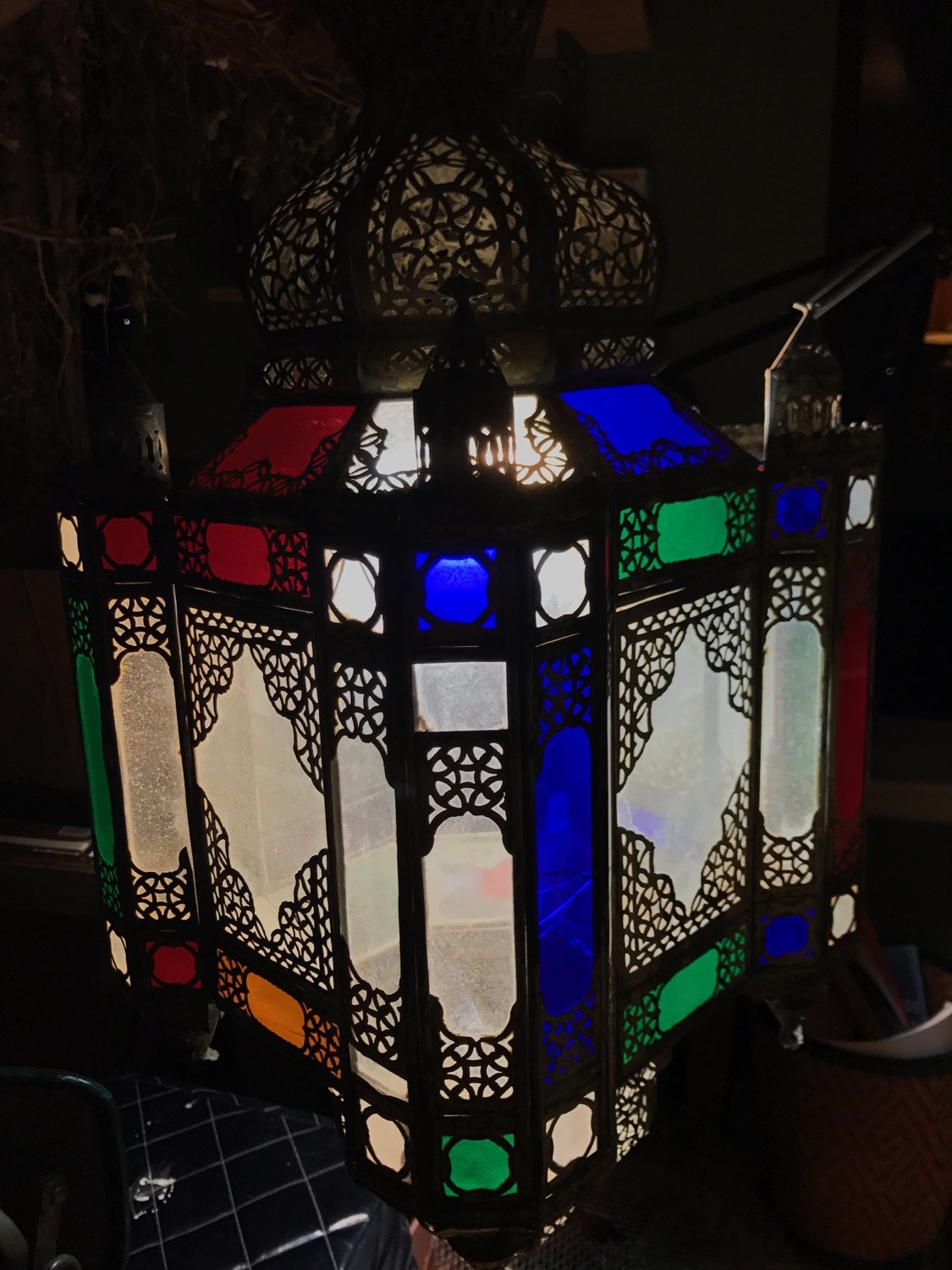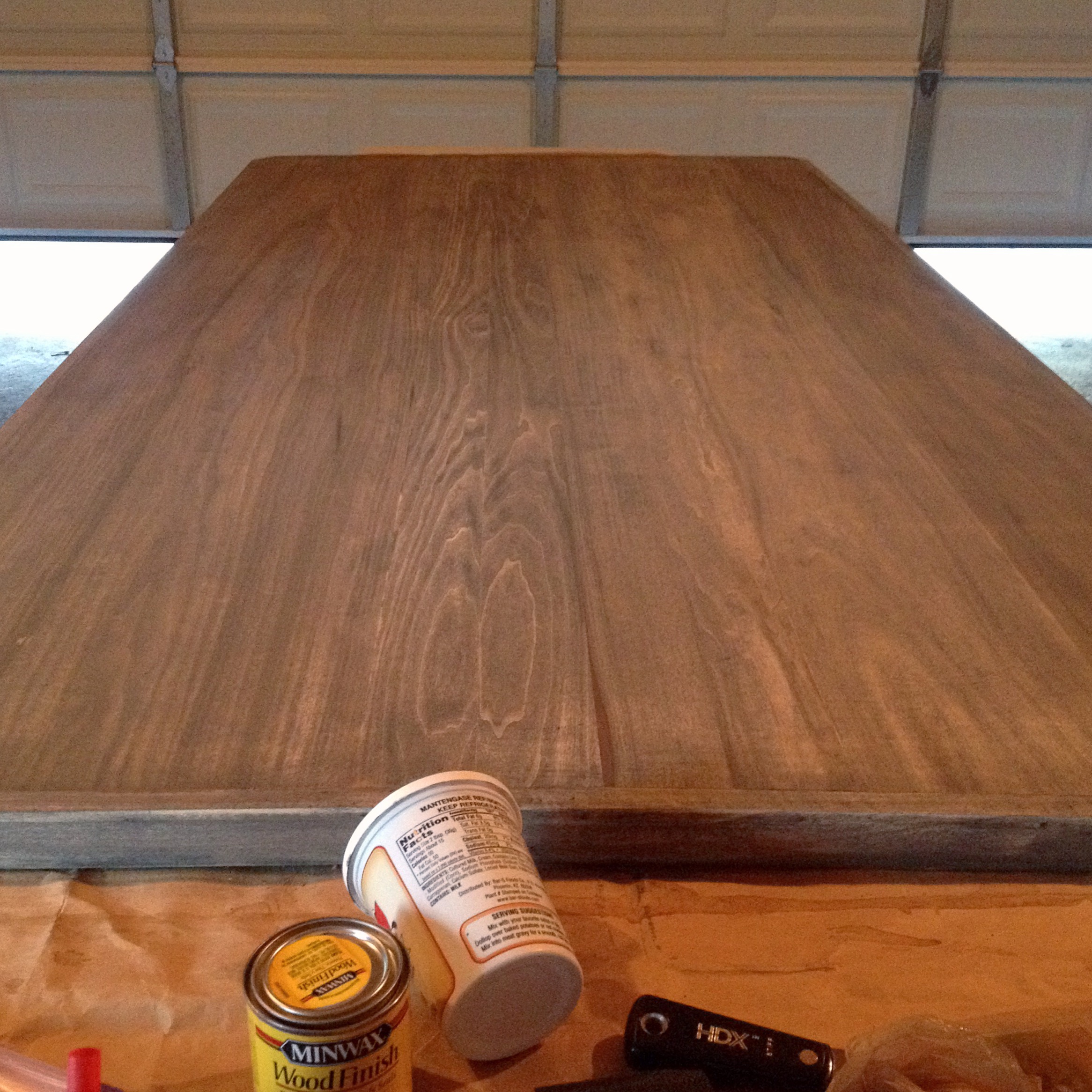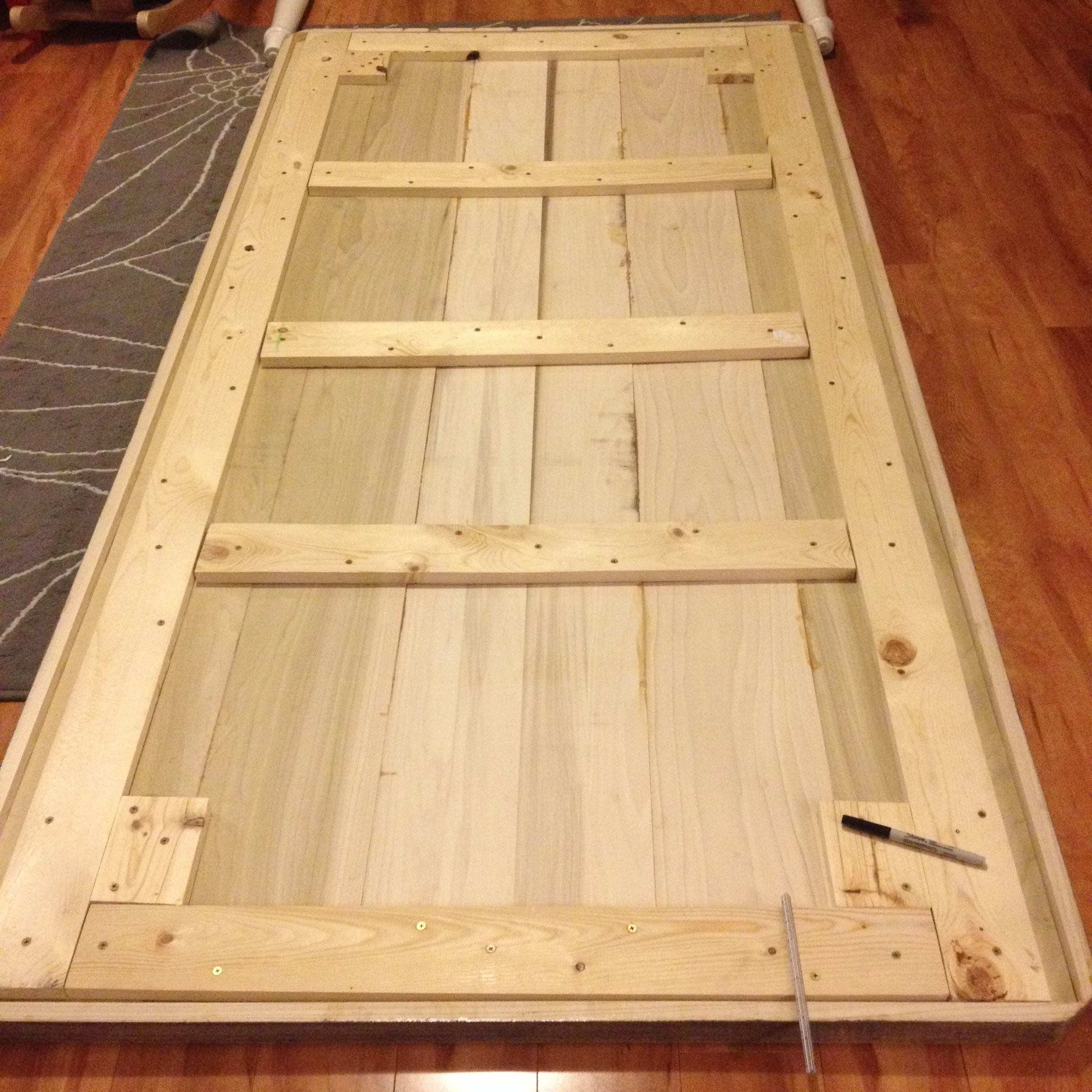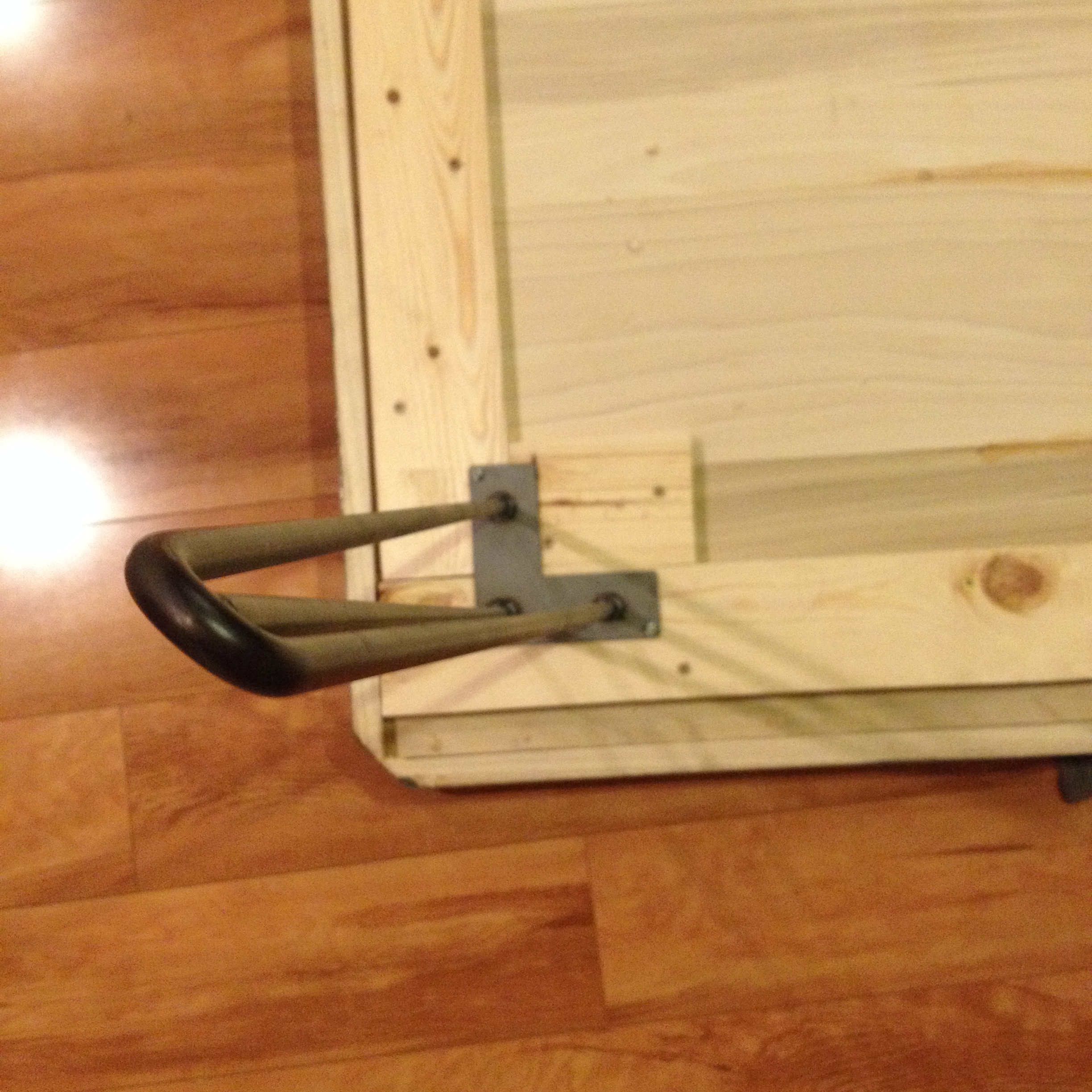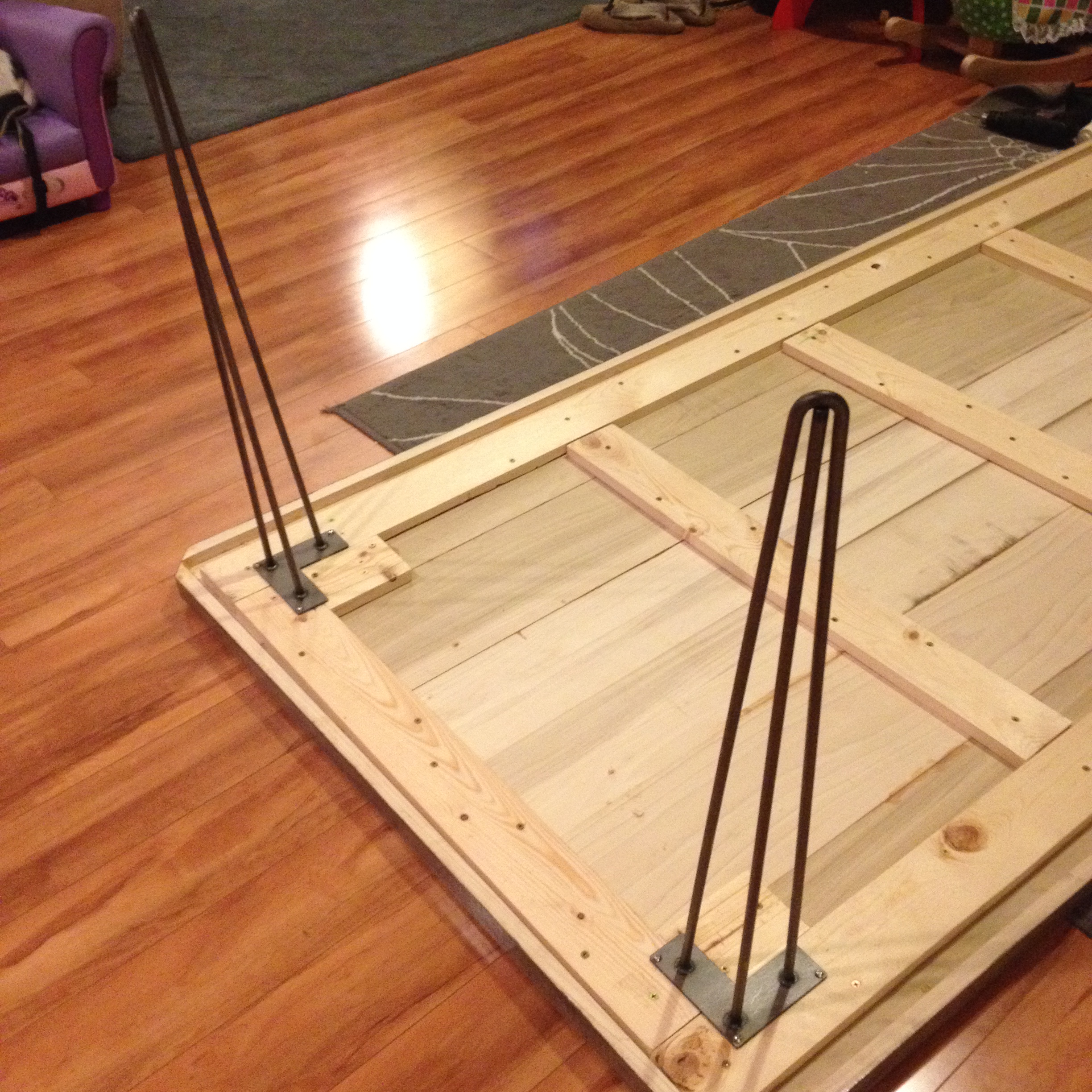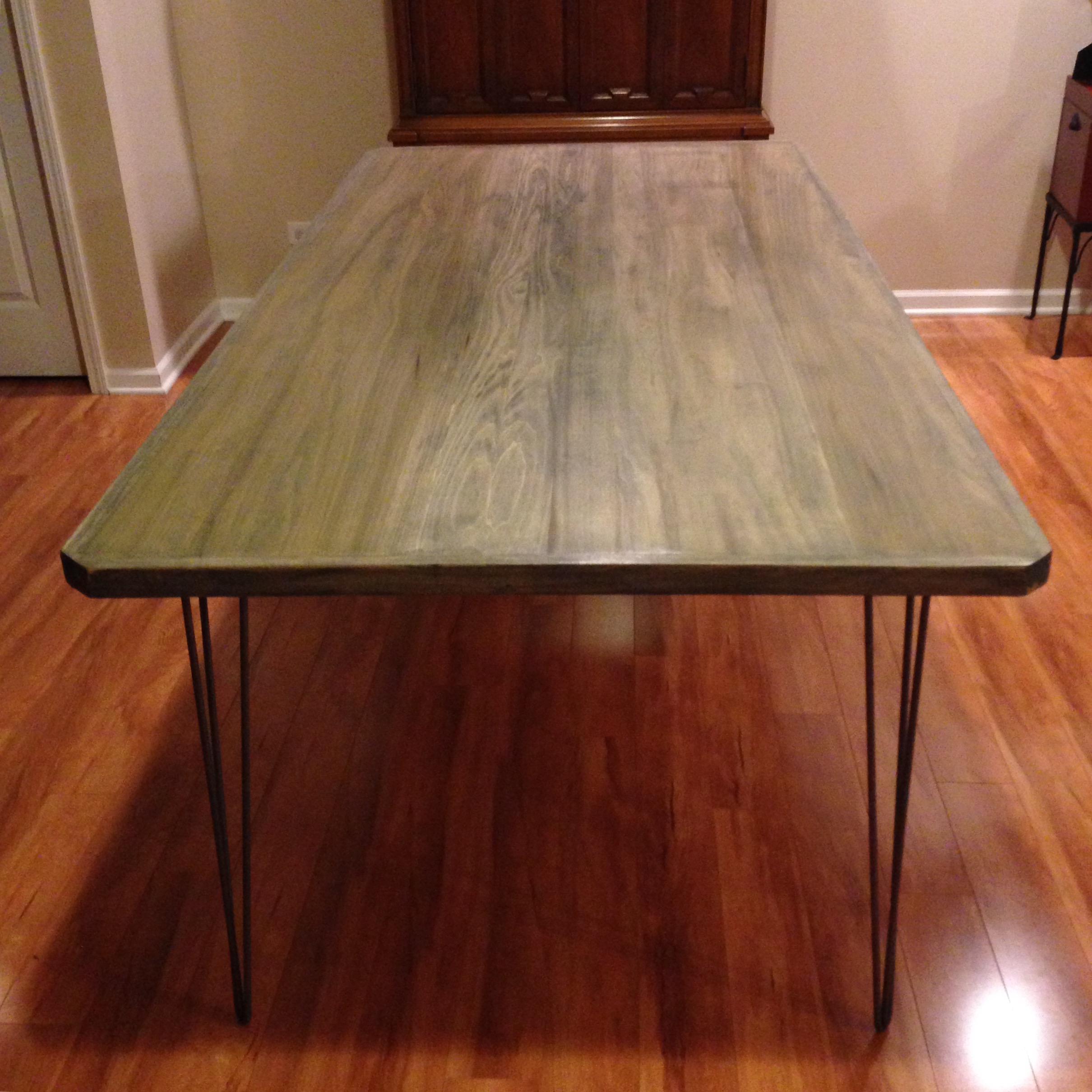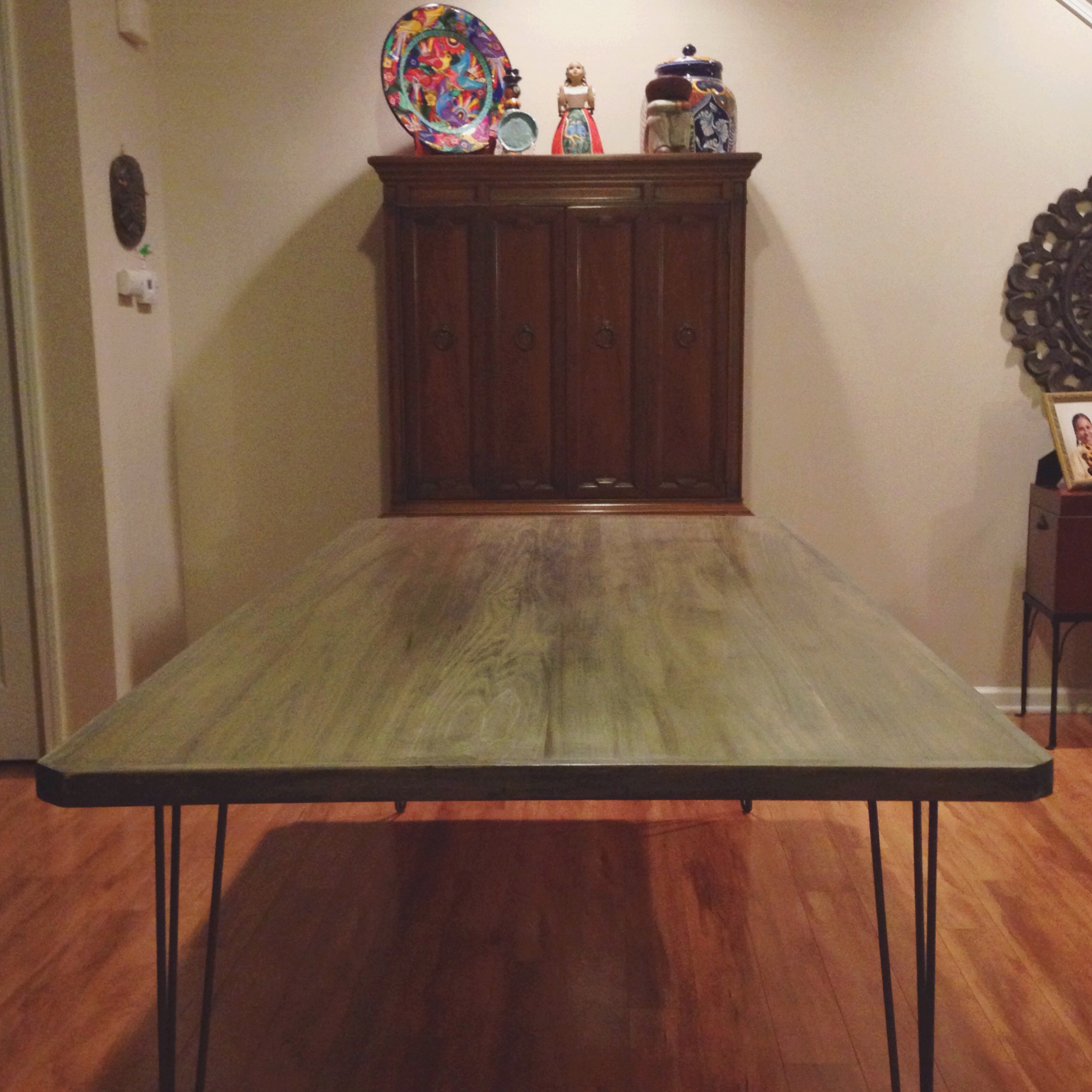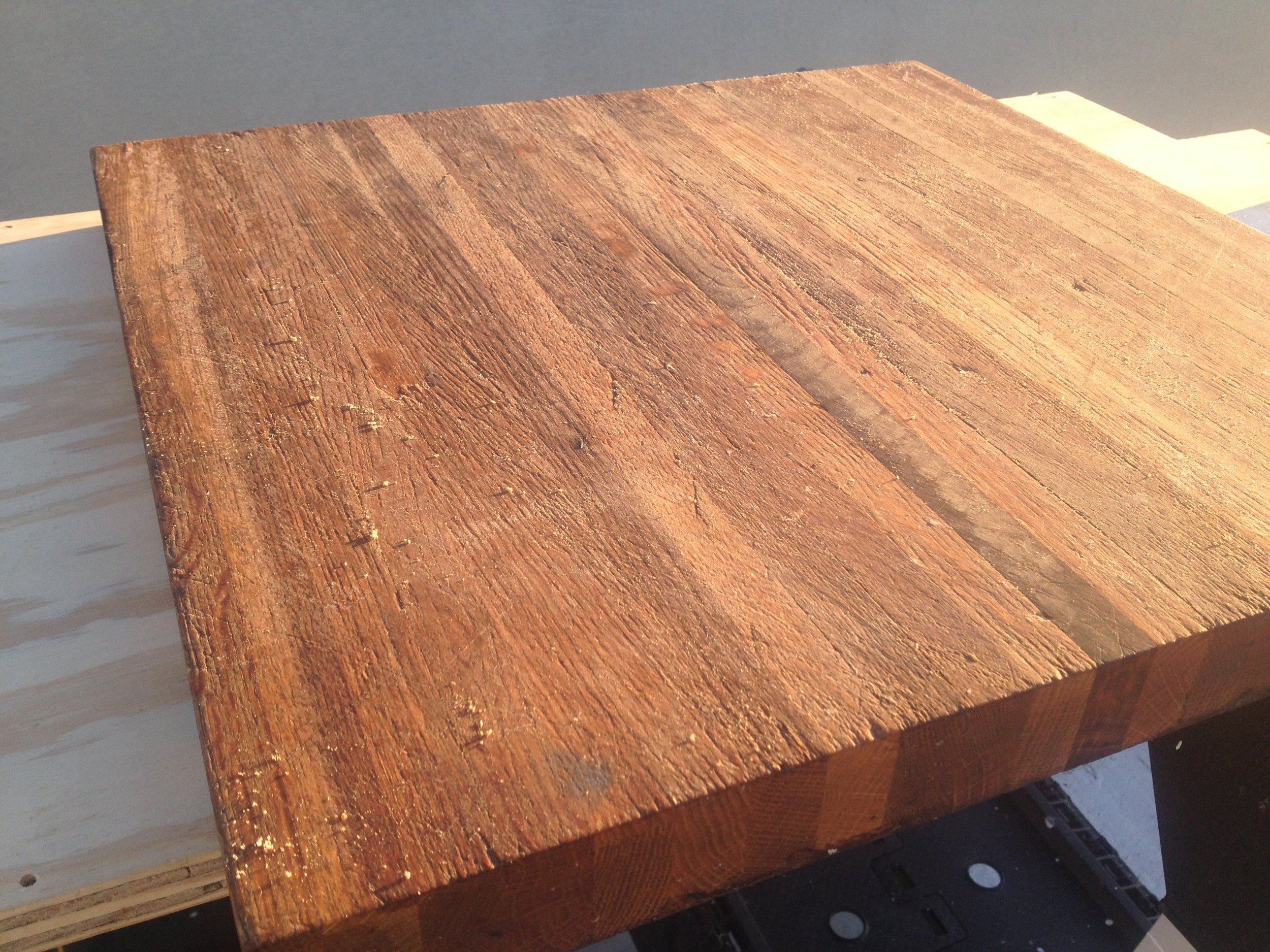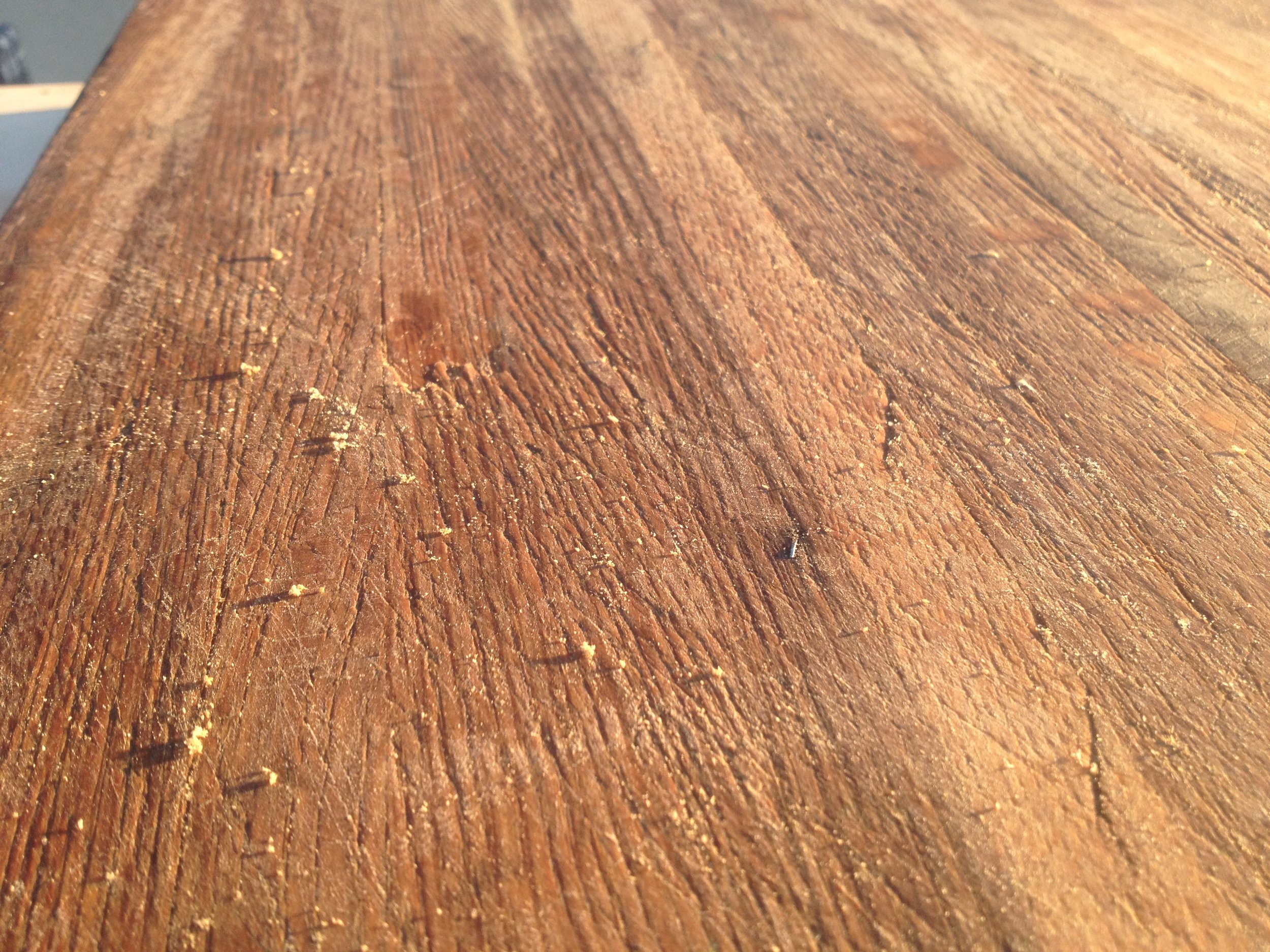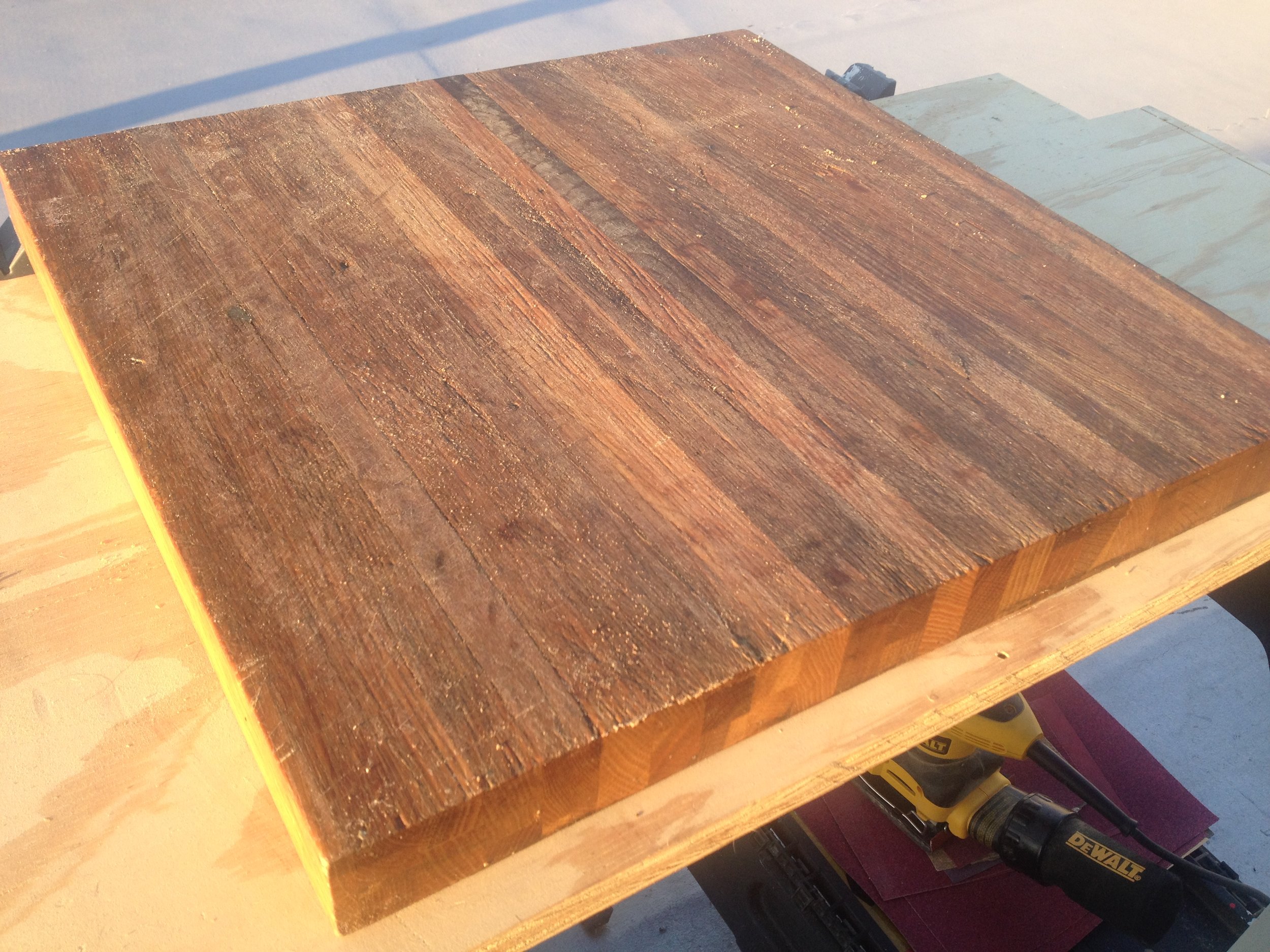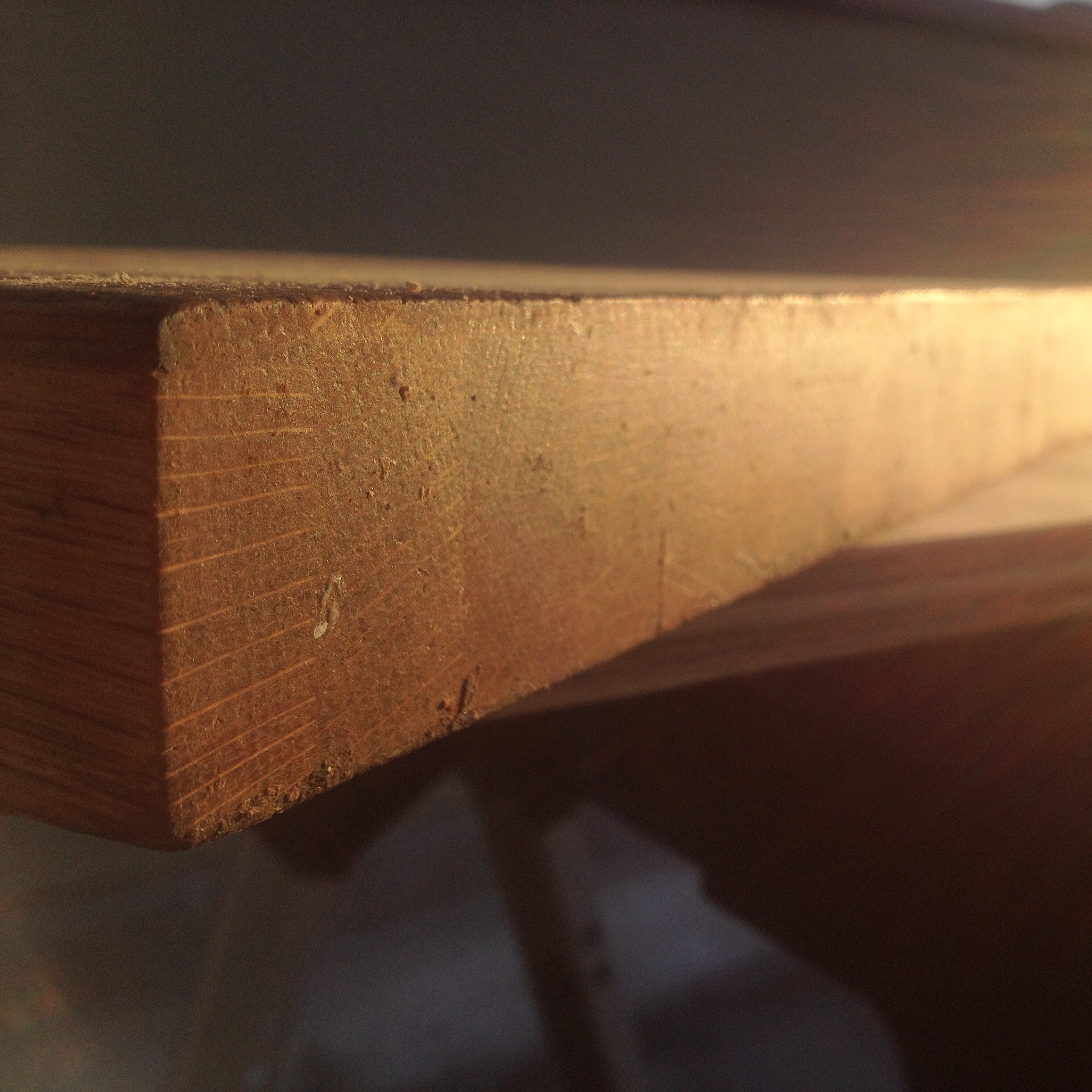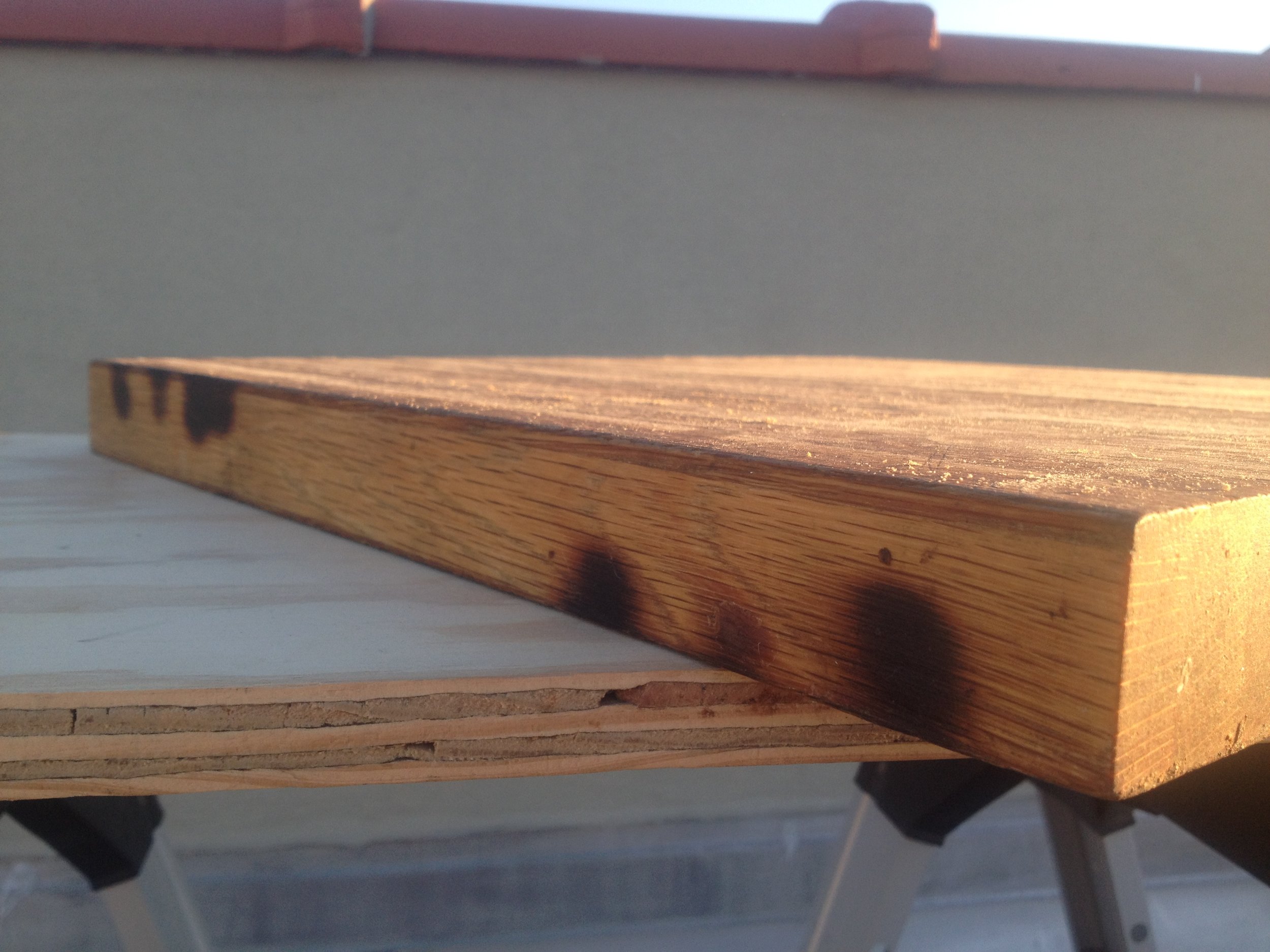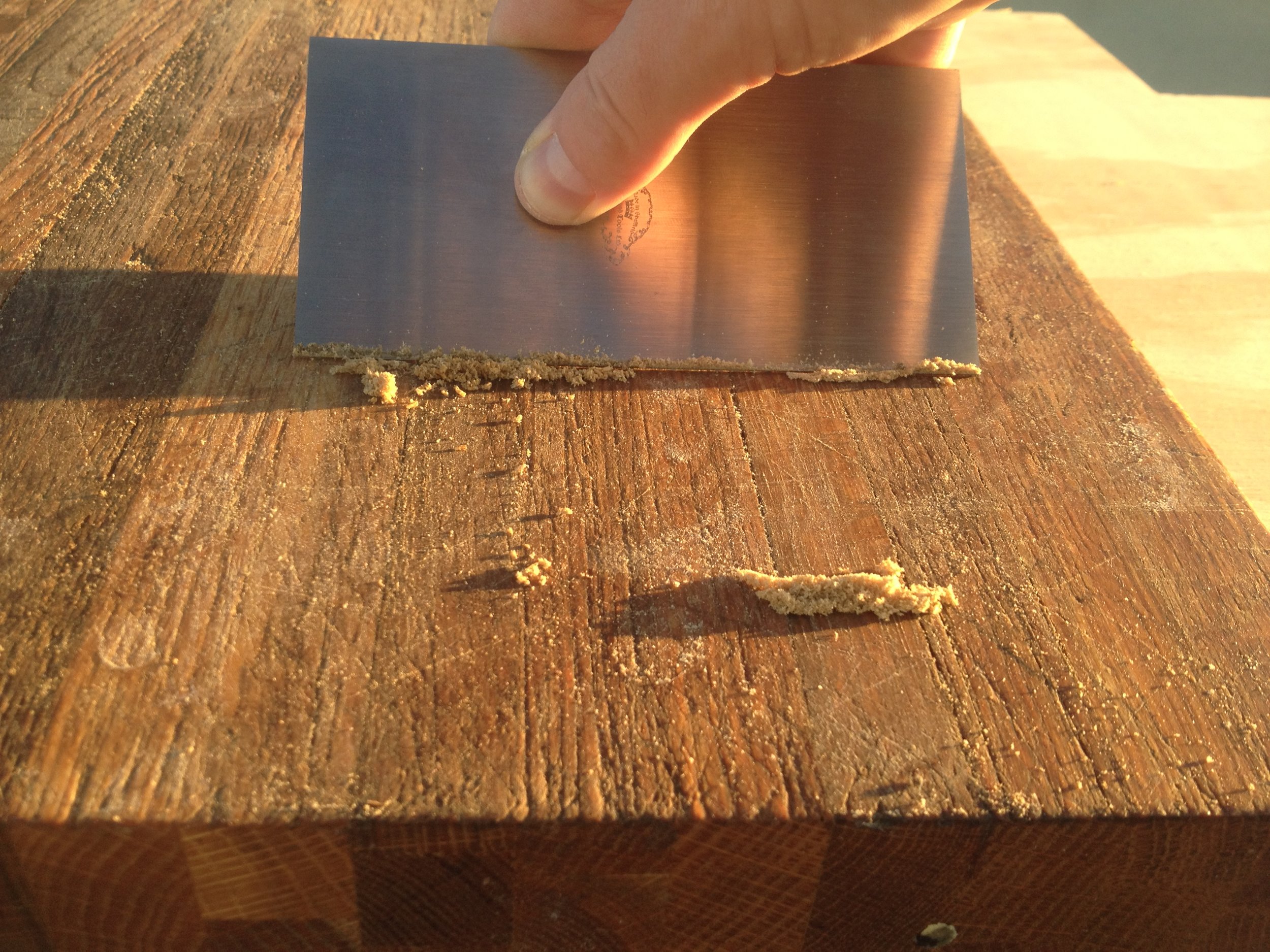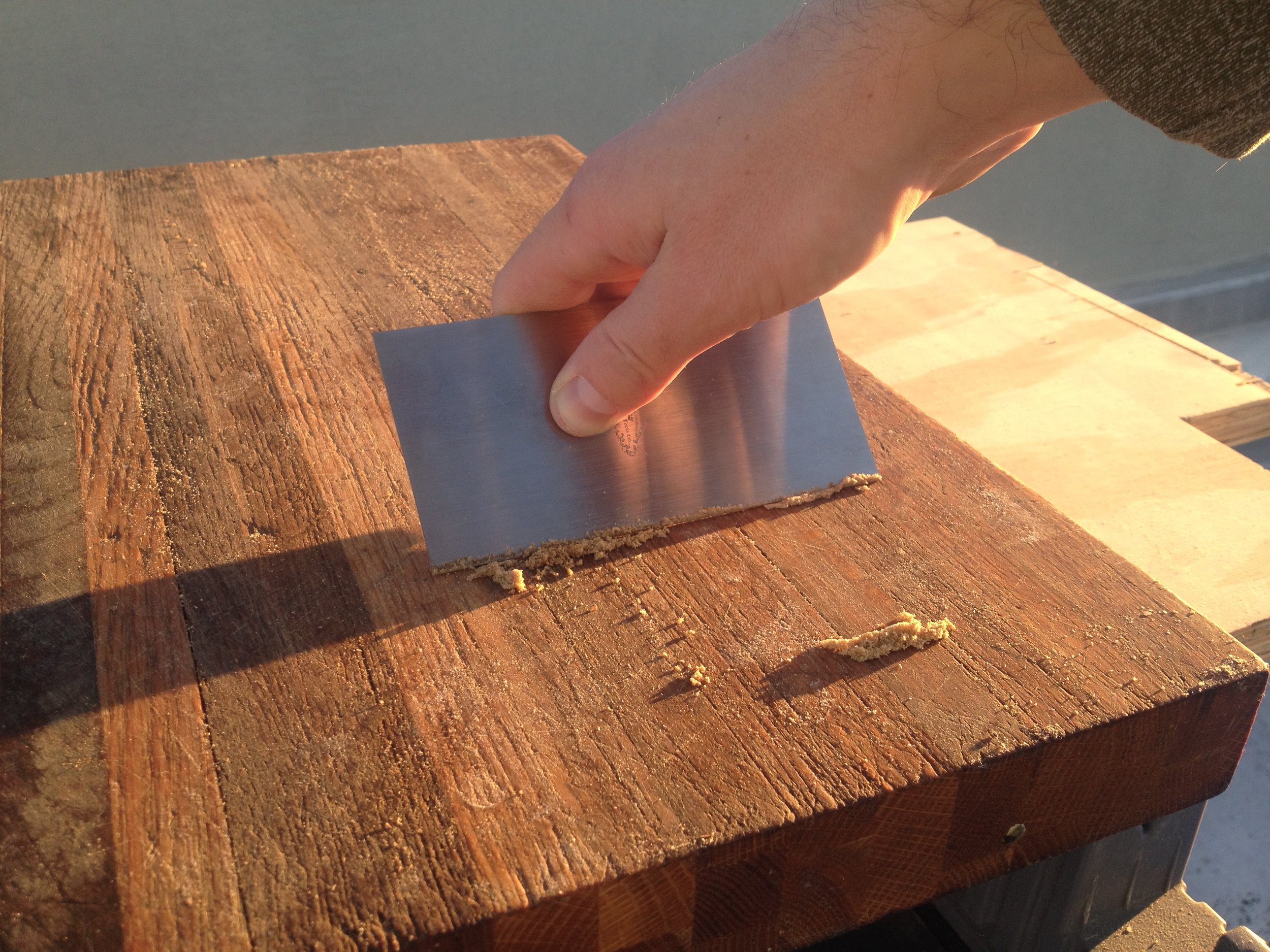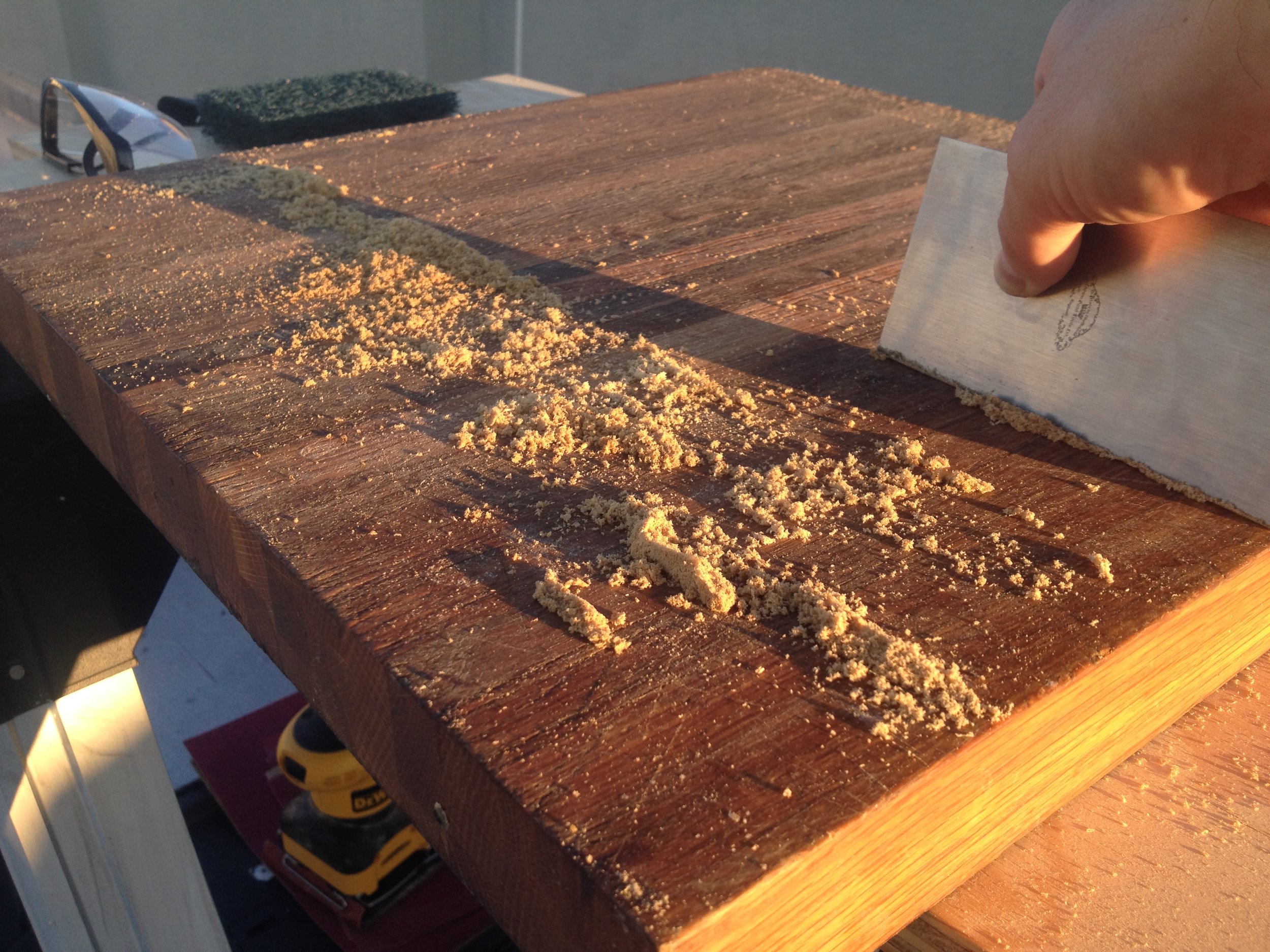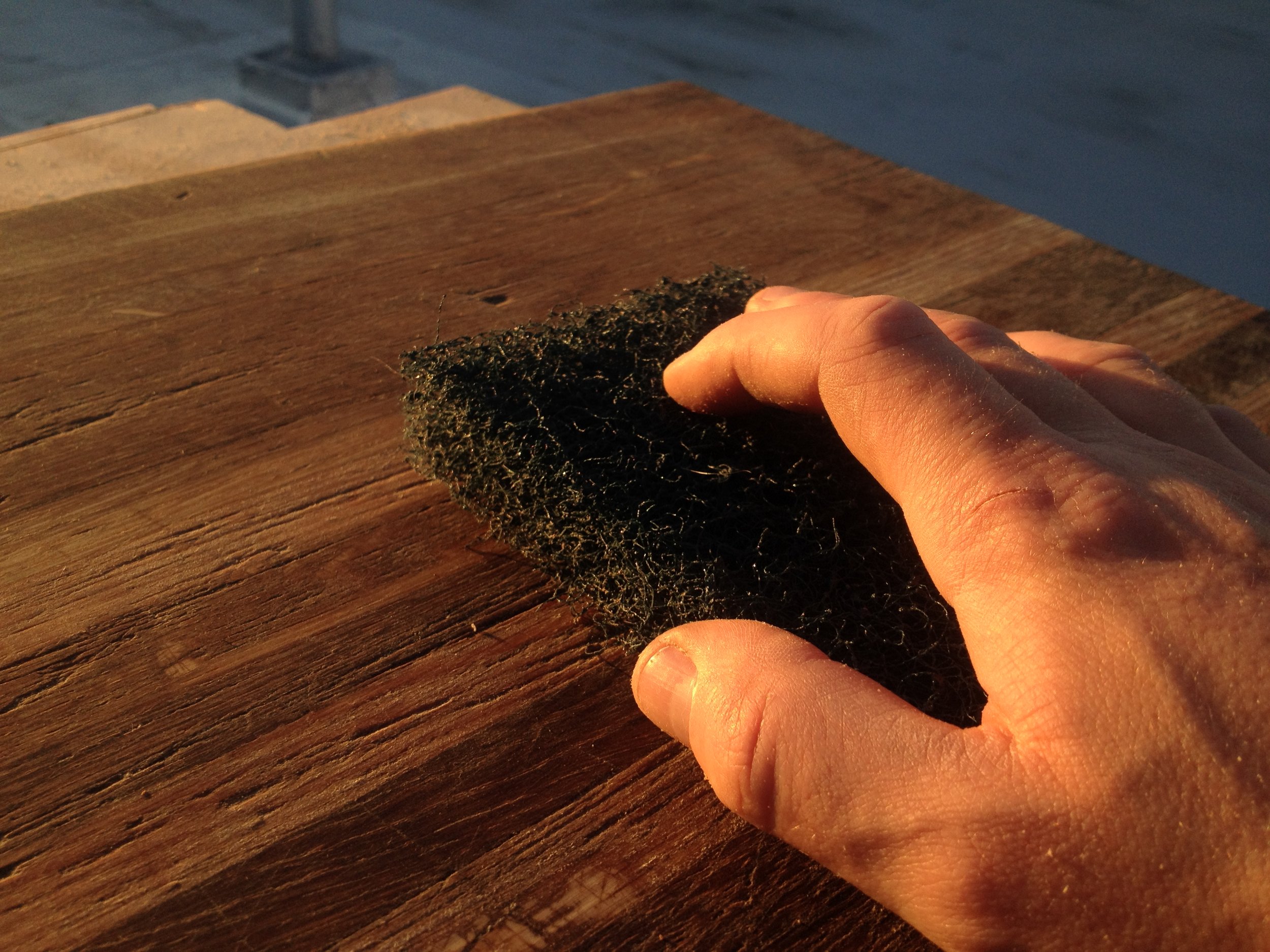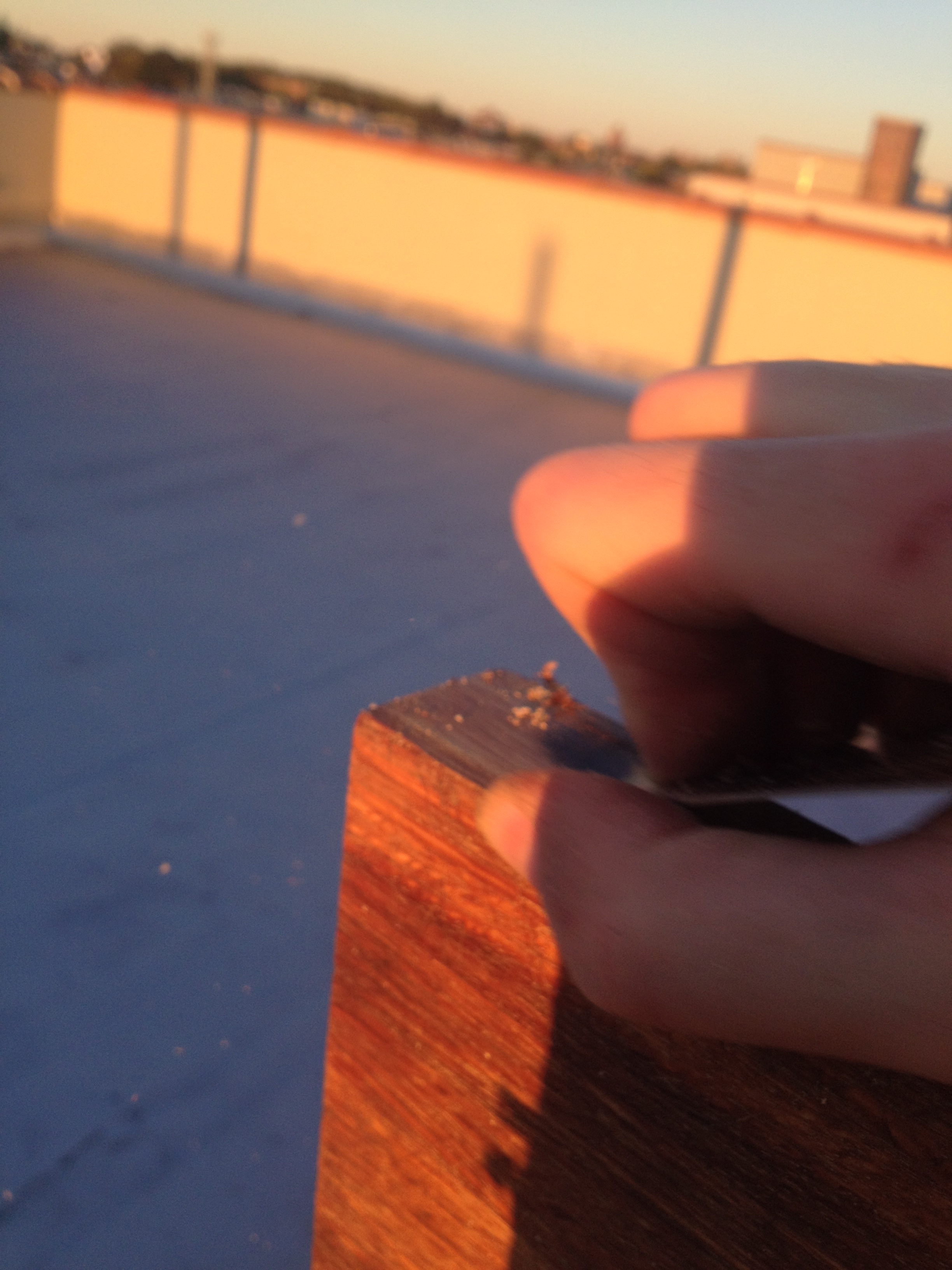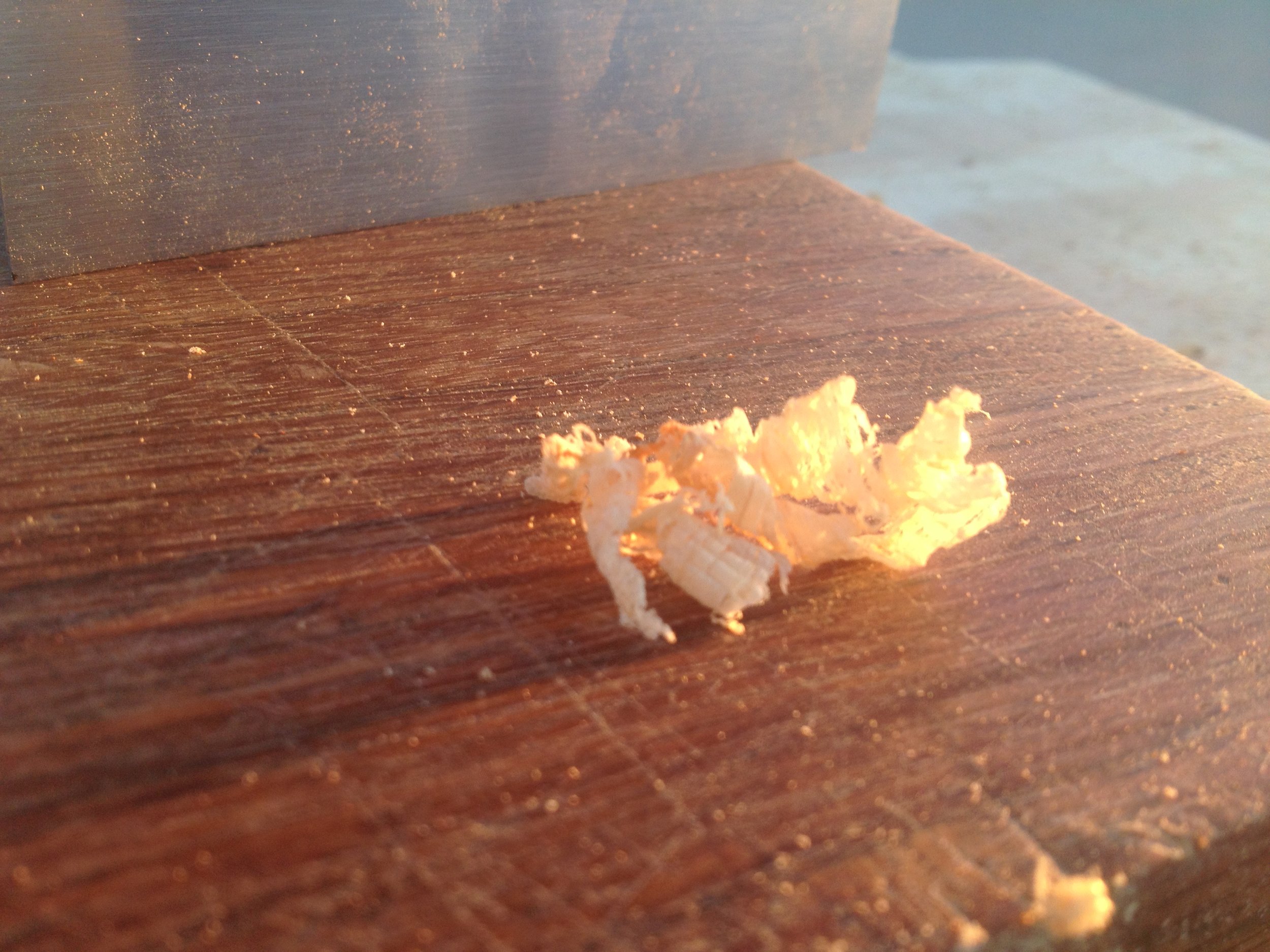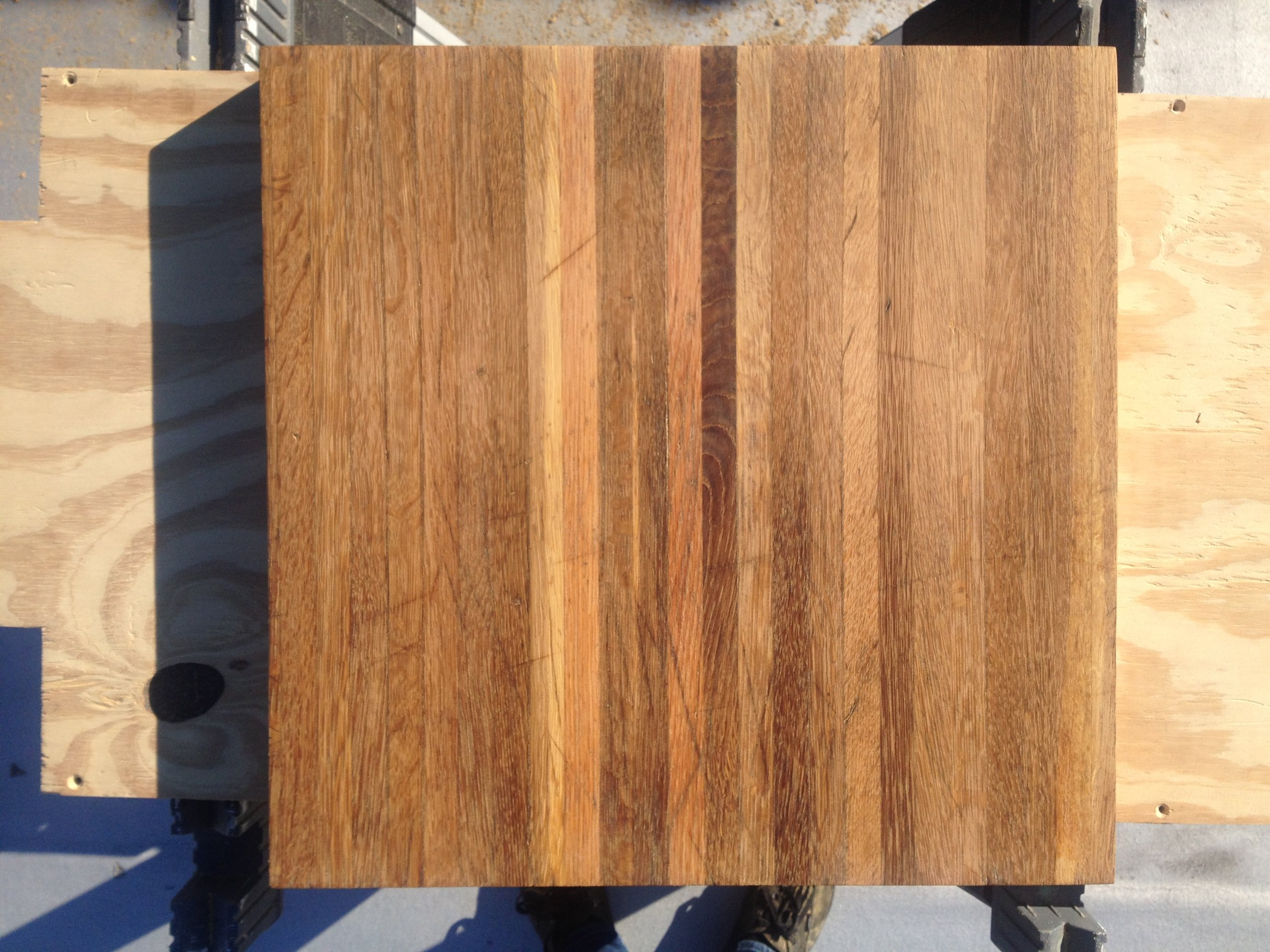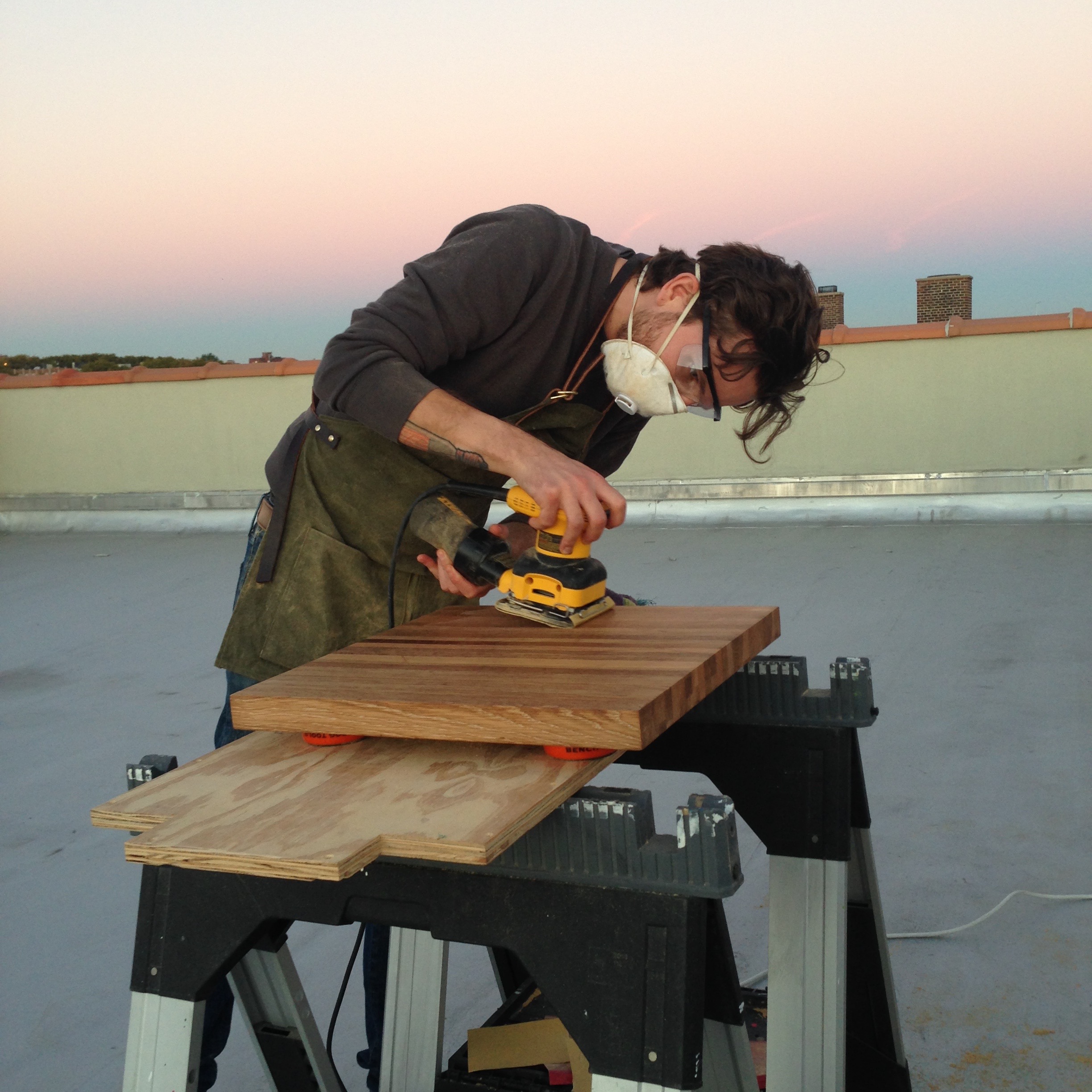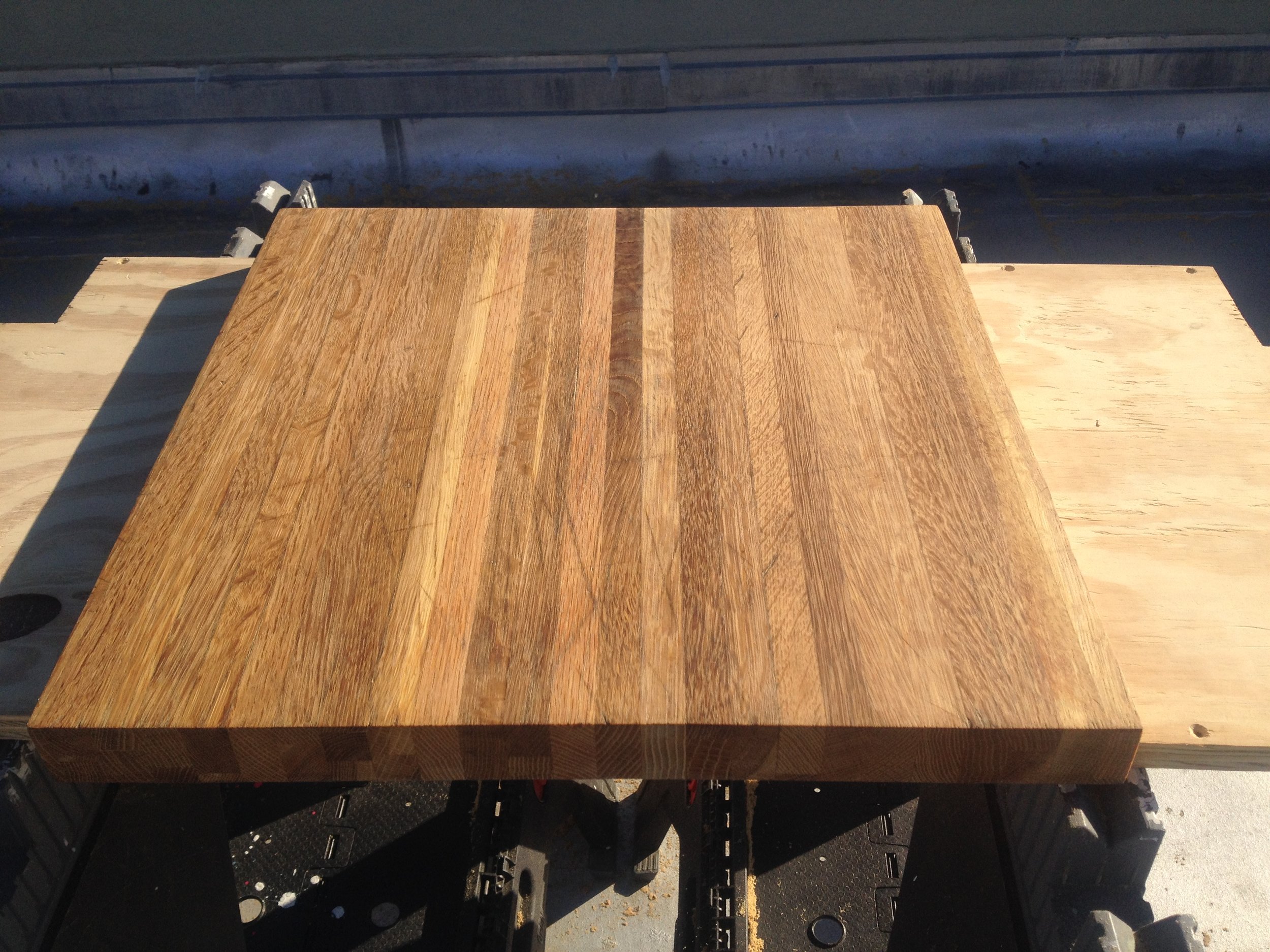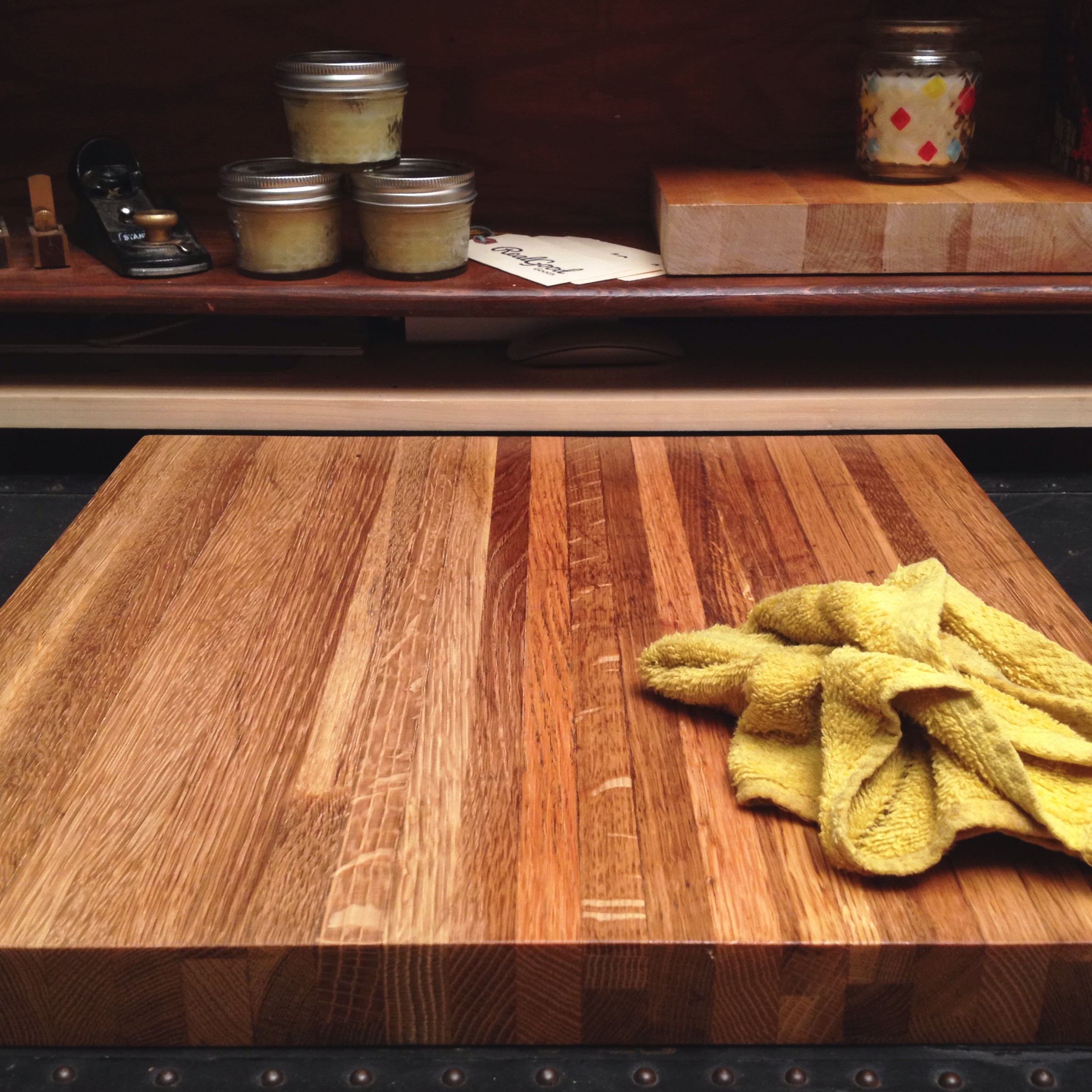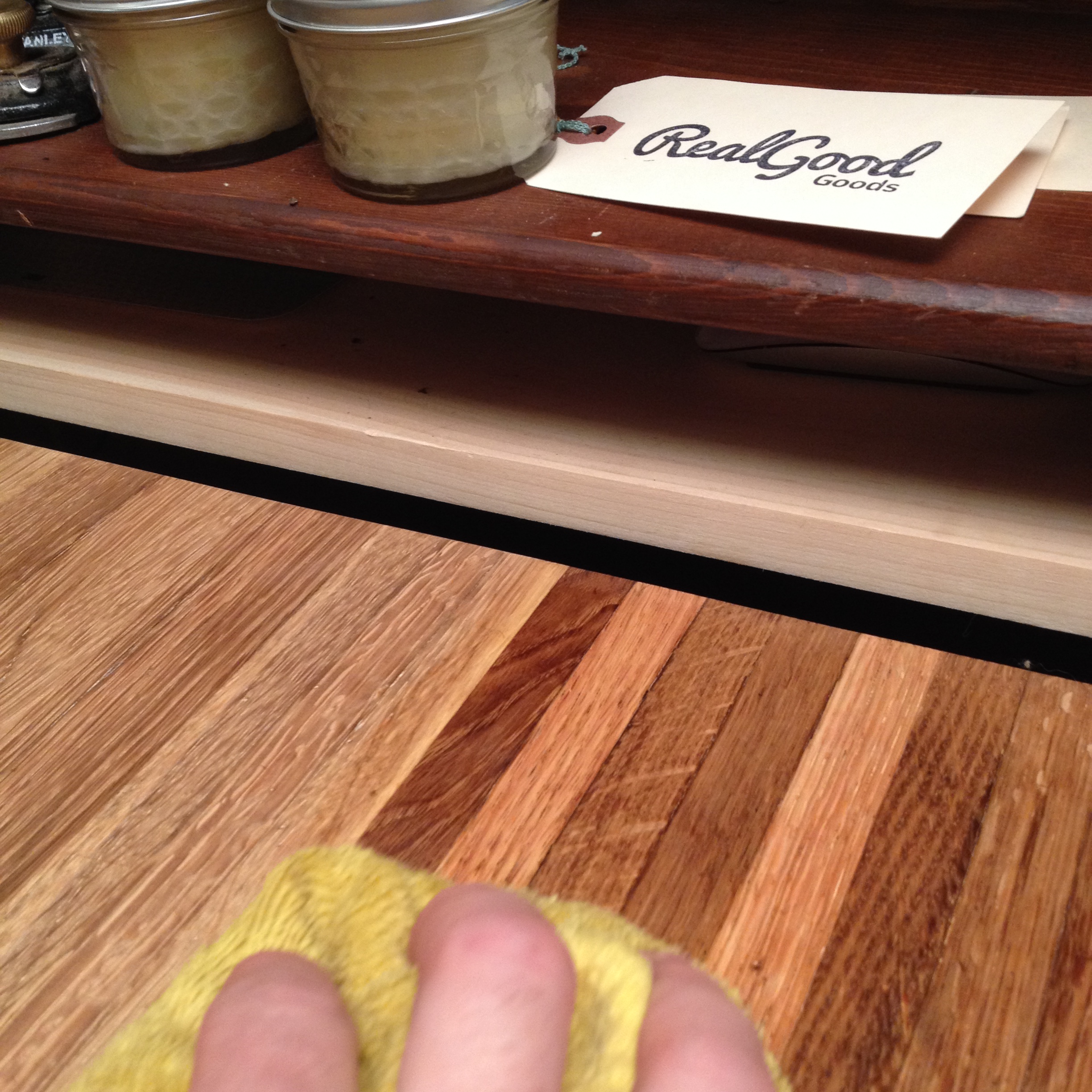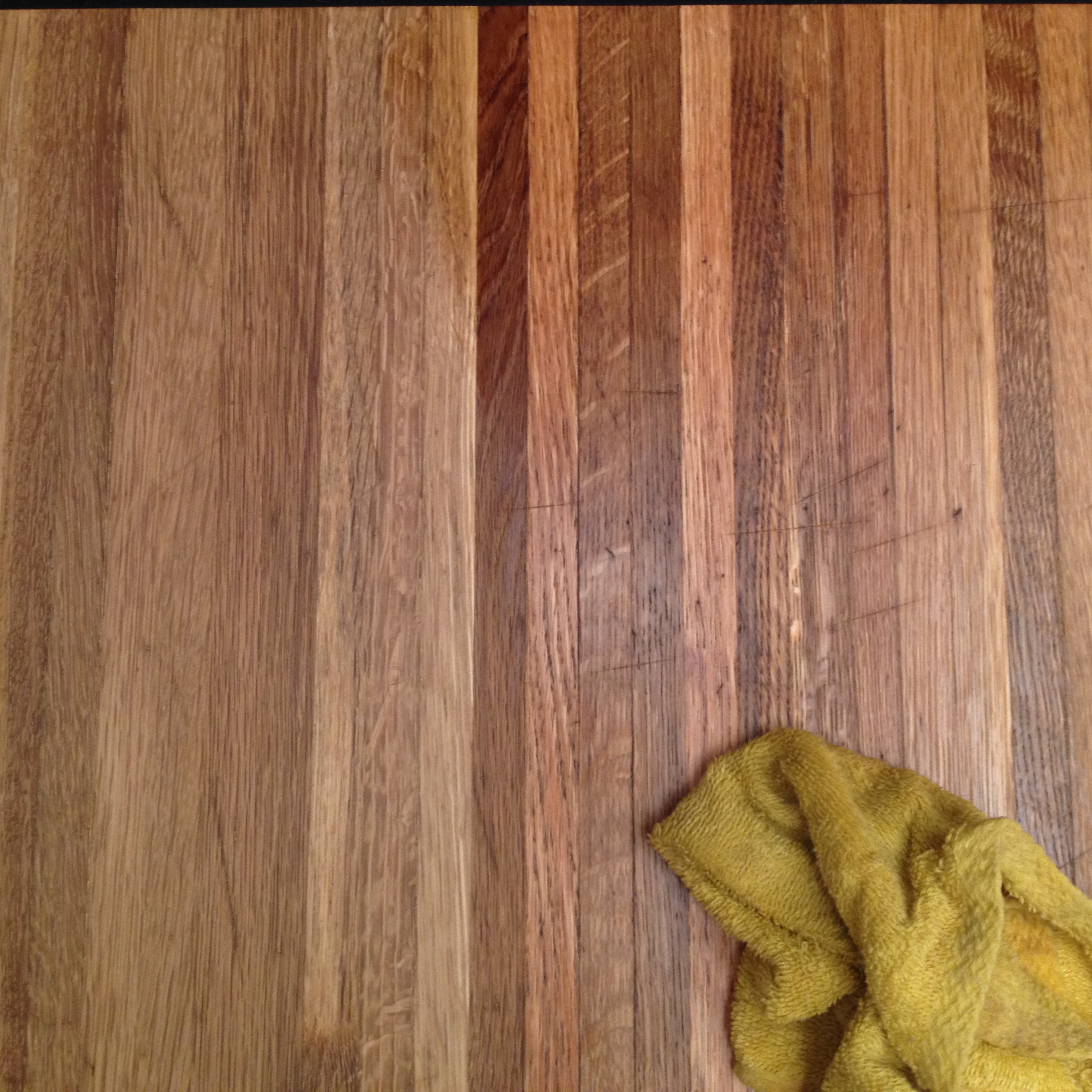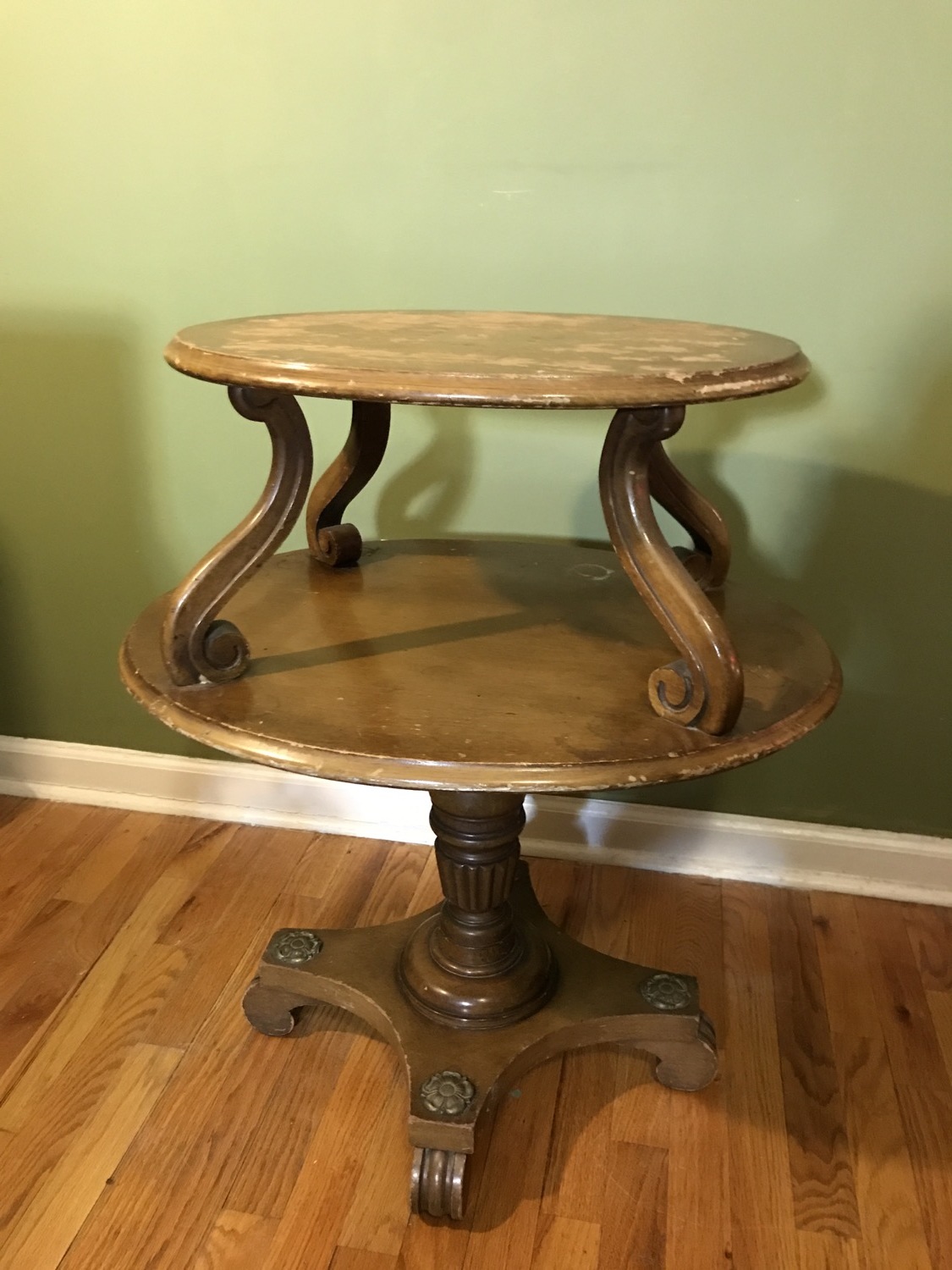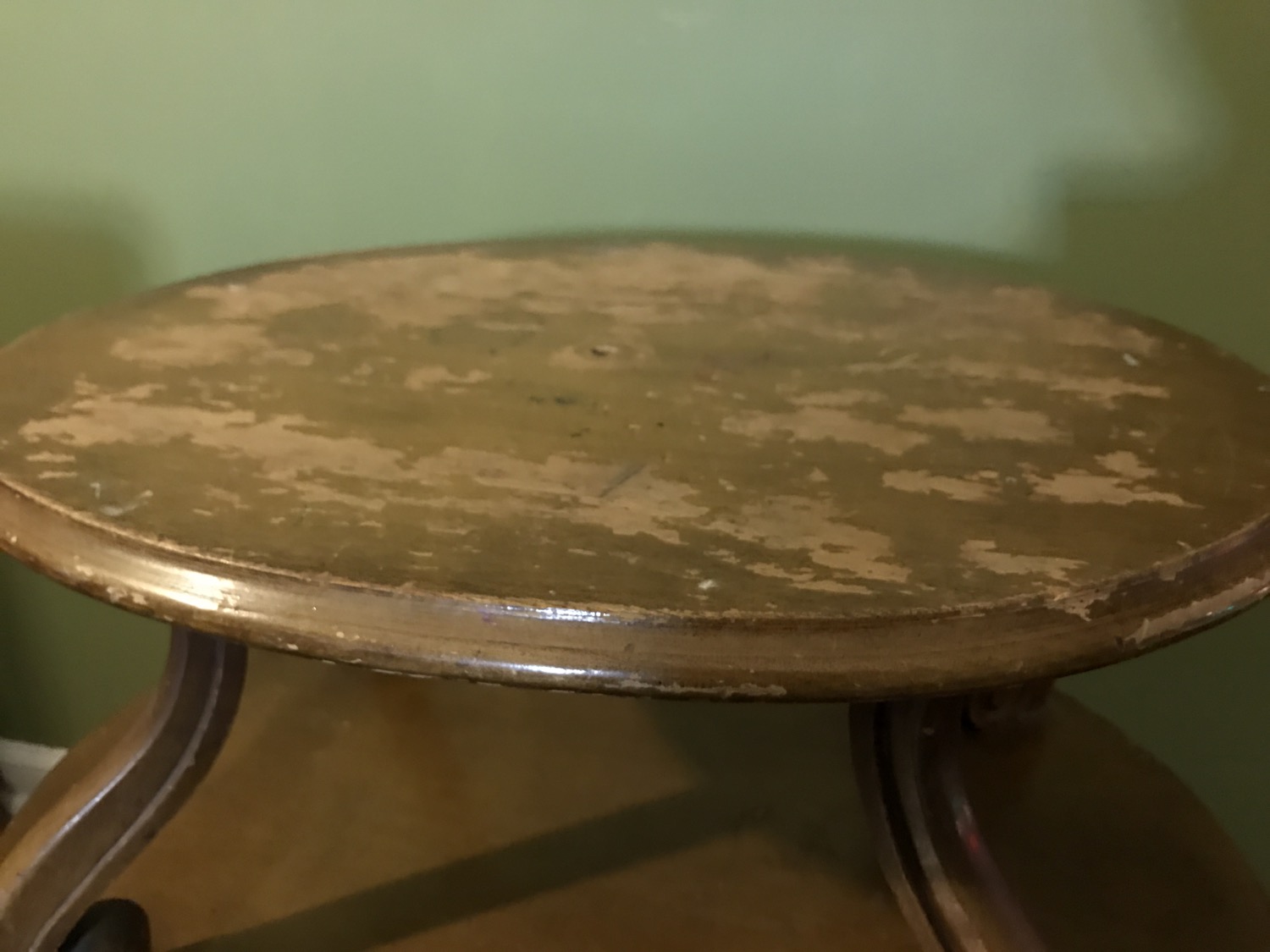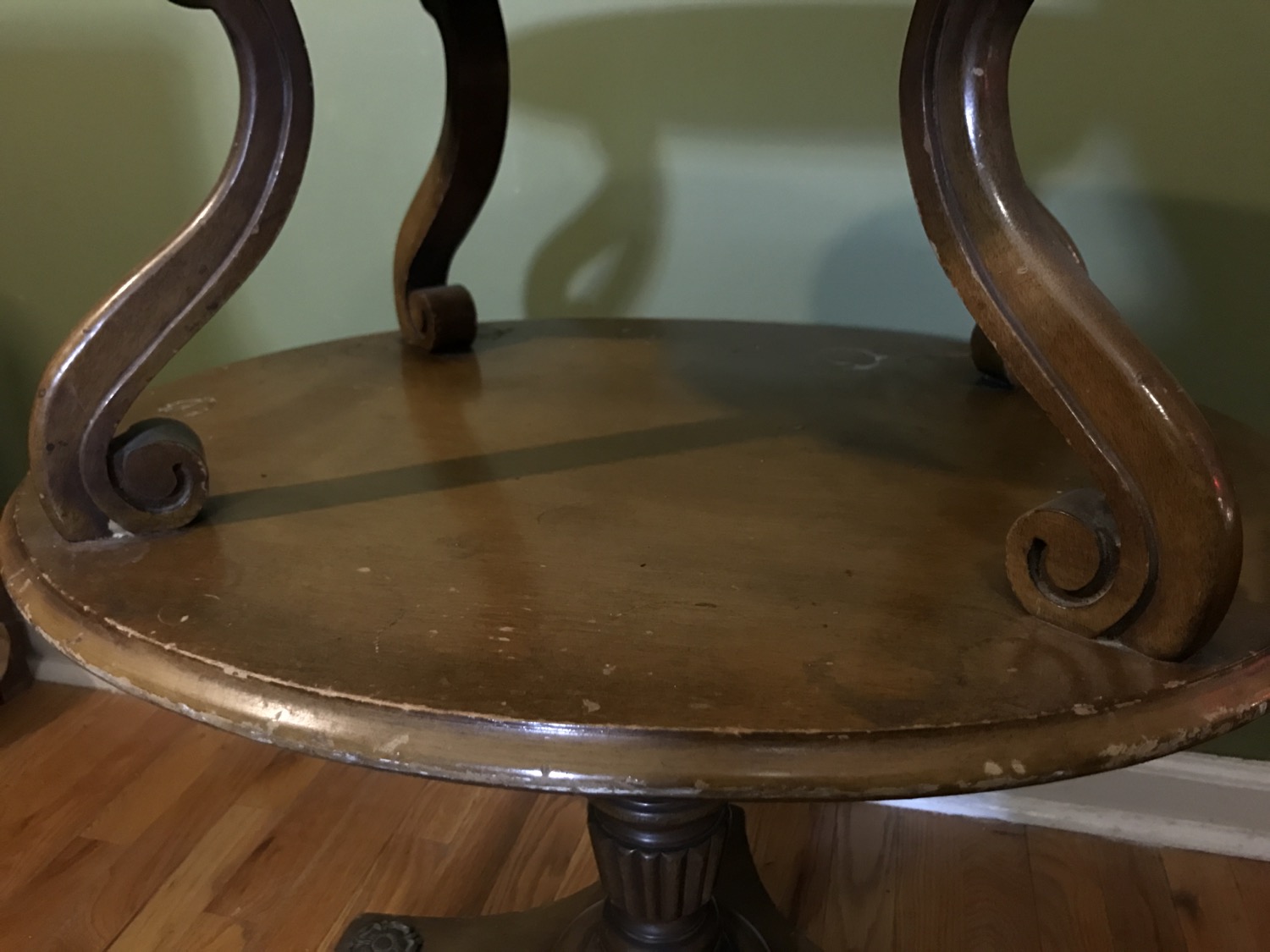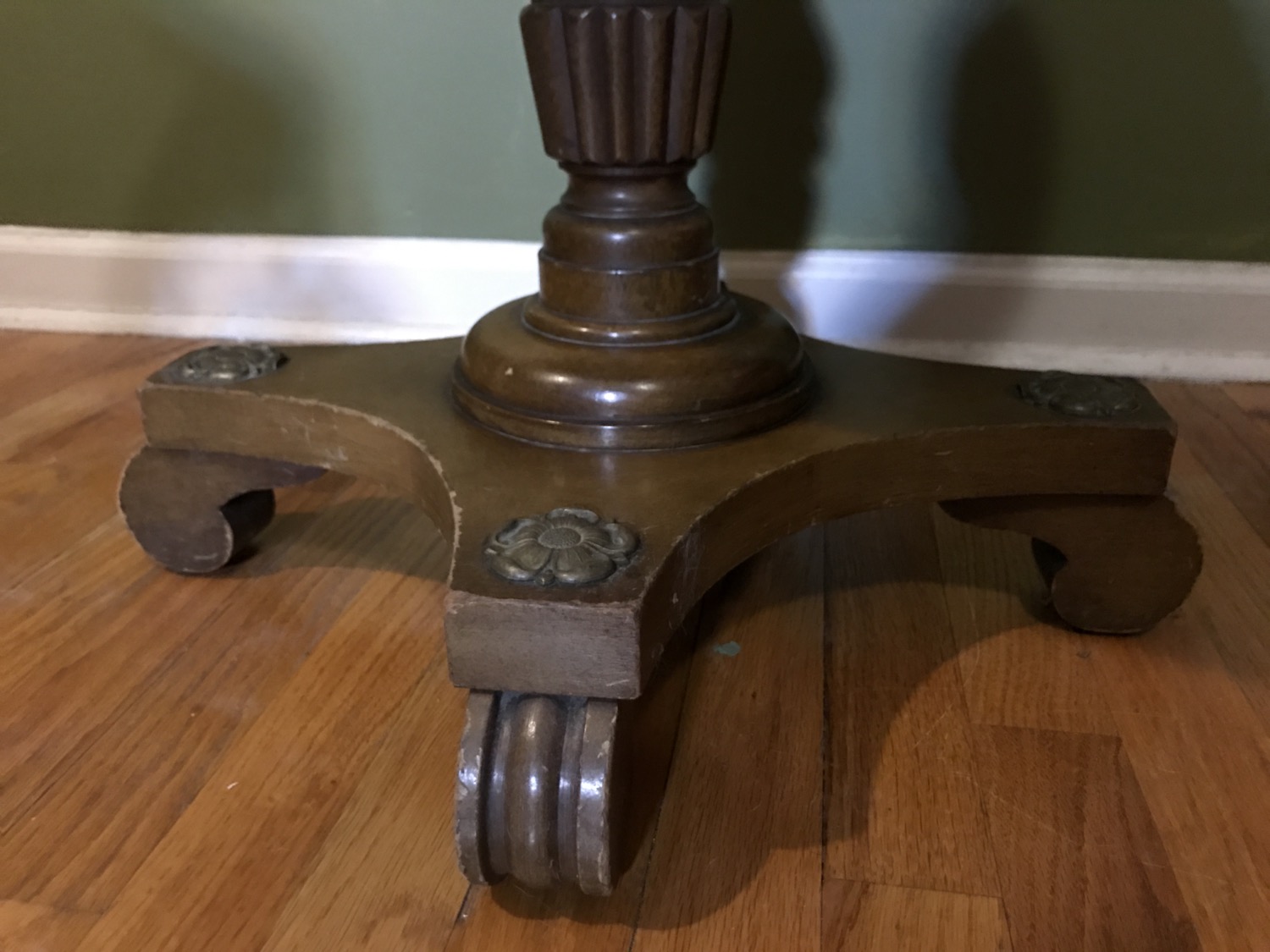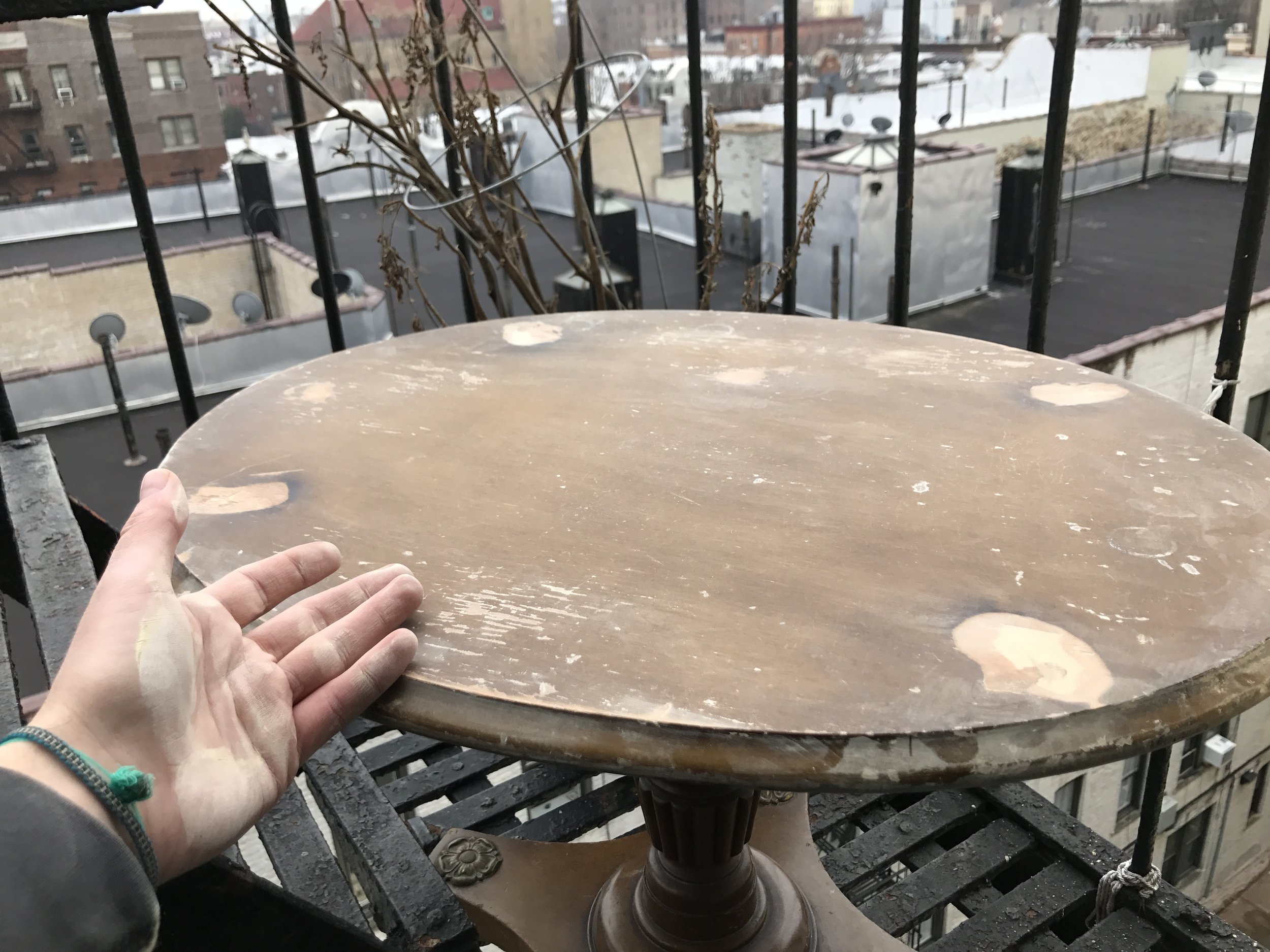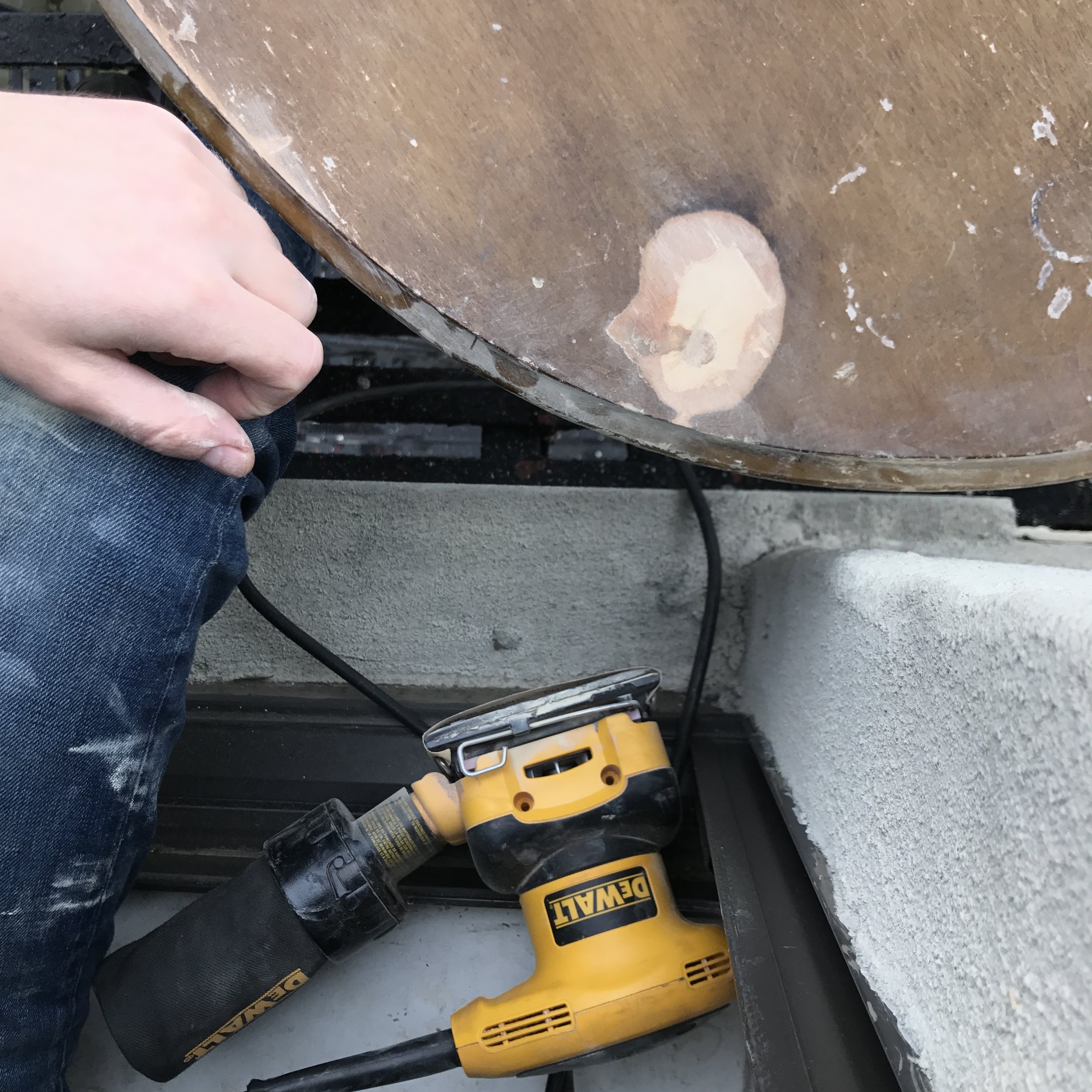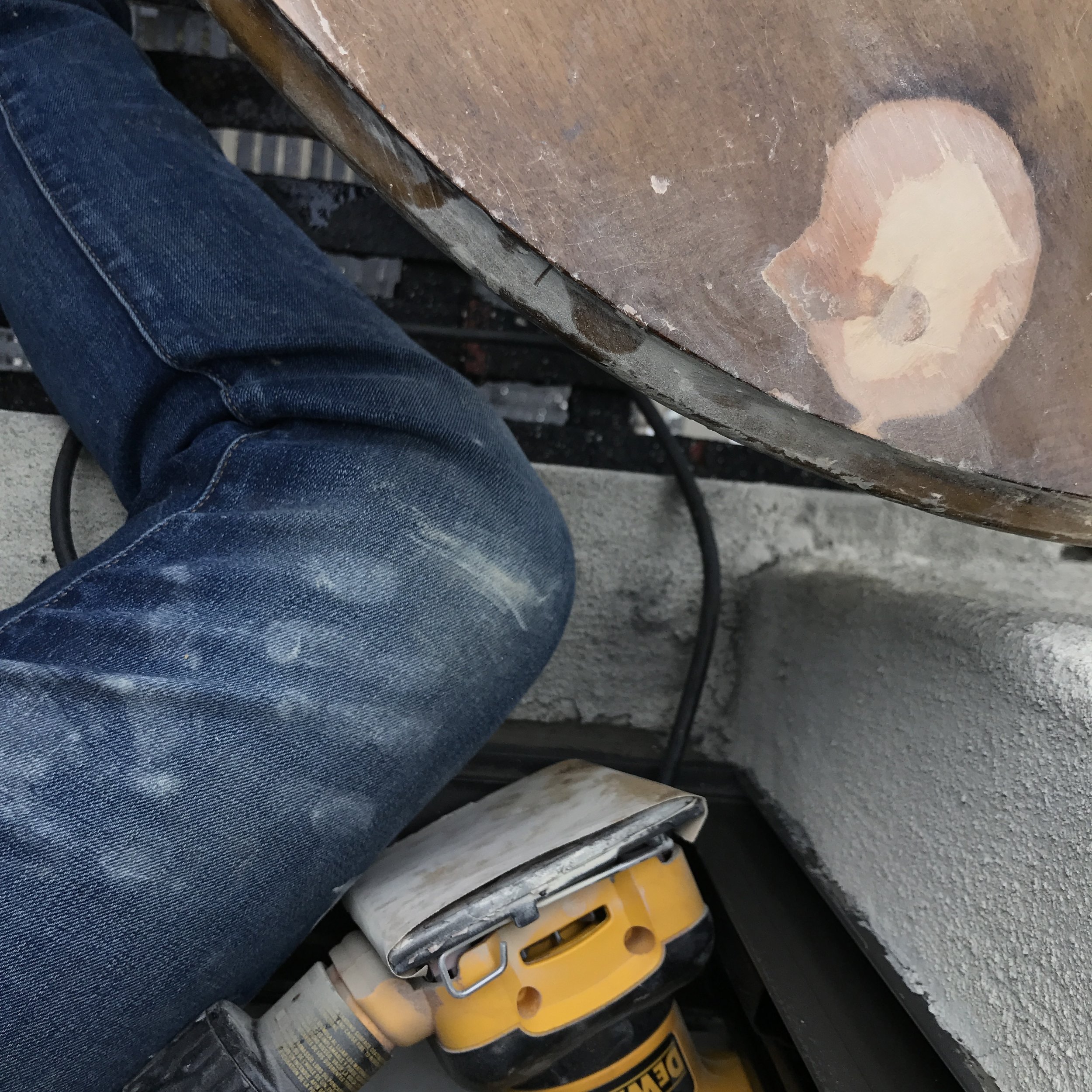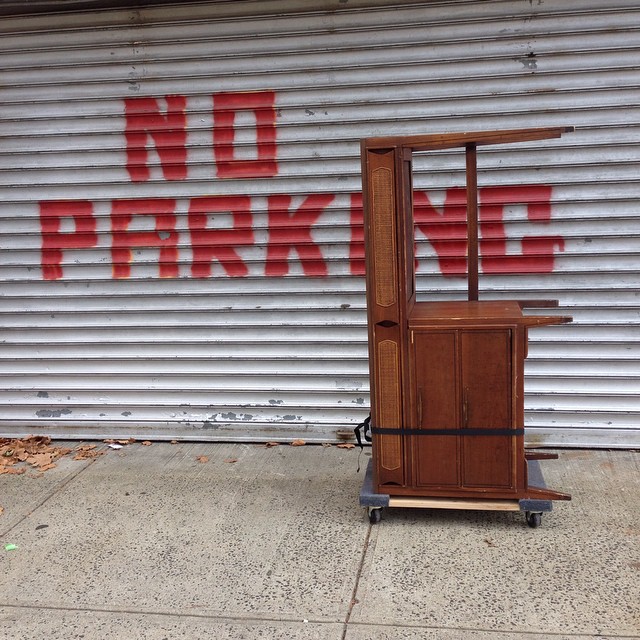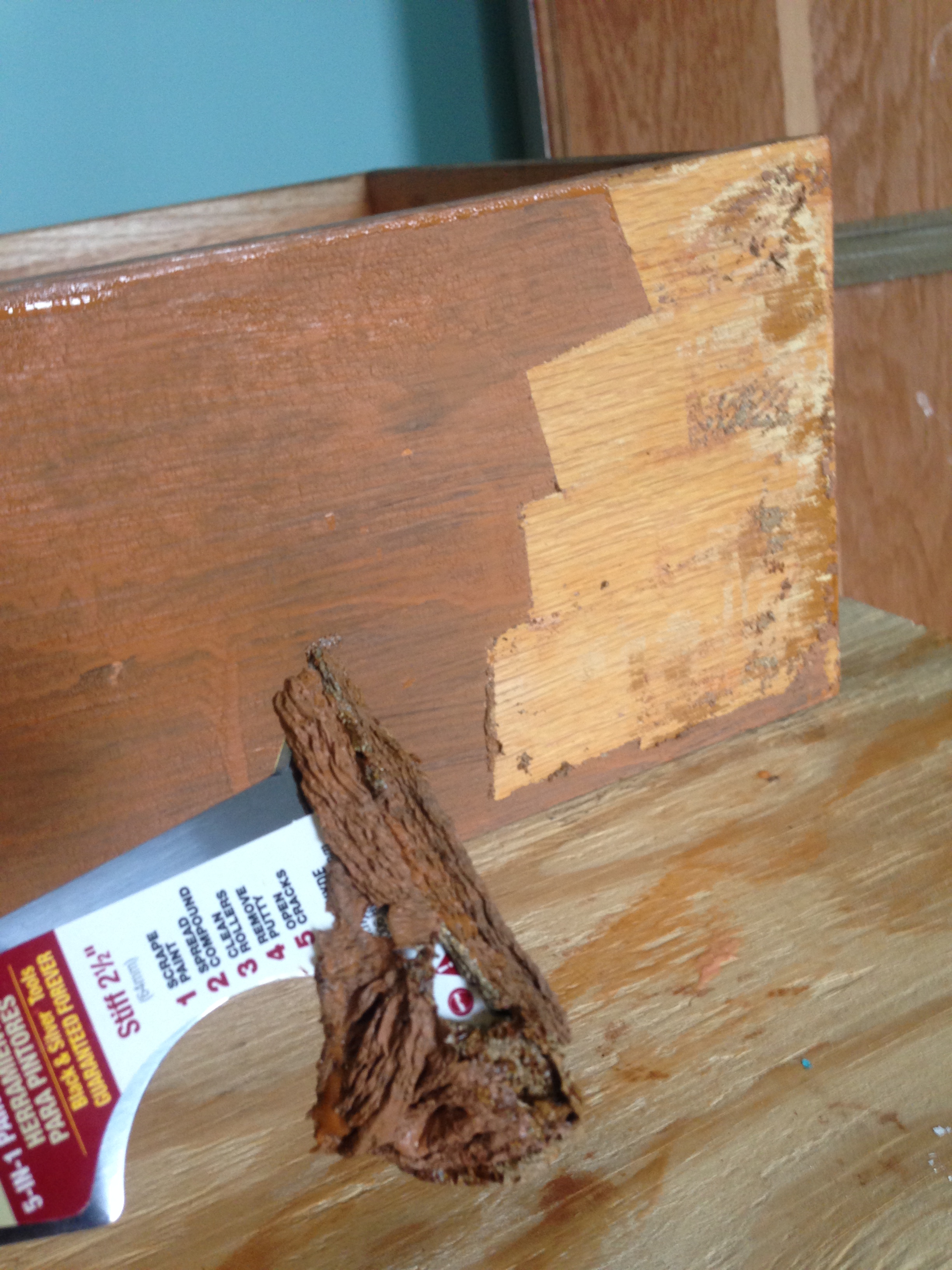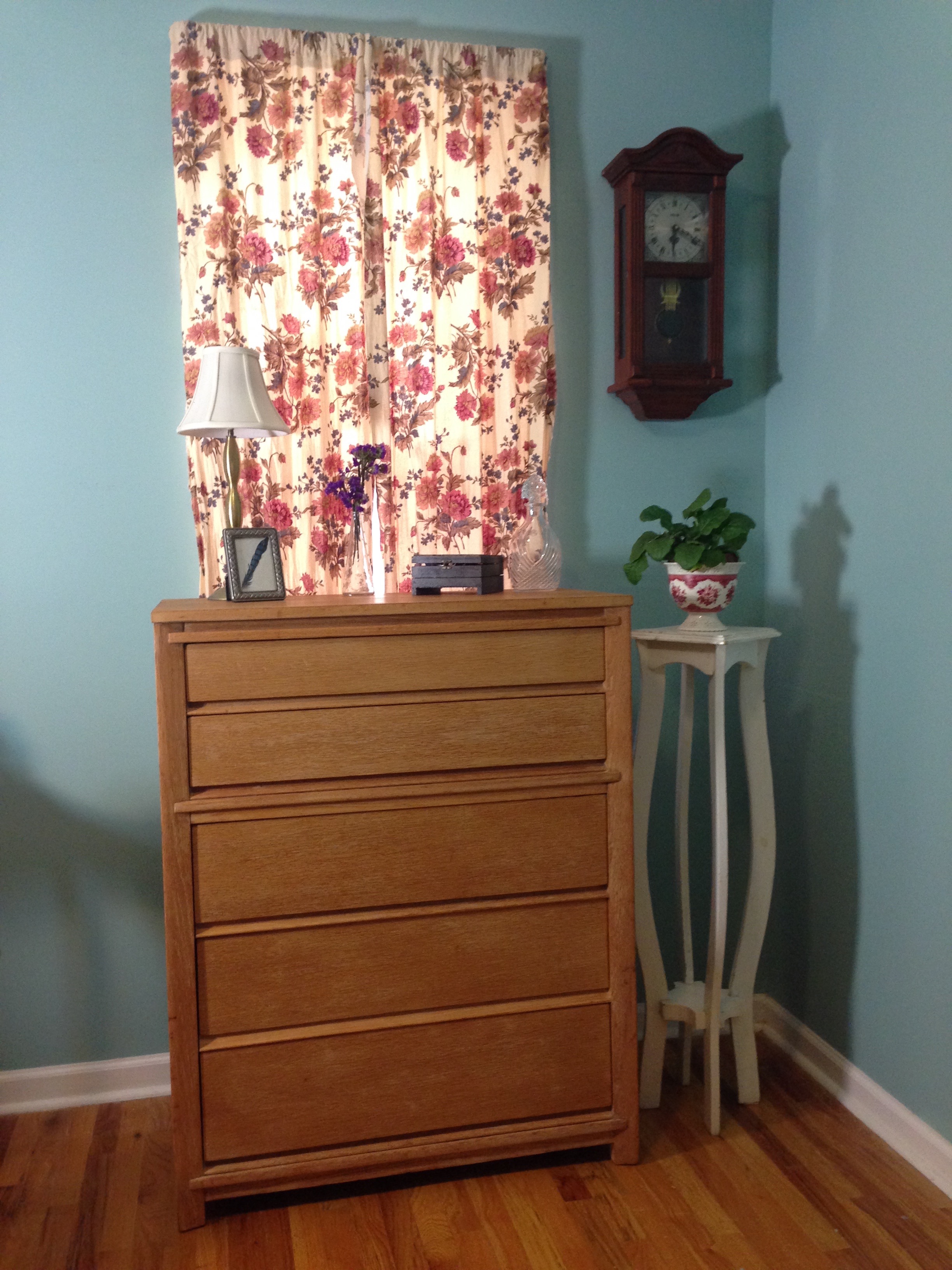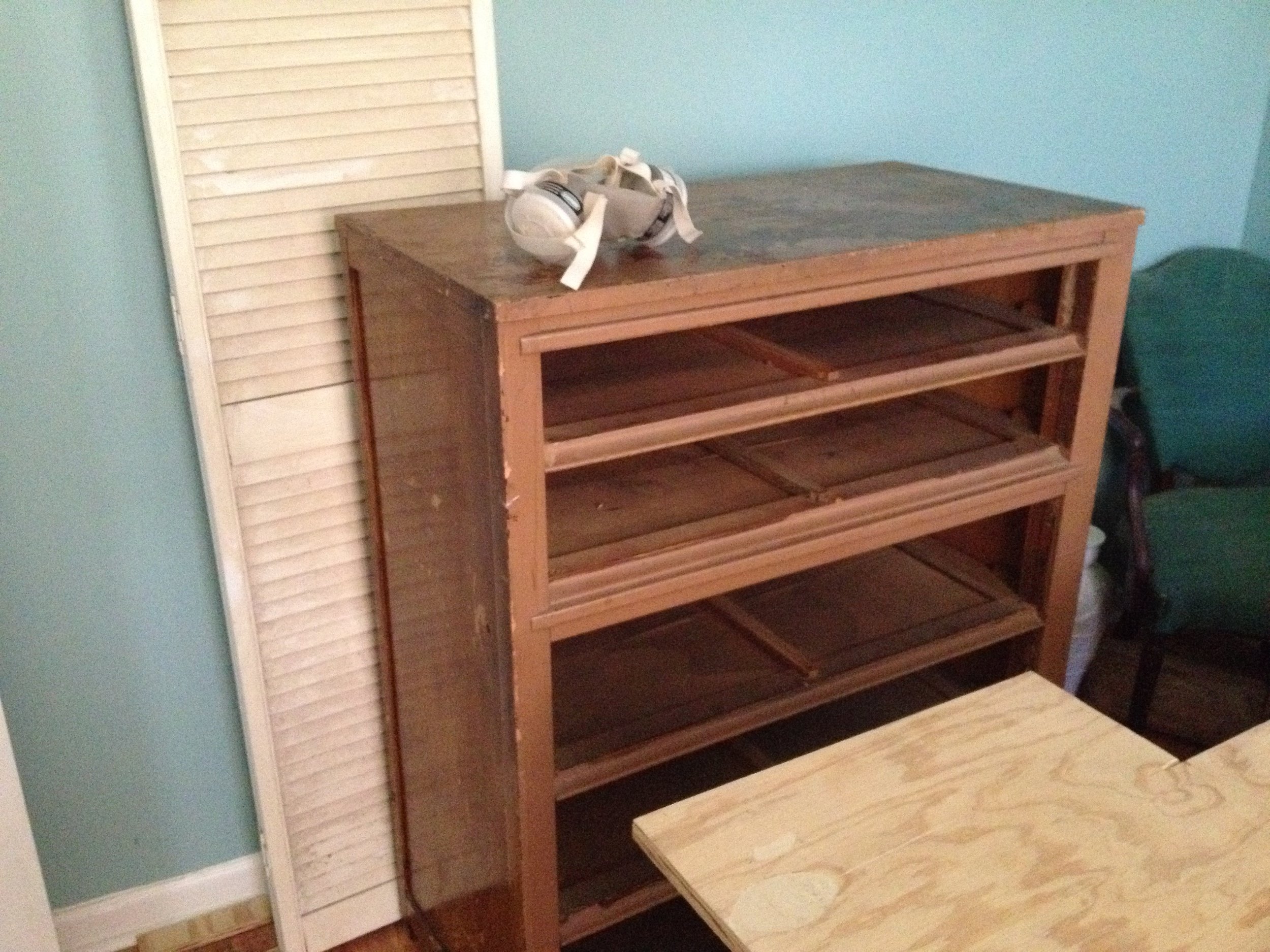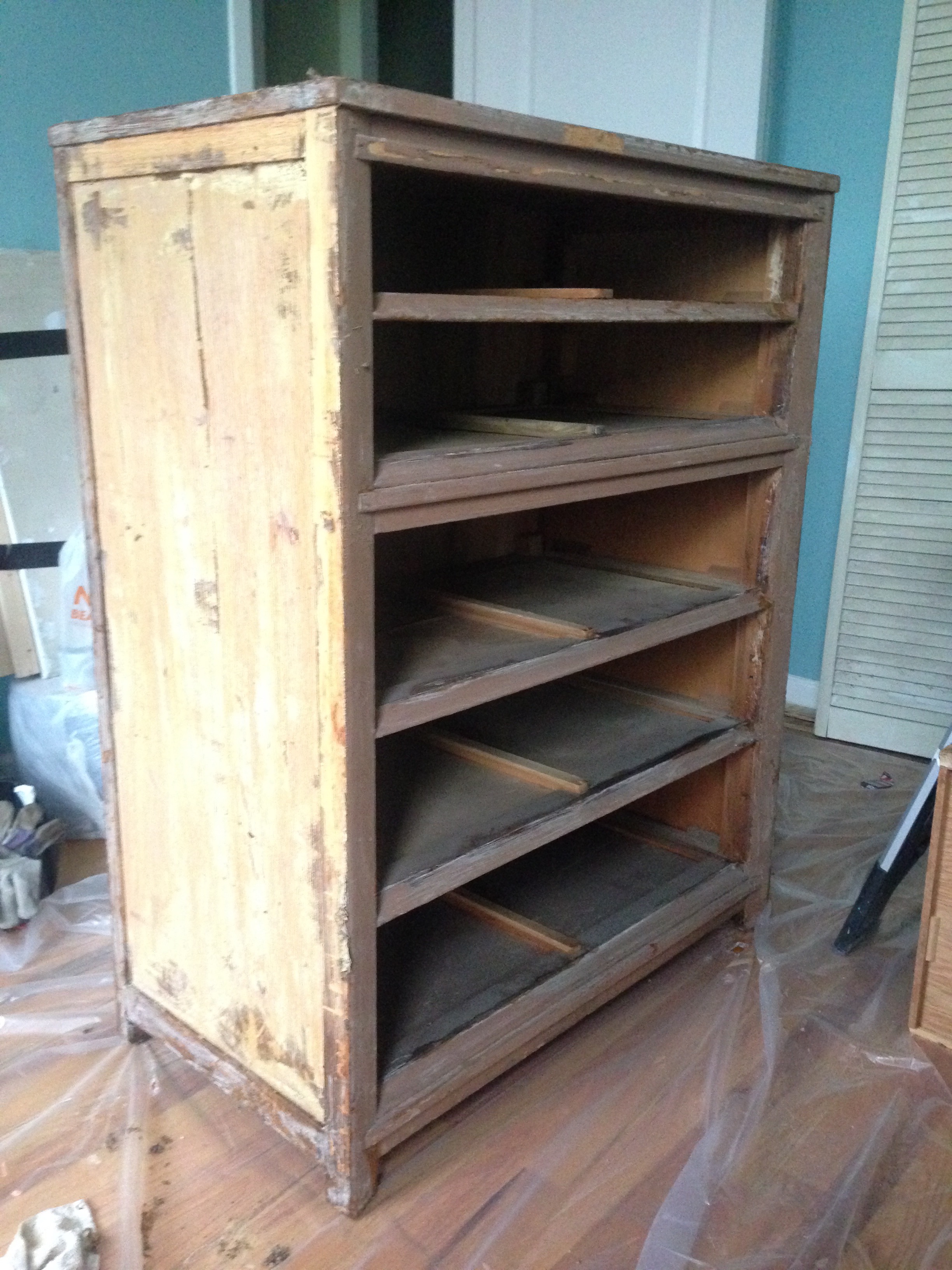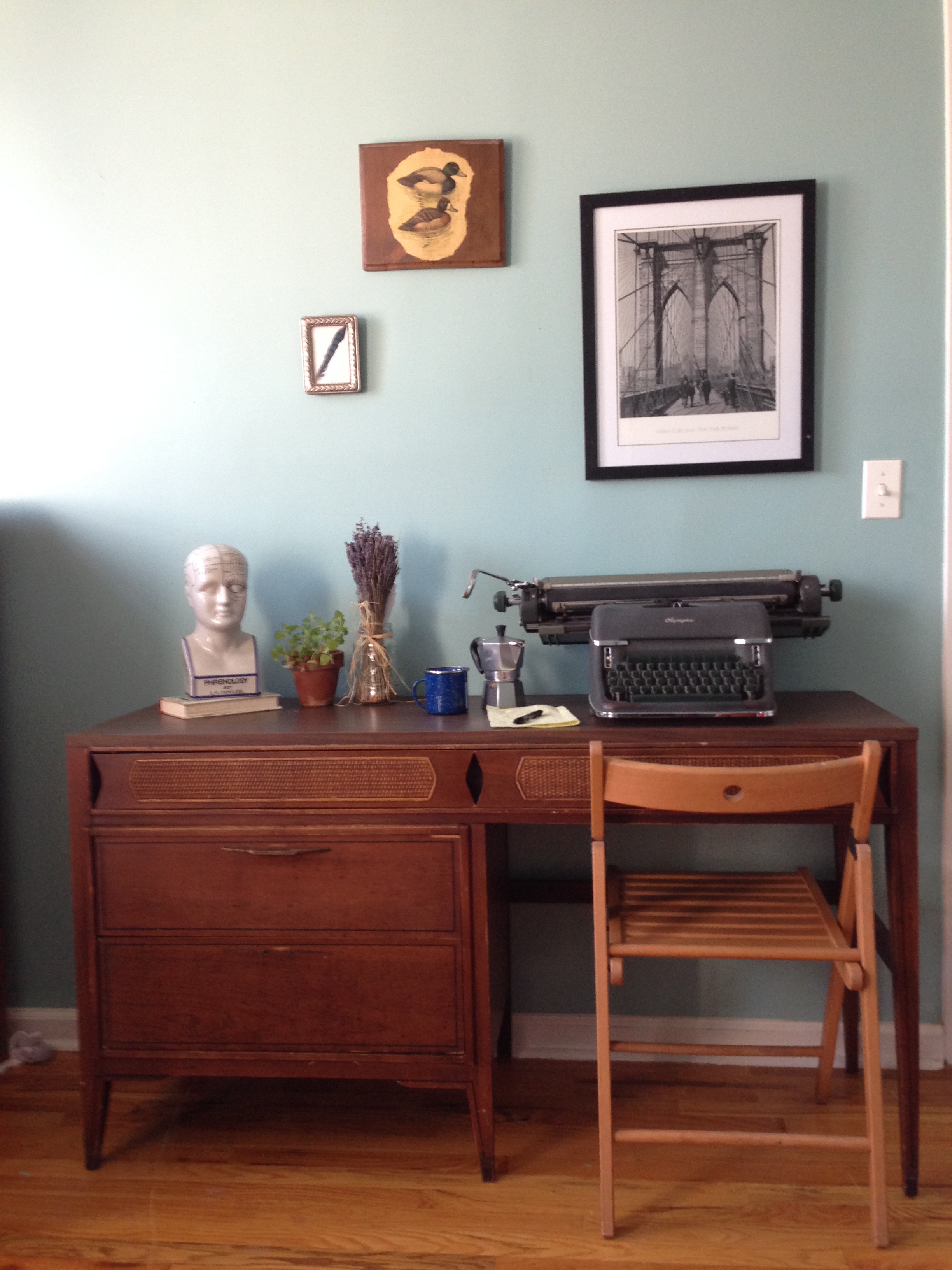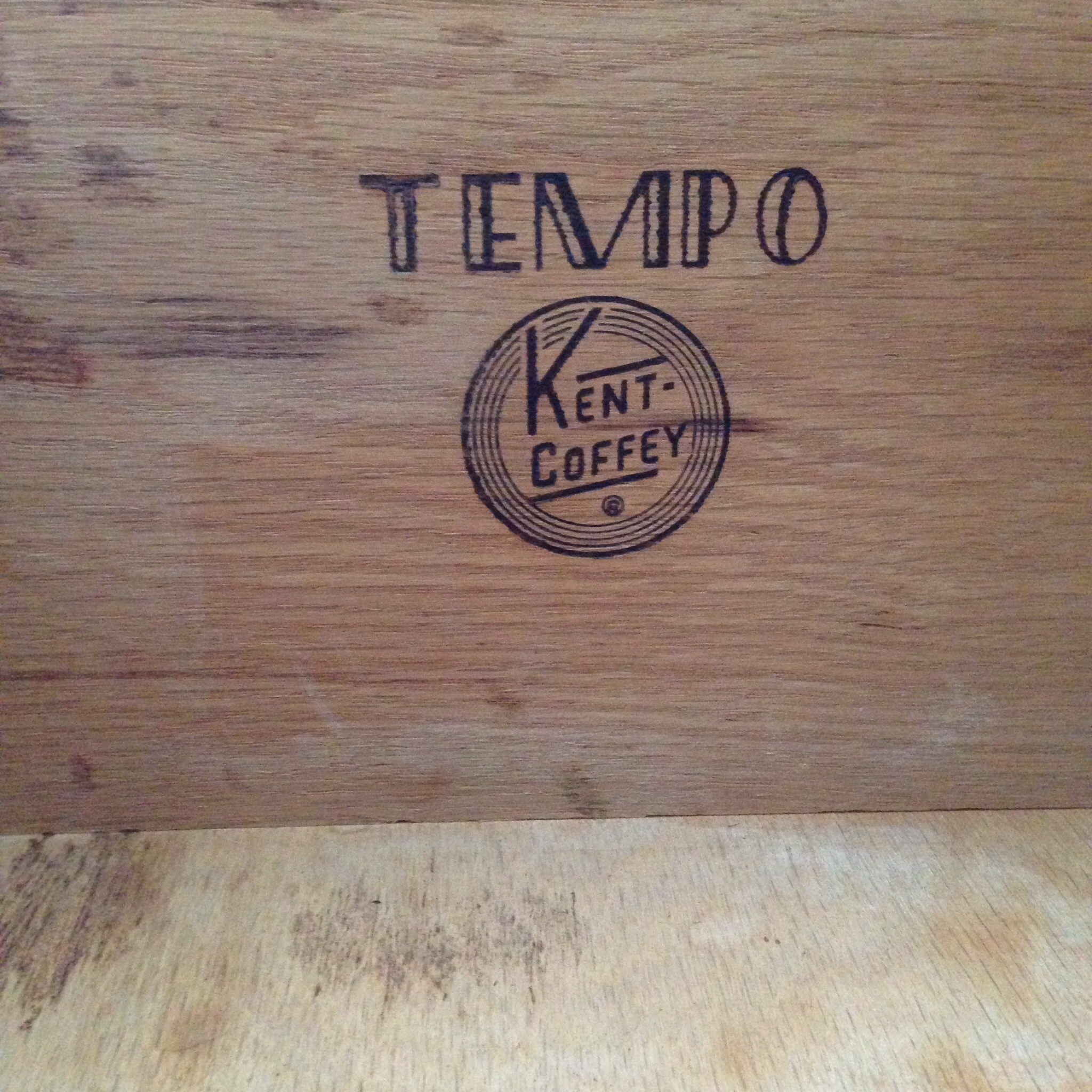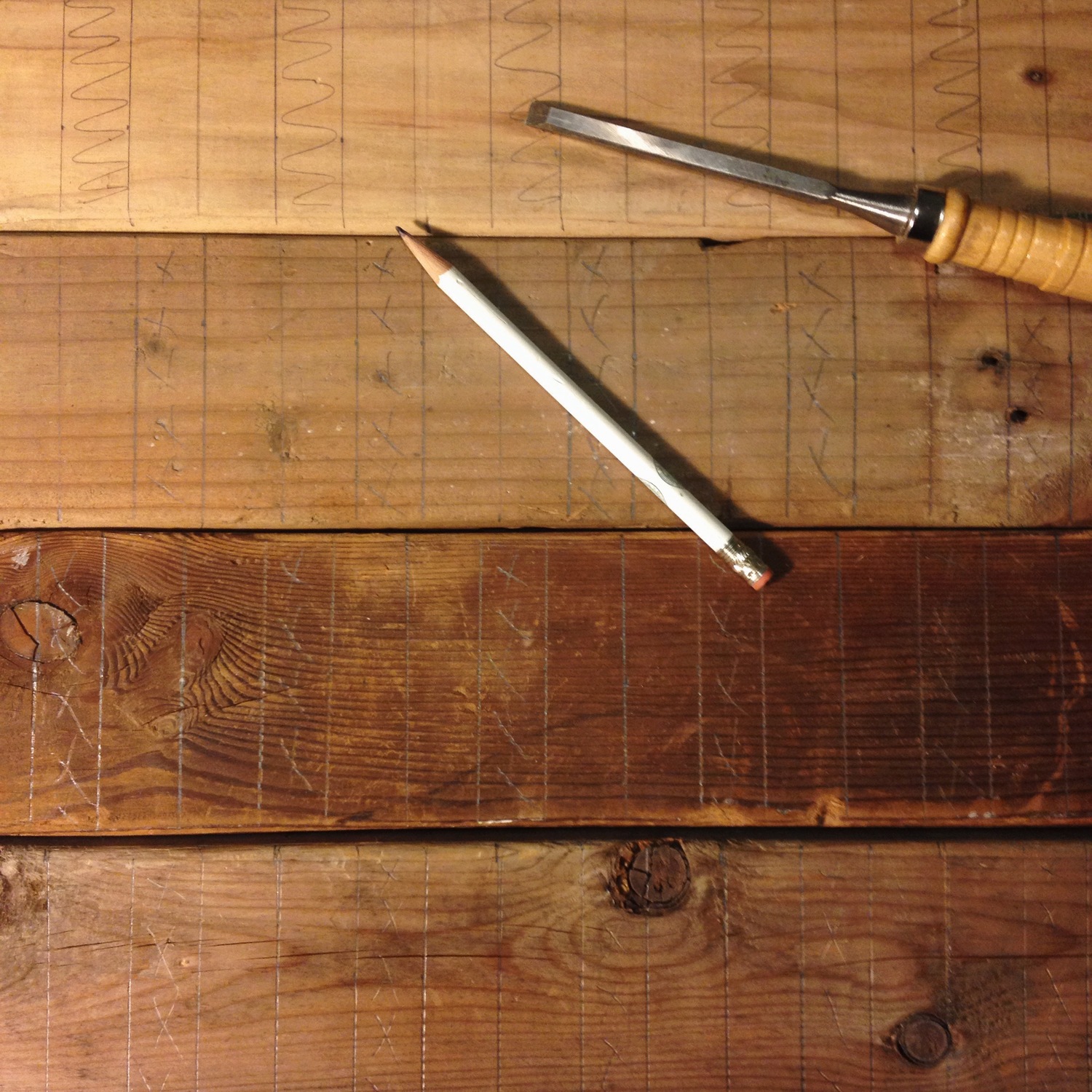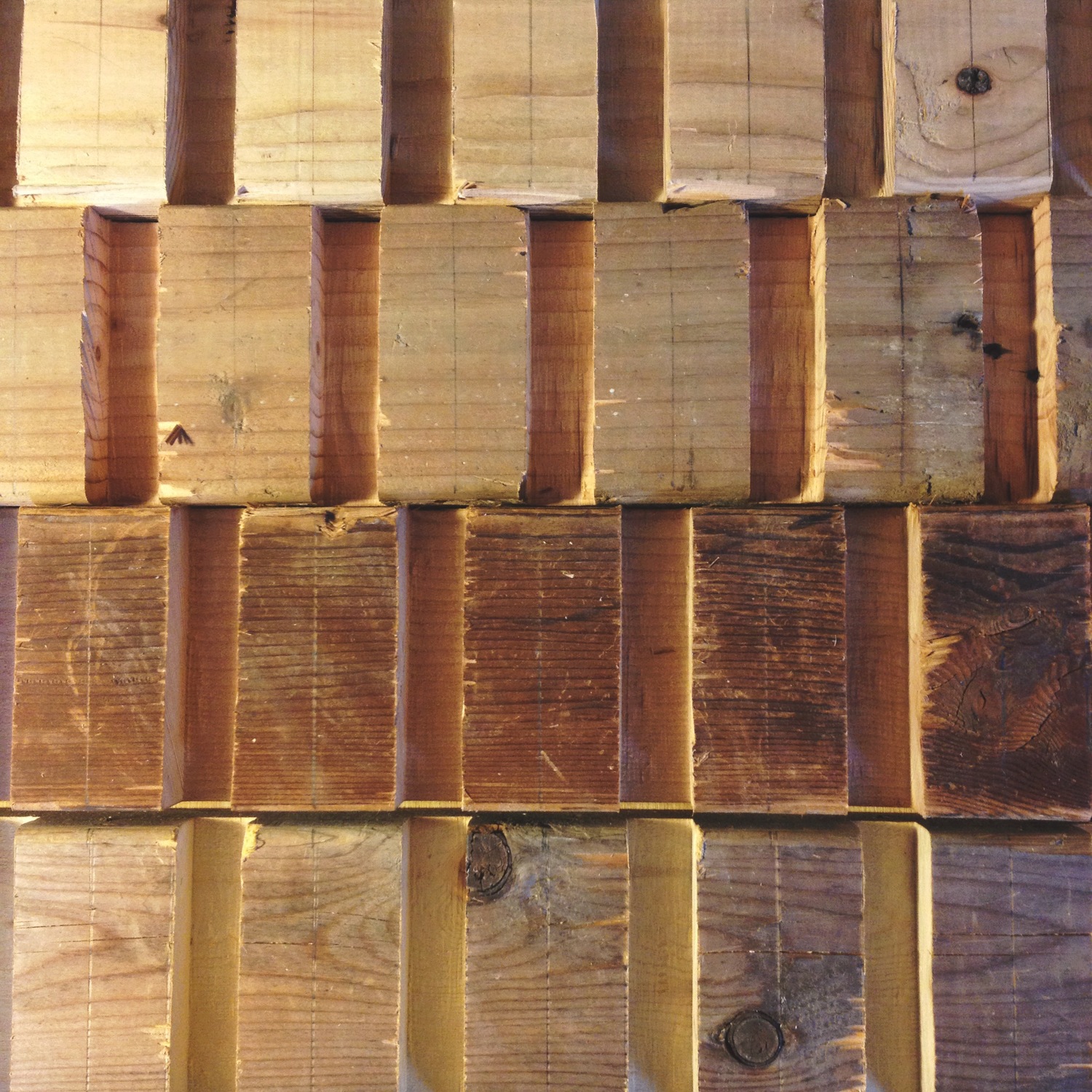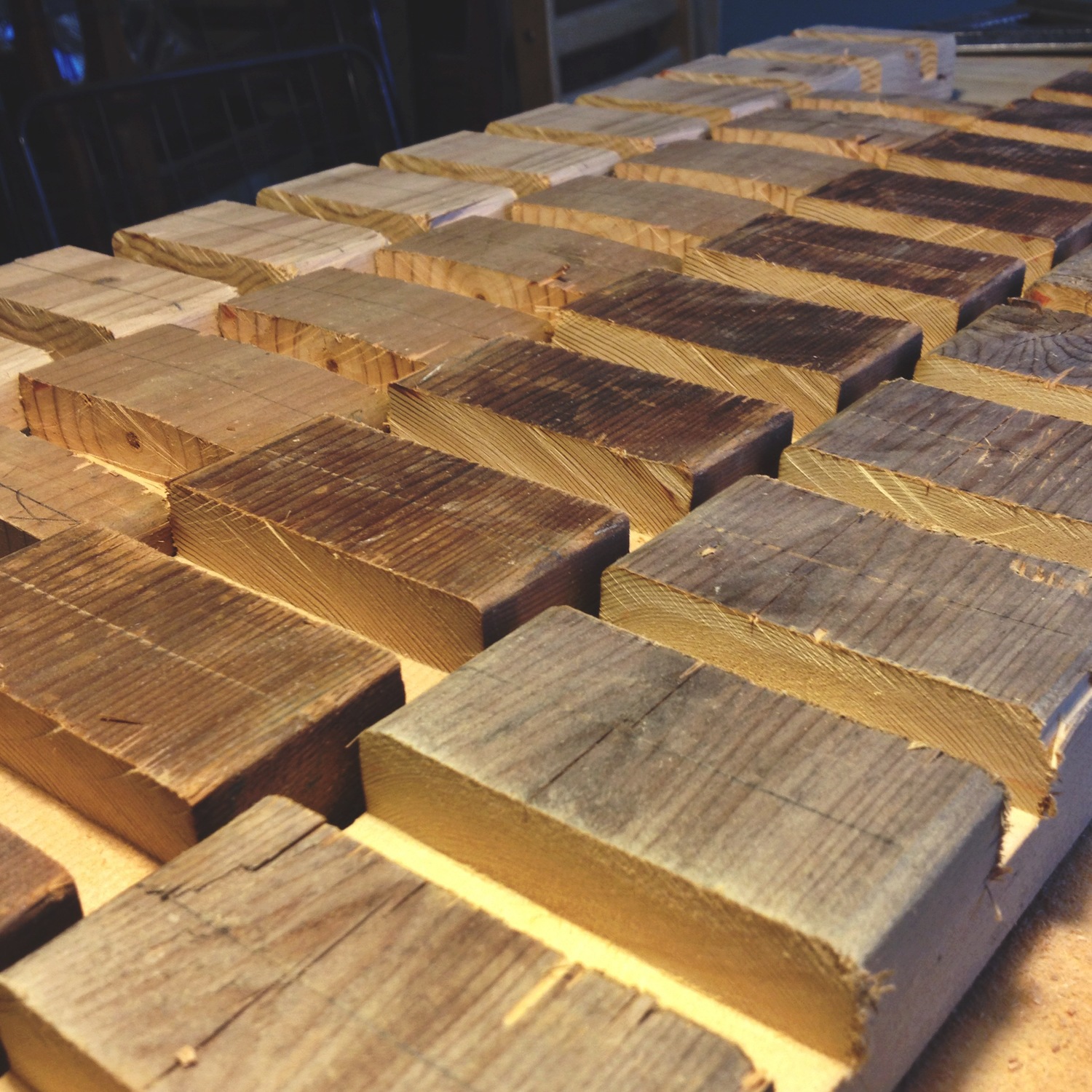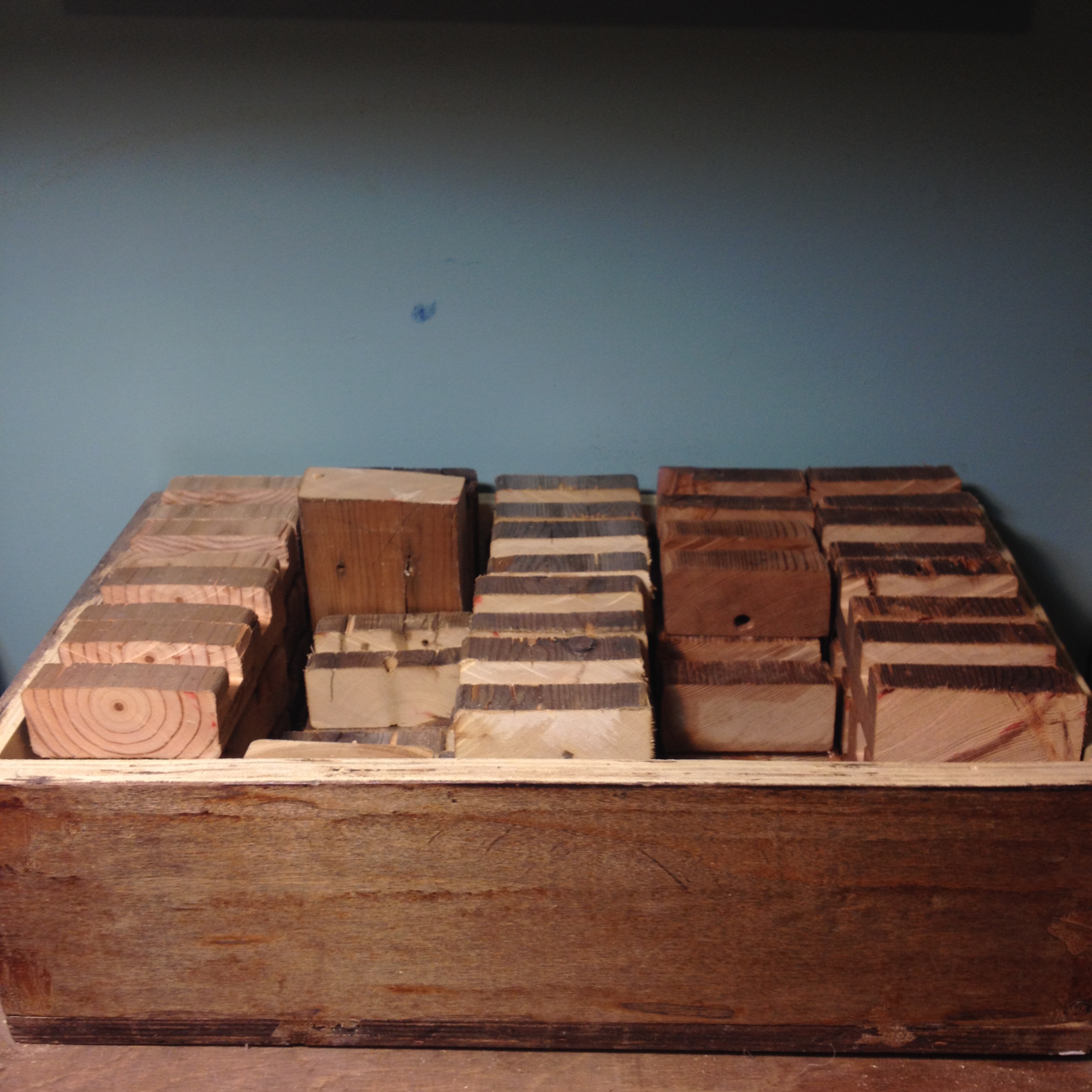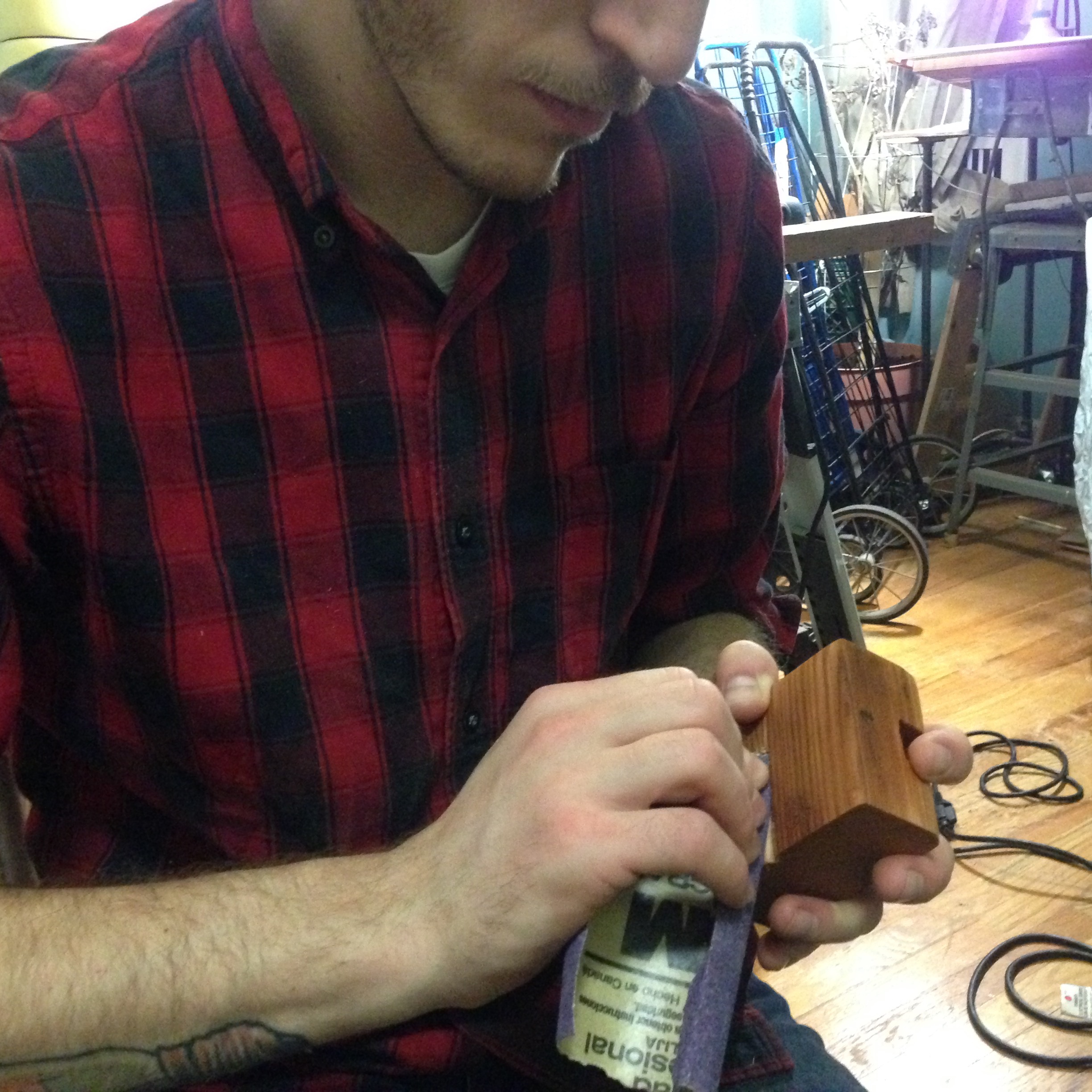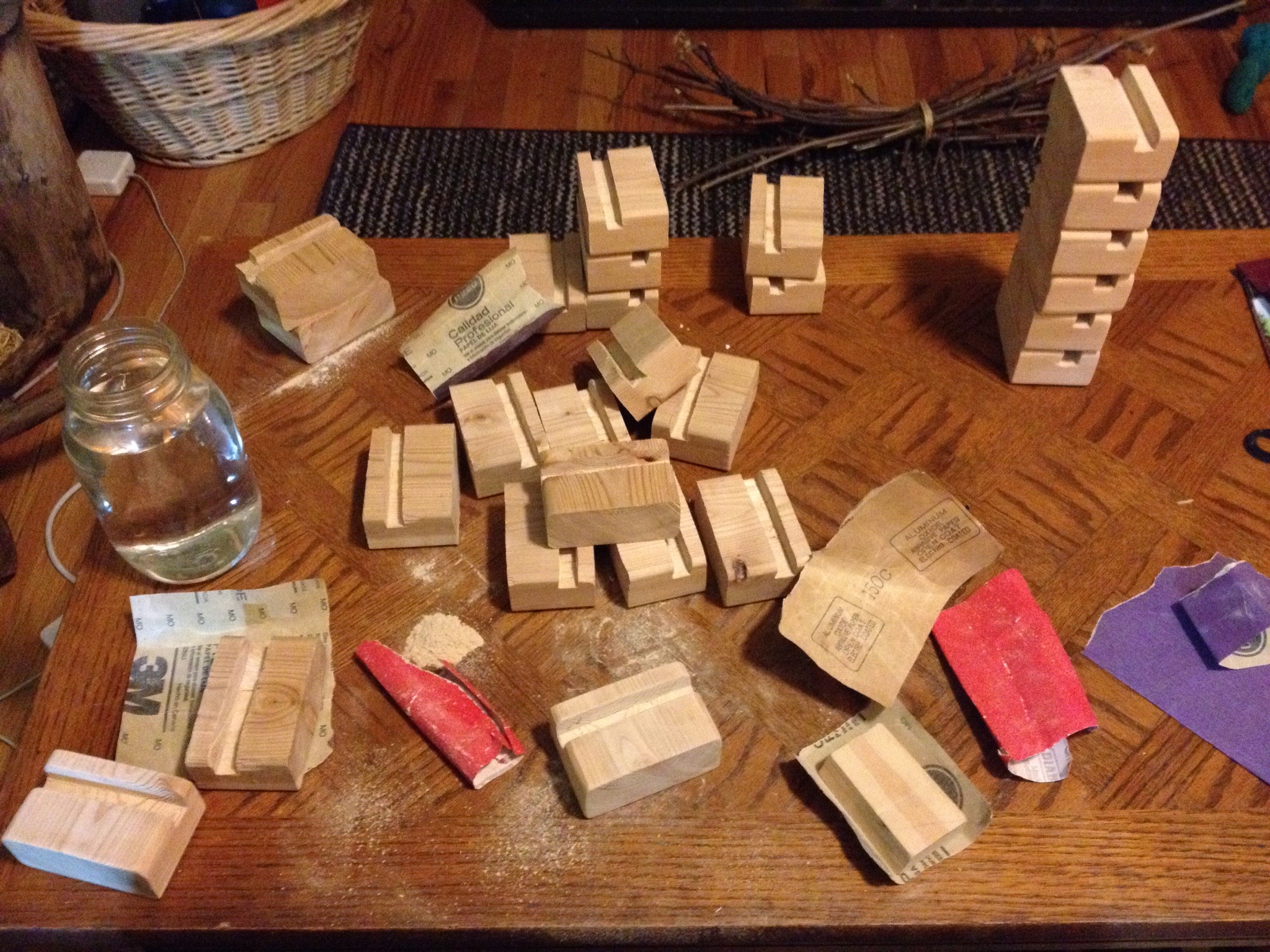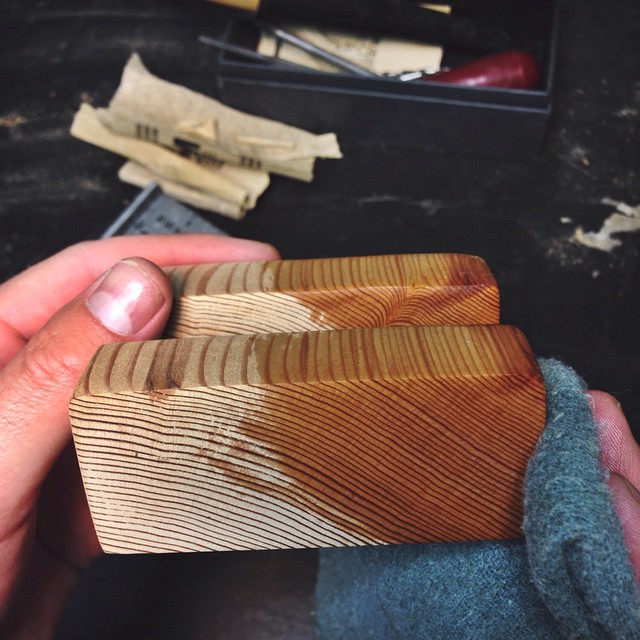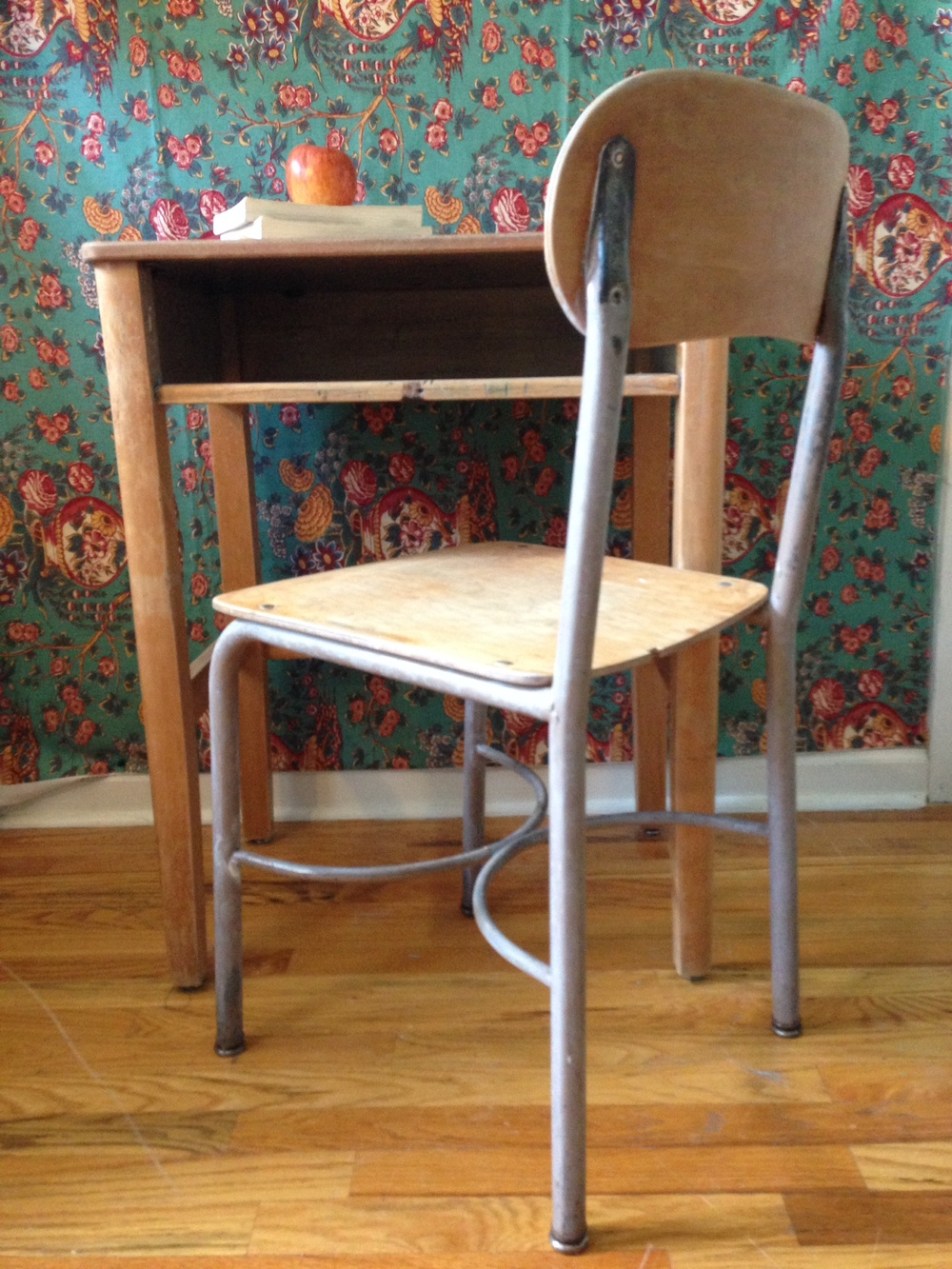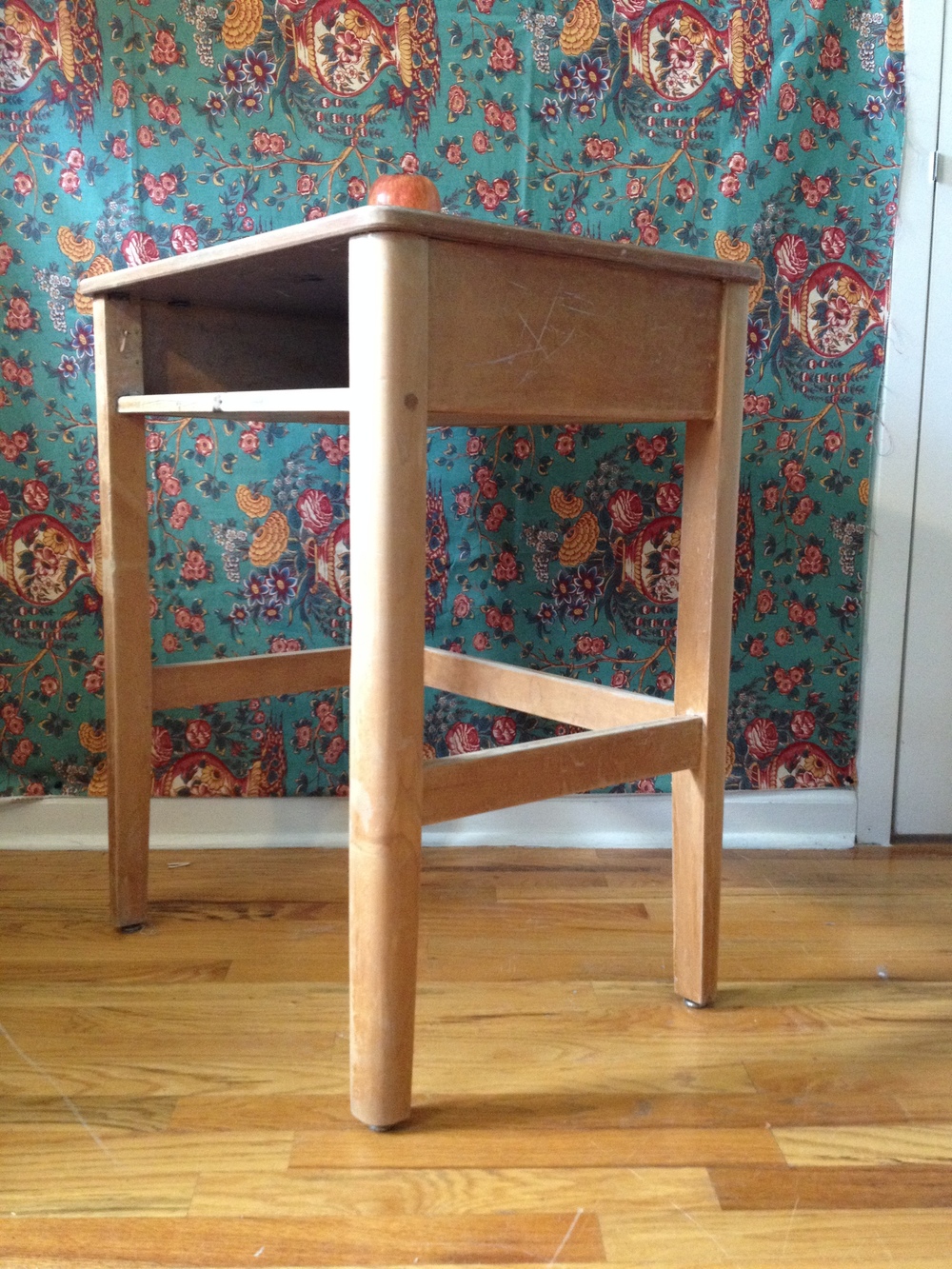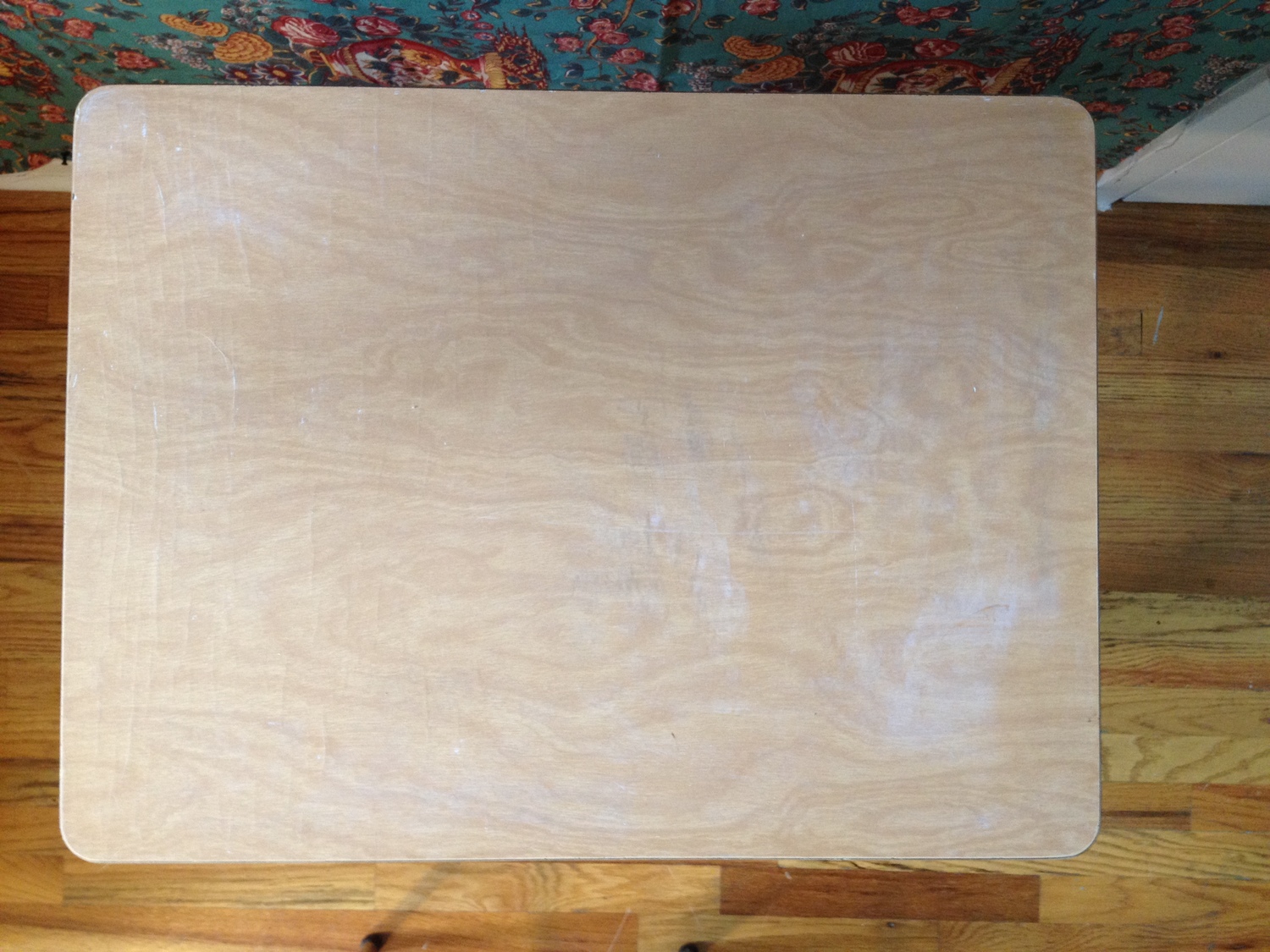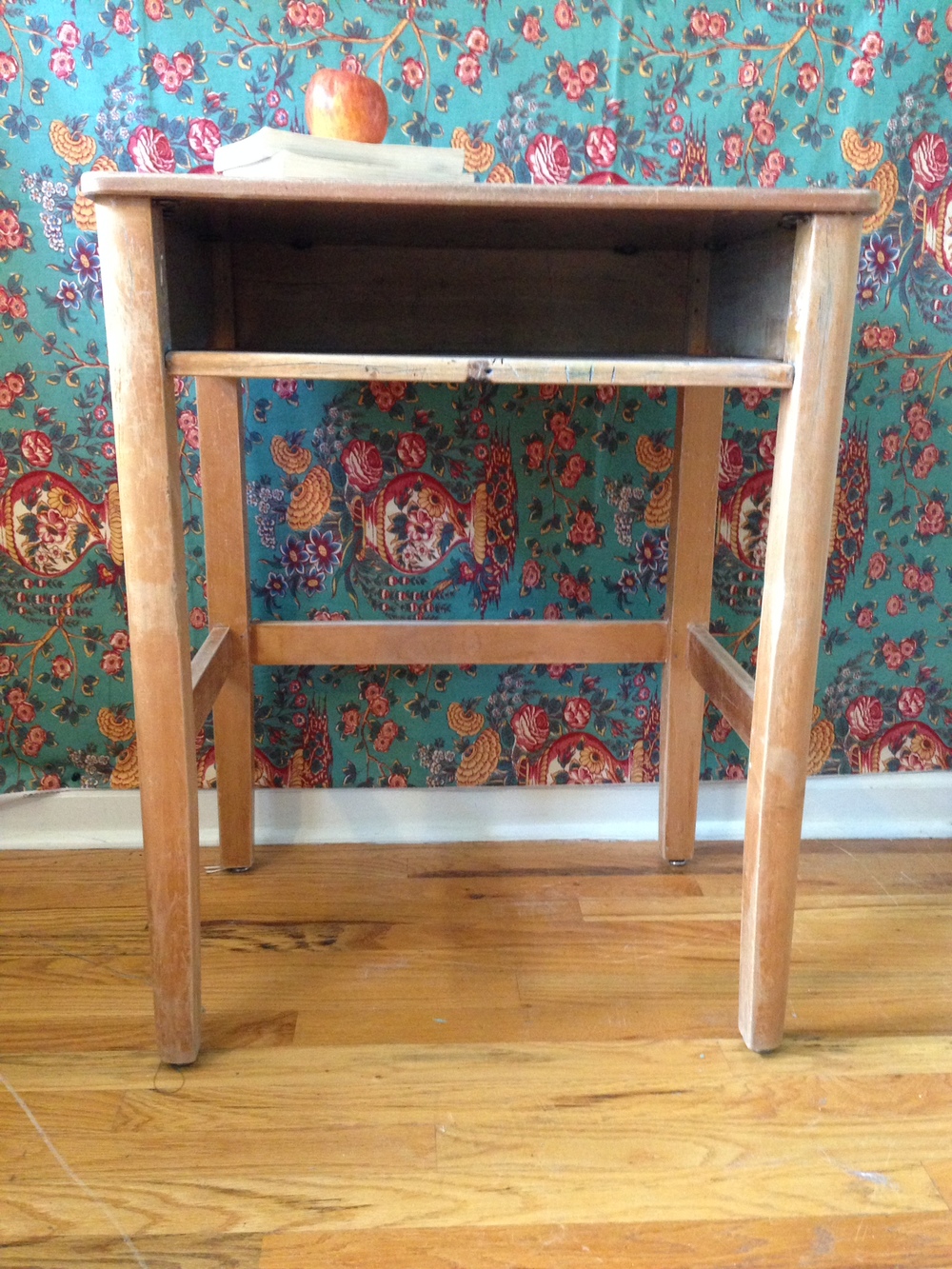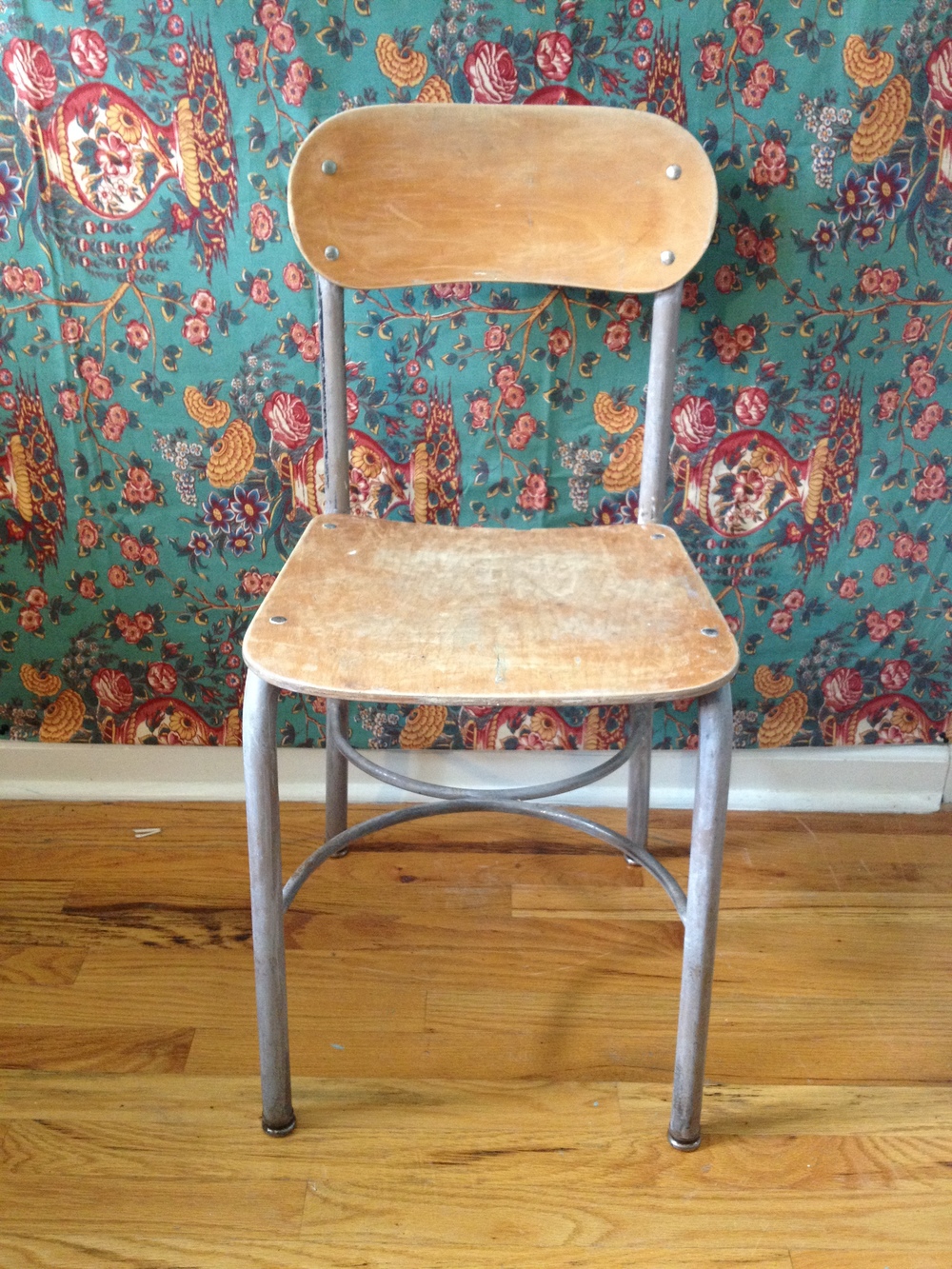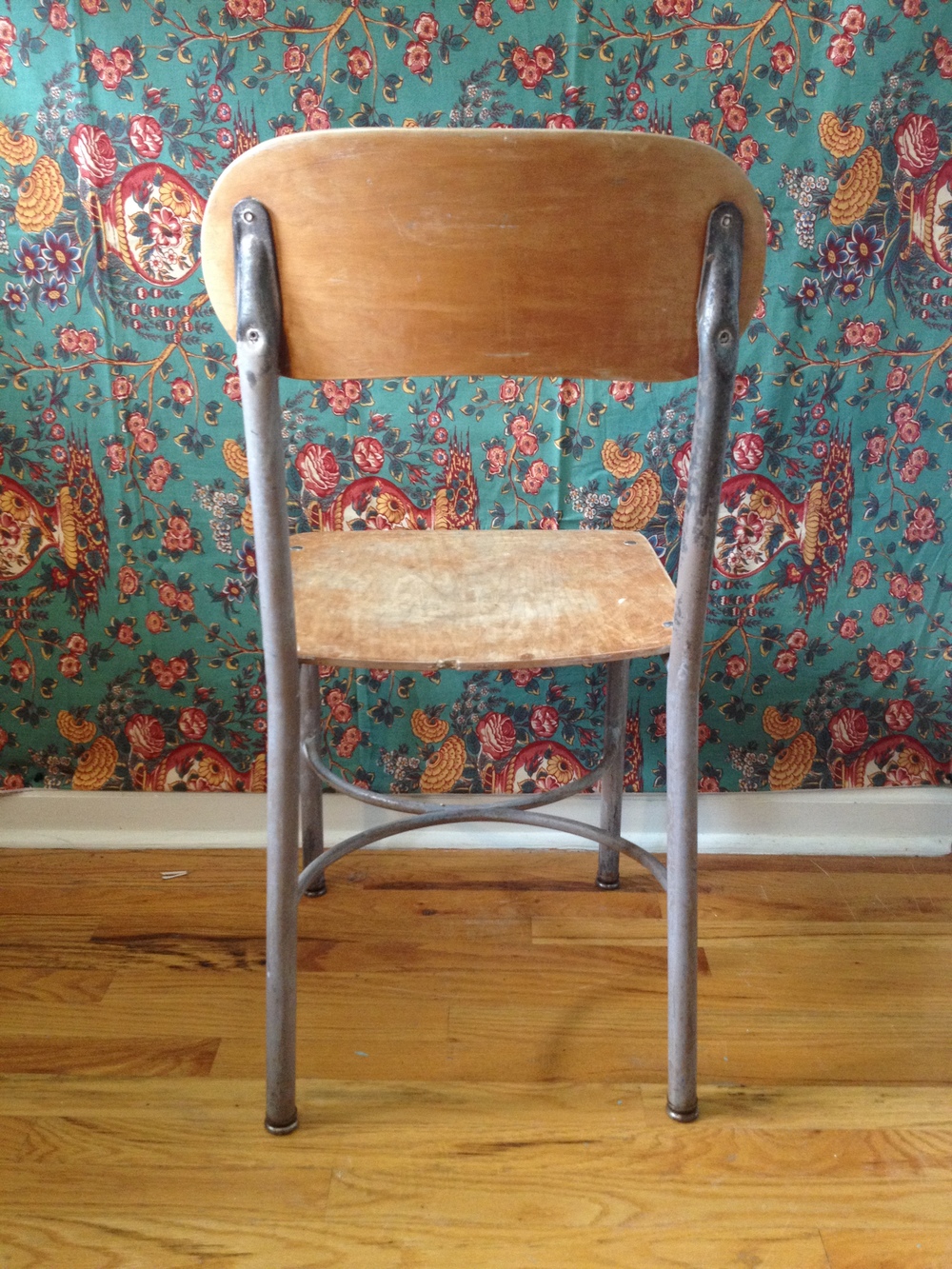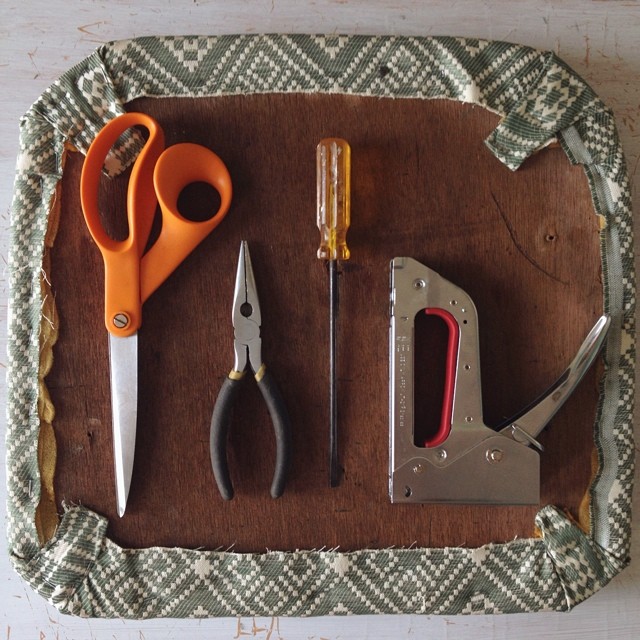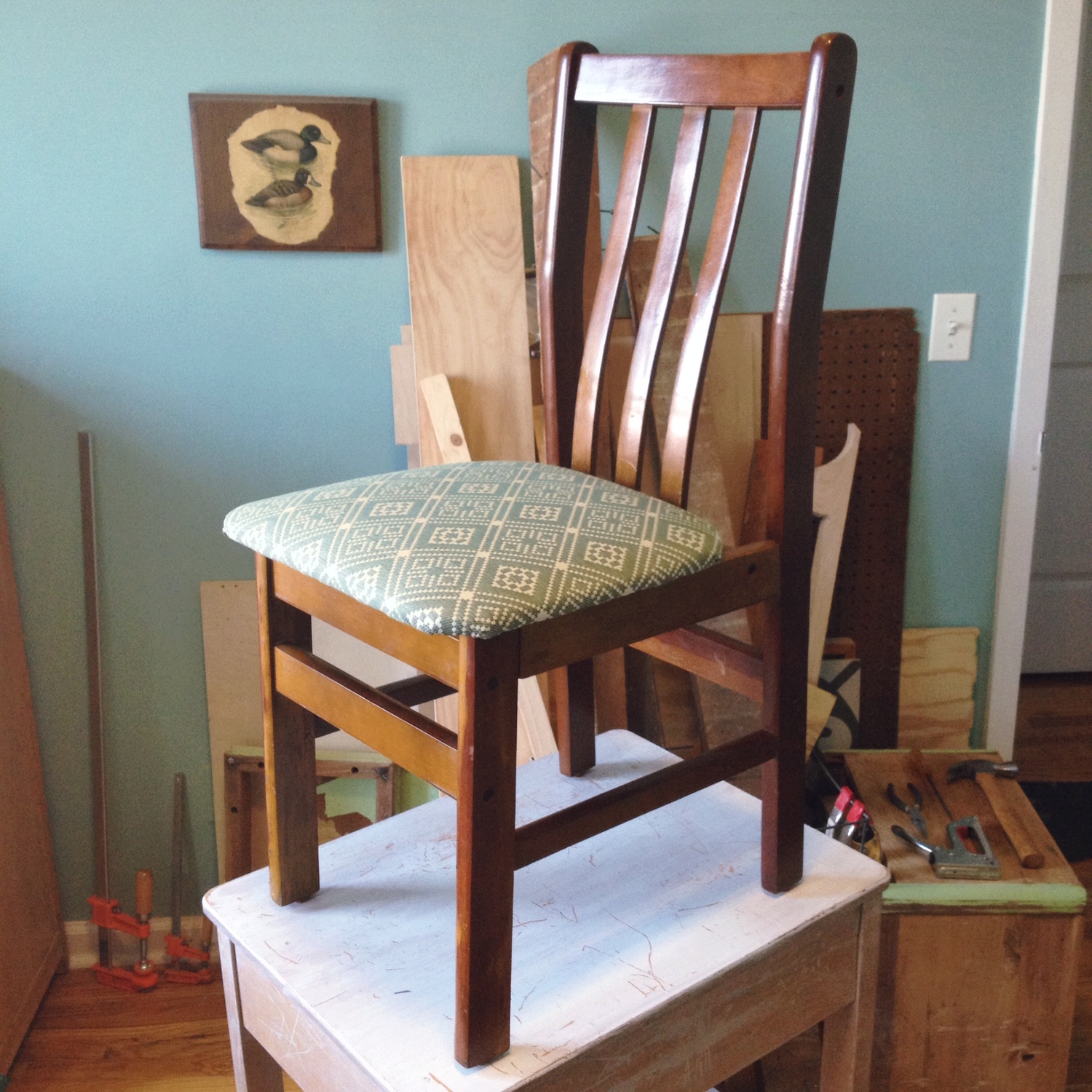We would like to take a moment to provide an update to the supporters, friends, and customers that we have encountered over the last six years and to any new visitors finding our shop today.
In January of this year, Real Good Goods temporarily closed its doors following the holiday season and before the first reports of COVID-19 reaching the United States. We were setting into motion our plan to move ourselves and our shop back to Brooklyn, NY, where Real Good Goods was founded. Our entire inventory was placed into a secure, climate-controlled storage facility while we figured out other logistics. Our online storefront was updated to notify visitors that any orders would not be shipped until April 30th.
This has been an incredibly difficult time for small businesses everywhere. We make, ship, and restore everything ourselves. While we have settled in Brooklyn since then, we have made the decision to keep our items securely stored and temporarily halt any new sales and shipments through the foreseeable future. We value our customers, and safety is a priority that we take very seriously. Any new or pending orders have been refunded in full, customers have been notified, and we can only hope everyone will return at a later, safer time. We are grateful that everyone has been understanding and supportive. In truth, that’s all we can do, since we are all in this together.
We realize we are one small business among many people, businesses, and organizations facing uncertainty during this global crisis. We plan to reopen to make and ship physical goods in the future and will continue to monitor reports and stay informed. During this time in isolation, we’ve decided to create digital goods to provide comfort, support, and contribute toward our mission. While that mission has always been to protect the environment through the reduction of waste in urban areas, we are also passionate about wildlife conservation. Biodiversity is not only essential to human life, it is imperative for the general health of all living species on Earth. There is no better time than now for humans to learn that we must coexist with nature to exist at all.
All future profits from digital goods sales will be donated to The Rainforest Alliance bringing to light the relationship between human activities, deforestation, and zoonotic diseases like COVID-19. The Rainforest Alliance’s mission is to change how wildlife is affected by logging and deforestation, the expansion of agriculture into previously undisturbed areas, and the massive wildlife trade. These disruptions are directly altering the normal circulation of viruses and shift the composition, abundance, and behavior of viral reservoir species. These changes increase contact rates between virus-carrying animals and humans, and vice versa.
Please stay tuned for new announcements on our Instagram and Twitter accounts.
Thank you for your support. Stay safe, stay home, and wash your hands.
Olivia & George
Co-Founders, Real Good Goods









